Desa Tengat Pegringsingan, hereinafter referred to as Tenganan Village only, is an ancient village in Bali. This village is known for being unique because it still maintains a pattern of settlement that they have inherited from generation to generation which makes it look beautiful. In addition to its uniqueness, Tenganan Village is famous for its traditional pandanus war events and its gringsing woven fabrics.
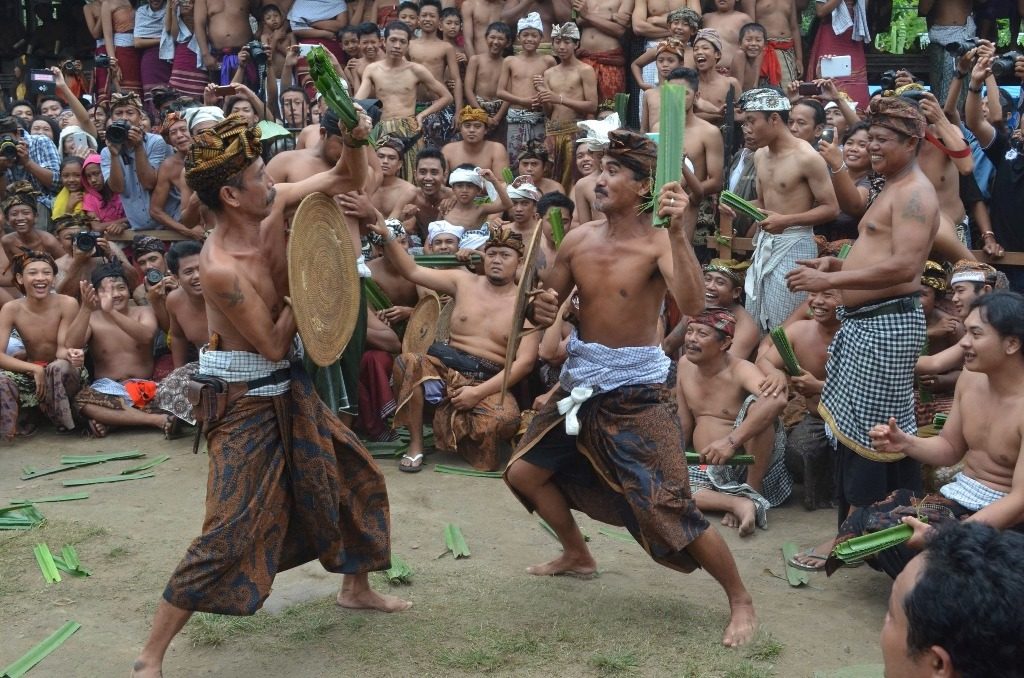
Tenganan Village is one of the three Bali Aga villages which up to now still maintains shrines, worship and customs originating from the megalithic era. The shrine that belongs to the village’s indigenous people is related to horse mythology. A legend that tells the origin of this Tenganan Village.
The mythology of the Tenganan Village Horse
It is said that one day Raja Bedahulu lost a horse that he loved so much. All trainees were ordered to search. People then spread, looking for where the horse was.
One pepatih, Ki Patih Tunjung Biru, along with several Paneges residents, sought him eastward. Apparently, this group who managed to find the horse. The royal horse is found in a dense forest surrounded by small hills. However, unfortunately, the horse was lying dead. No known cause of death. There are no scars or signs of disease.
Raja Bedahulu who reported the death of his beloved animal became depressed. As a remedy for his sadness, he then ordered Ki Patih Tunjung Biru to guard the decaying horse carcass. Ki Patih was allowed to build a settlement and invite the Paneges he brought with him. It’s just that the area of the village is only as far as the horse’s bad smell.
Responding to the unreasonable orders, Ki Patih Tunjung Biru acted cleverly. He then cut up the dead horse. The pieces were then spread to all directions. With his mind, the wider the smell of rotten smell. The village that Ki Patih and his followers built became more qualified.
The hilly area that became large was then divided into three: settlement areas, protected forest areas, and agricultural areas. All areas are managed on the basis of the values of justice and togetherness.
In the village area, coral plots are made for the same size housing. The shapes of the houses to be built are also uniform in size.
The protected forest that surrounds the village is determined to be shared or customary. All results must not be owned privately. Only in agricultural areas is the land divided up, but even that is only for processing, the land still cannot be privately owned.
The area then developed. Ki Patih Tunjung Biru, the former governor of the Bedahulu Kingdom, led the new area. Nevertheless, he lives like ordinary people. He did not call himself king, did not wear a new title, did not even call himself a leader.
Incidentally the village is located between three hills, namely Bukit Kangin (east), Bukit Kauh (west), and Bukit Kaja (north). Because of the location of the village between three hills the village is called Tengahan. In subsequent developments it became Tenganan.
The terms “Middle” or “Middle” are also related to the word ngetengahang or interior. This is because the residents who inhabited this village came from the village of Paneges in Bedahulu, Gianyar, which is located on the beach. Moving to Tenganan means moving inland in the middle of a hilly area.
Now, this area is more accurately referred to as the Traditional Village of Tenganan Pegringsingan – additional pegringsingan comes from the word gringsing, the name of the very famous Tenganan woven fabric. The name Tenganan Pegringsingan is only to differentiate it from the Tenganan Village administratively by the government, because administratively the Tenganan Sub-district also occupies other villages that do not have a specificity such as Tenganan Pegringsingan.
Relics from the Megalithic Period
In the village of Tenganan there are some relics from the megalithic era related to the myth of the horse above. On the northern hill of Tenganan Village, there is a monolith which symbolizes the horse’s genitals (phallus) standing tall. The Tenganan people call it shaman’s feet. The monolith is a place of prayer for married couples who want a baby.
Not far from that place, there is a form of monolith which is larger in size. It’s called Taikik Stone. This monolith is considered as a splash of the horse’s stomach contents. This place was purified as a place of worship to ask for prosperity in the region. Then there are piles of river stones which are arranged in such a way that the residents of Tenganan believe to be the former head of a horse. This is called pule hair.
On the Papuhun hill which is located in the west, there is a relic believed to be a former horse’s thigh, called a legacy. Here a ceremony is often held which is related to the youth problem – the youthful period of a man. Being where the horse was first found lying, called stone jaran. Its location on the northwestern hill
The uniqueness of Tenganan Village
Tenganan Village is one of the three Bali Aga villages – the other two villages are Trunyan and Sembiran – which still hold their ancestral traditions. One of which is still maintained is the village layout. The shape and size of the building and the yard, the arrangement of the location of the building, until the location of the temple is made by following the customary rules which are hereditary maintained.
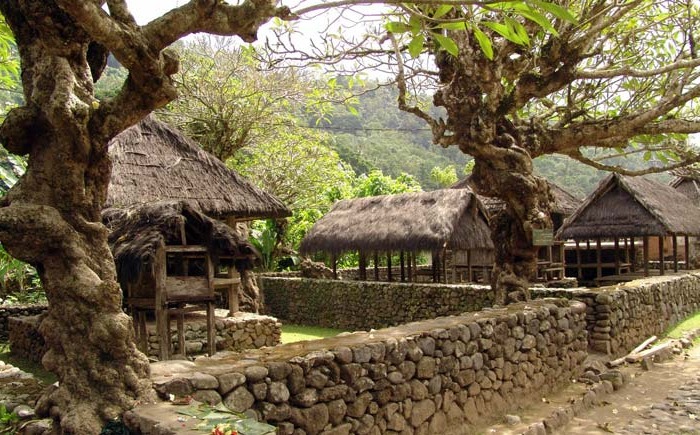
The pattern of the village along with the form of buildings and yards in the village of Tenganan that still follow hereditary rules. (Photo: rentalmobilbali.net)
The pattern of the village along with the form of buildings and yards in the village of Tenganan that still follow hereditary rules. (Photo: rentalmobilbali.net)
Villages in Tenganan Village are neatly arranged. Uniform and straight squares similar to the Perumnas complex. Each plot is occupied by one family head. Plot area is equal. Even the size and shape of the house are relatively the same, except for the bale melon (main bed) and paon (kitchen) buildings that can be made according to their wishes and abilities.
The house was built from a mixture of red stone, river rock and soil. The roof is made of a pile of sago palm leaves. The width of the entrance is only one adult, and the top of the door looks integrated with the roof of the house.
In Tenganan applies a separate sedentary system. That is, every time a new family occurs, they must separate themselves from the parent family. This new family has the right to occupy a plot provided by the village. In return, the new family is obliged to carry the burdens of adat.
Interestingly, while in other areas the pattern of settlement changed with the times, in Tenganan it did not. These villagers still maintain the village patterns they inherited from their ancestors. A local wisdom regarding integrated social order and proven able to maintain the integrity and harmony of the community.
Visit too : http://helloindonesia.id


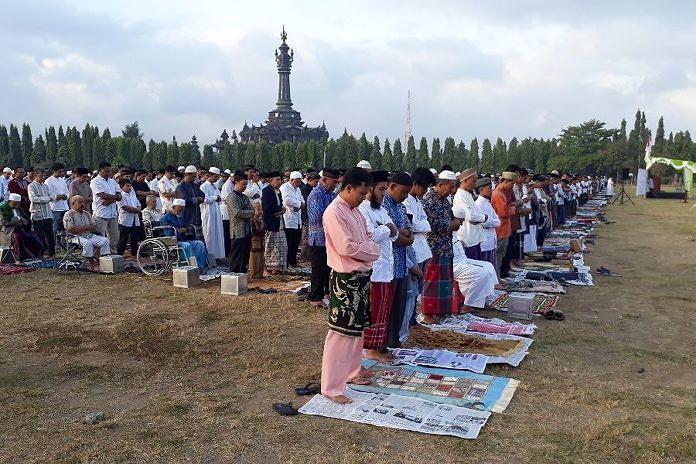
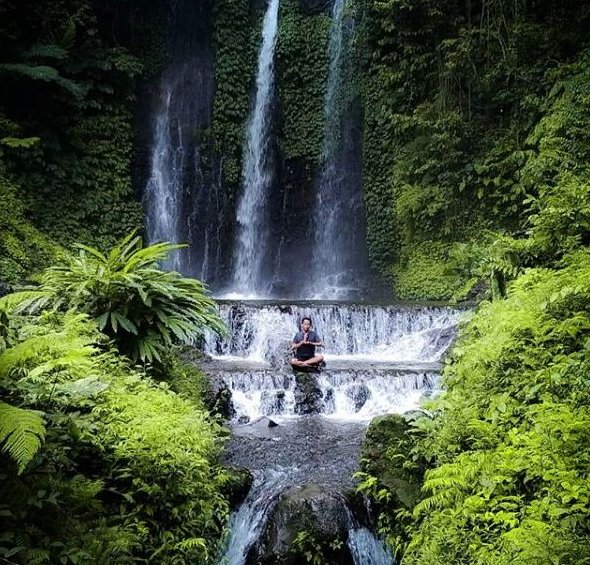

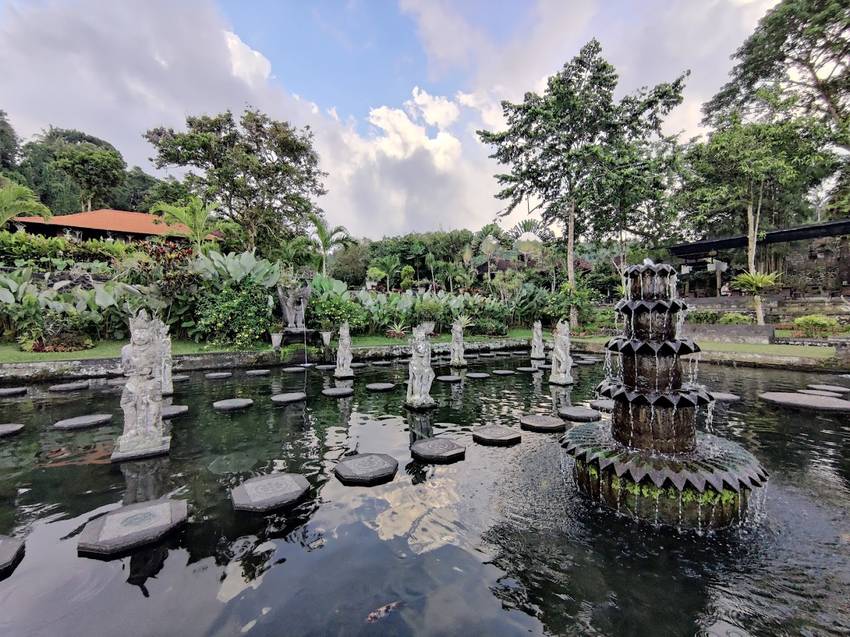
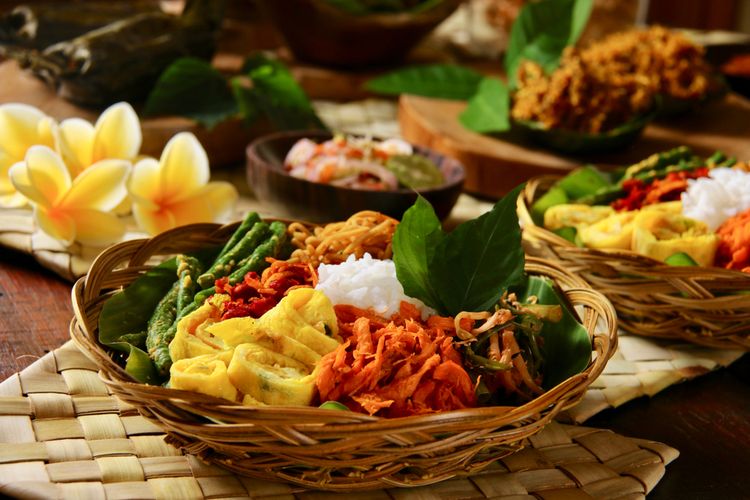

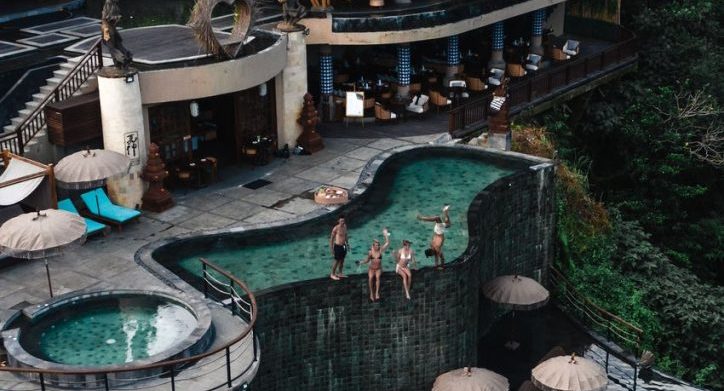


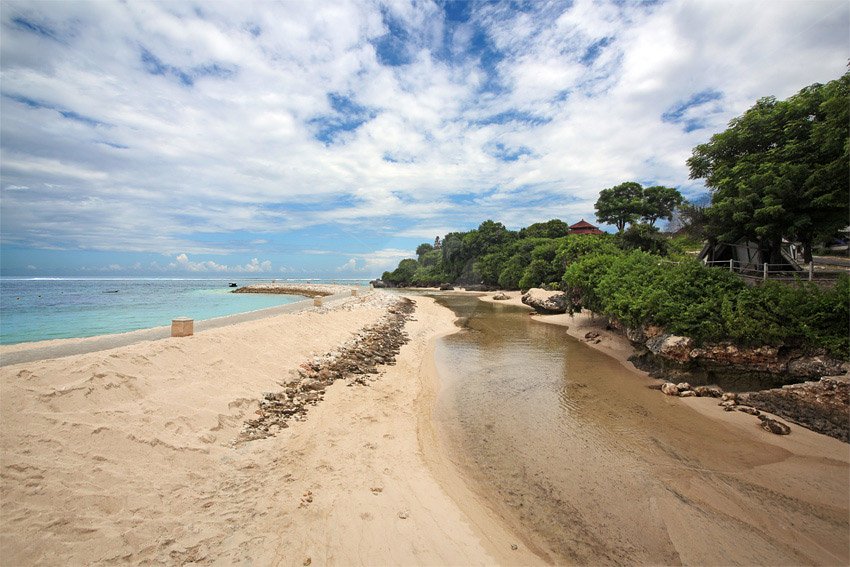

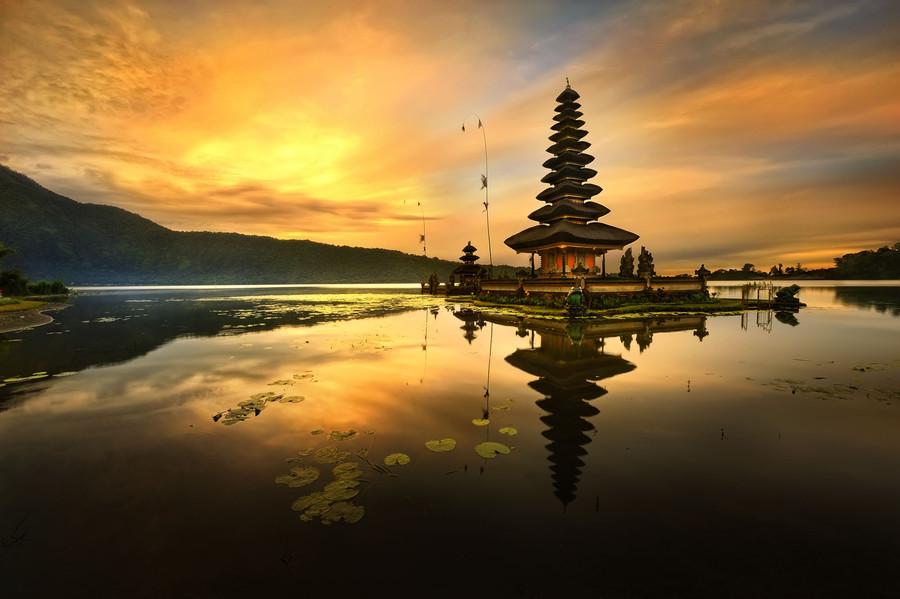
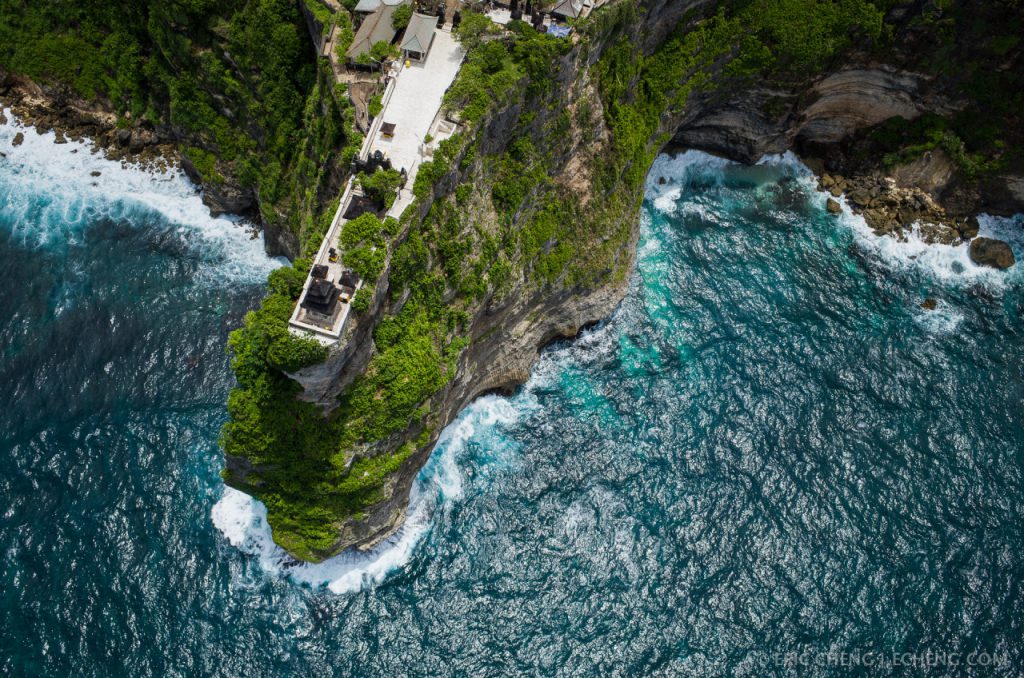


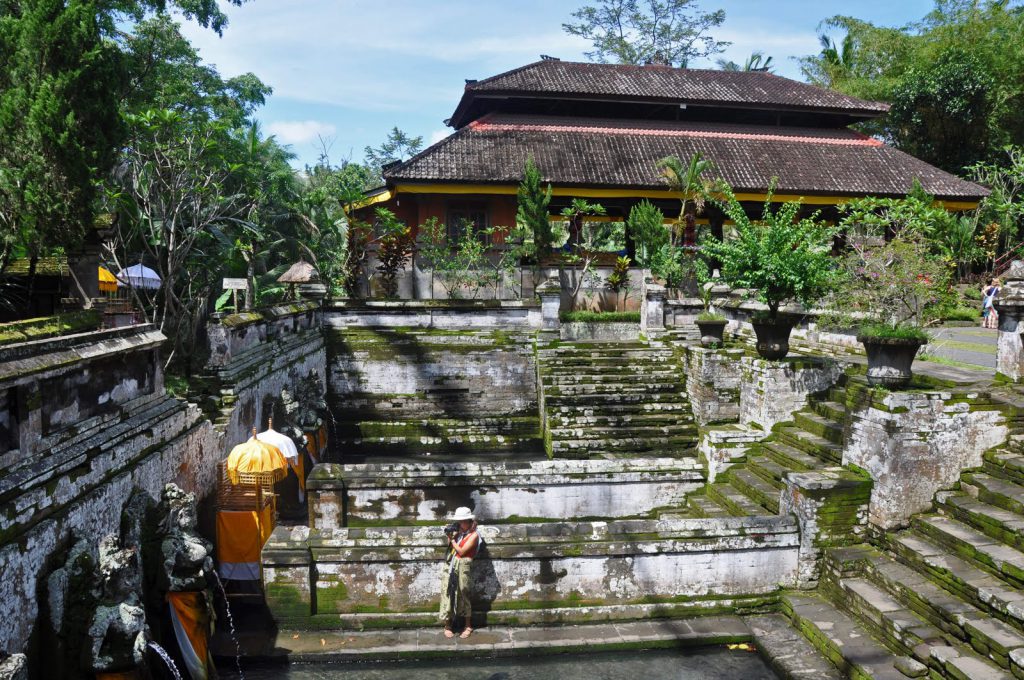

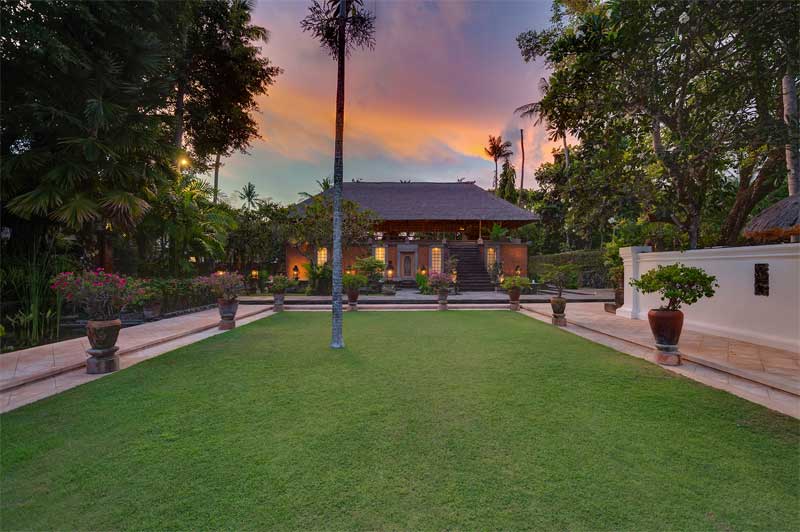
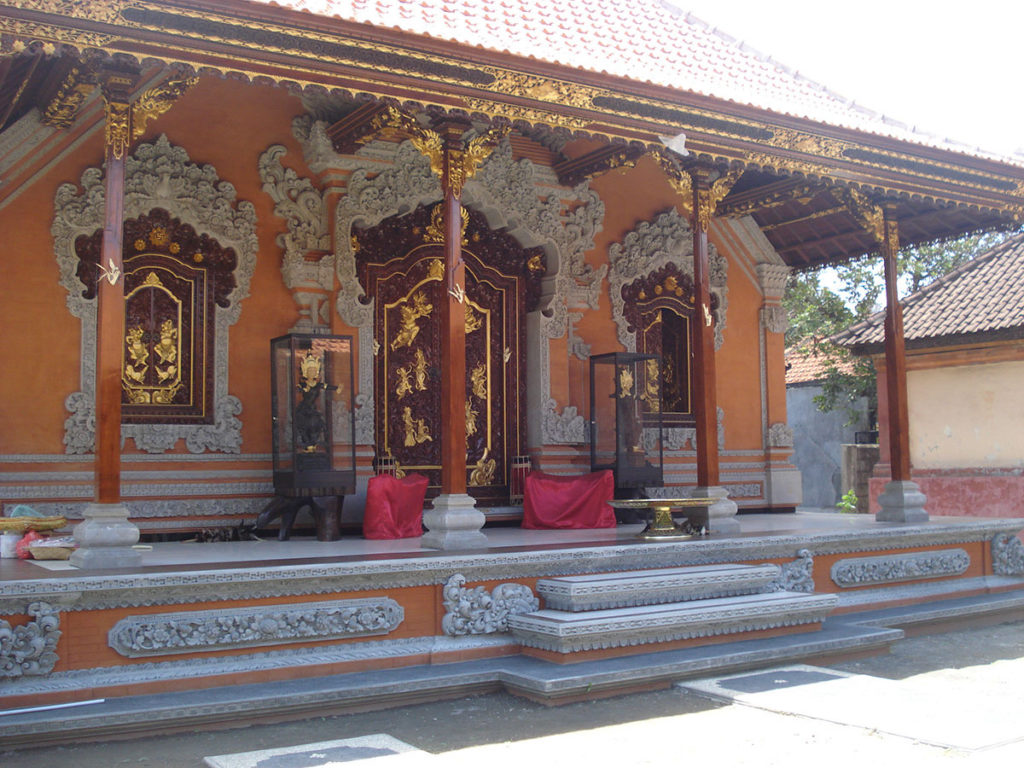

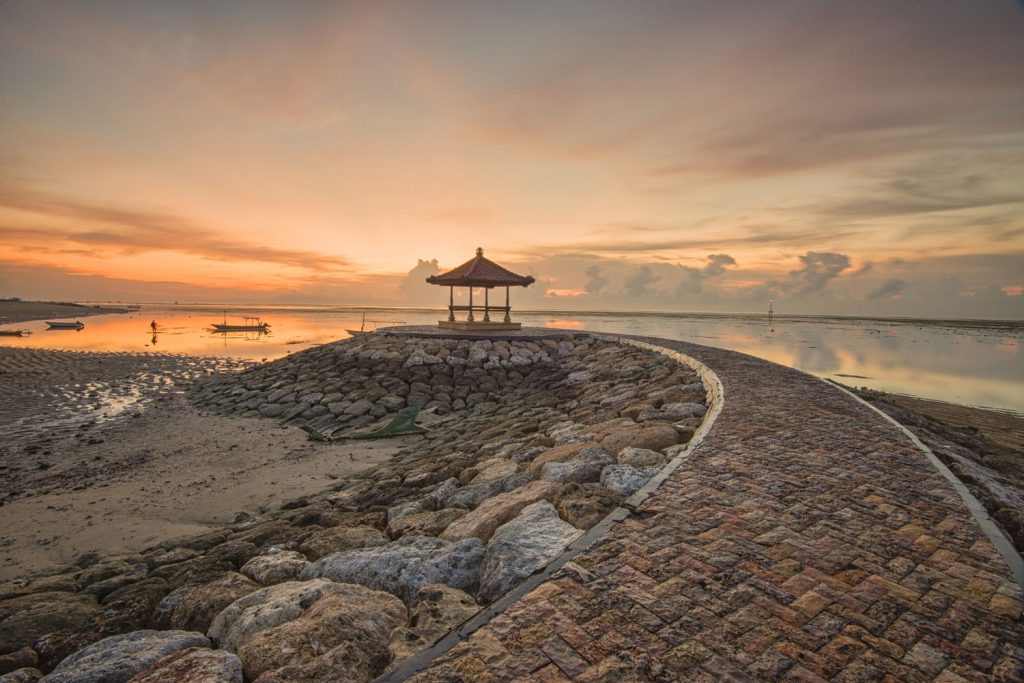
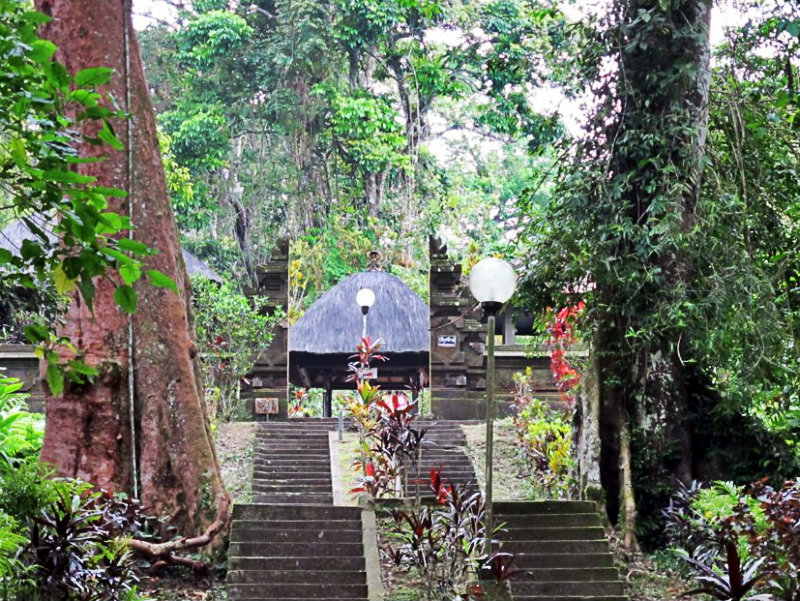


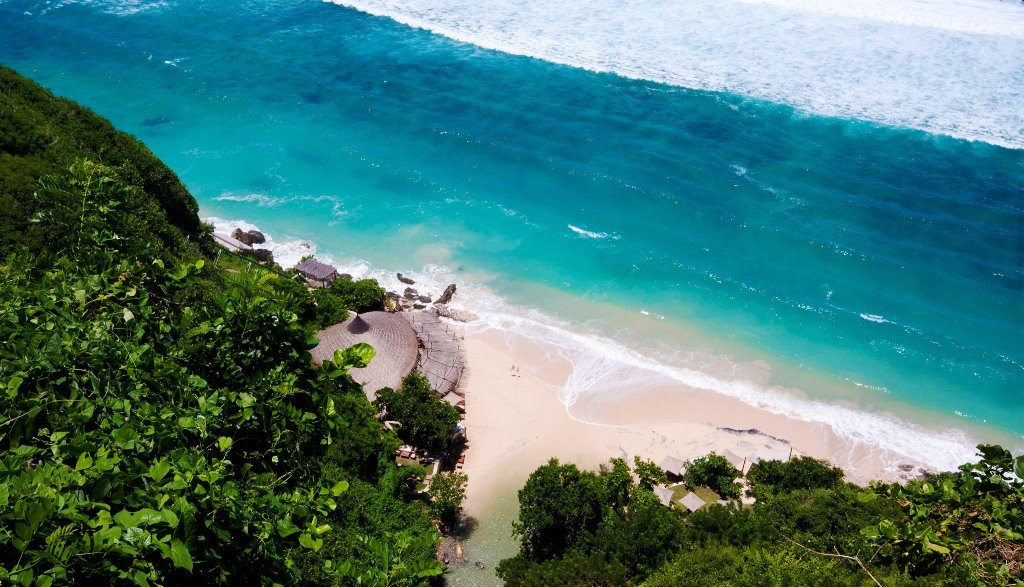
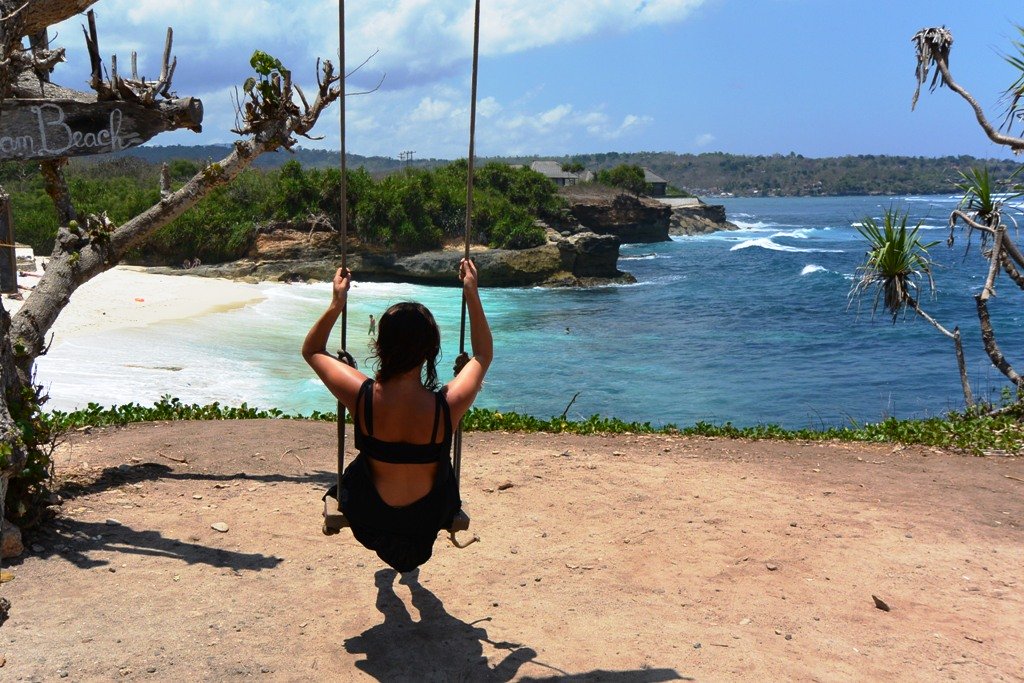


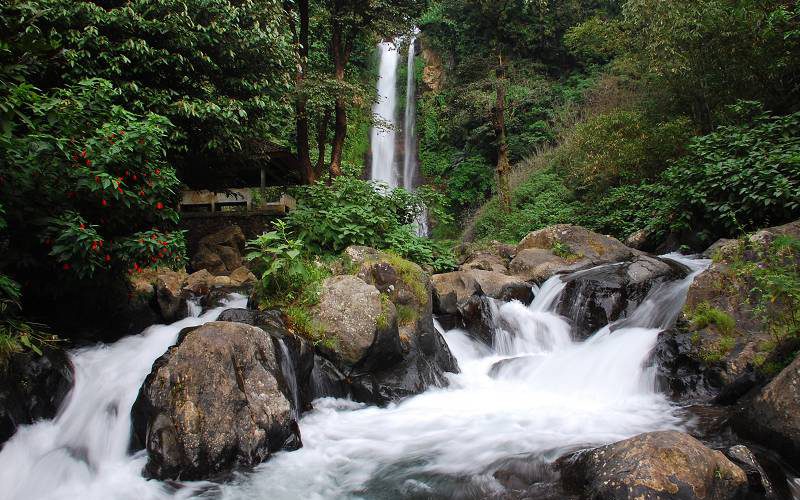



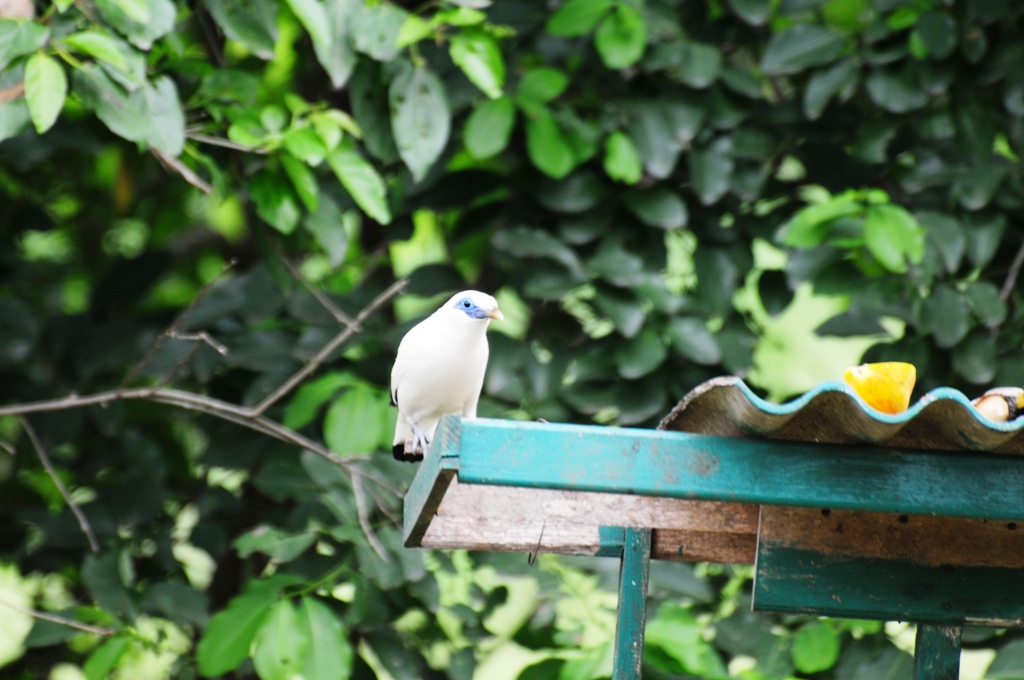



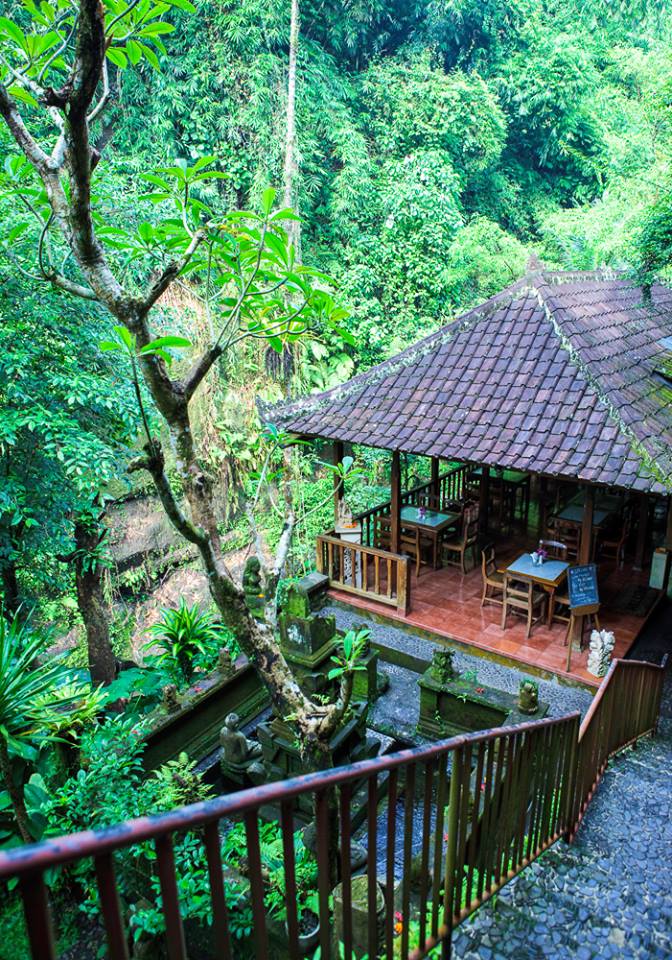
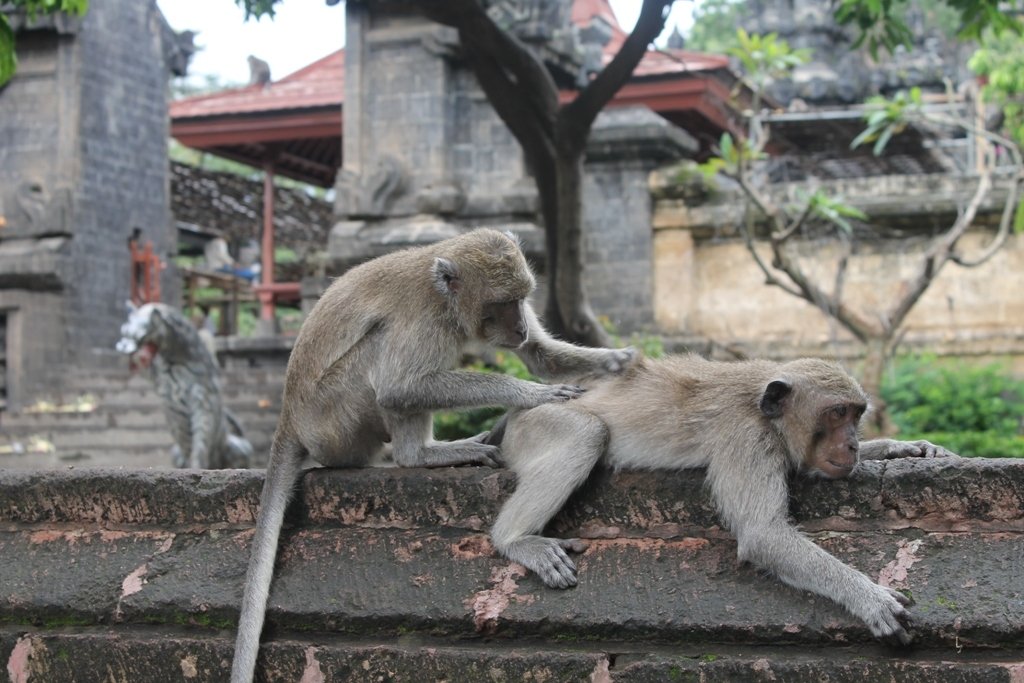

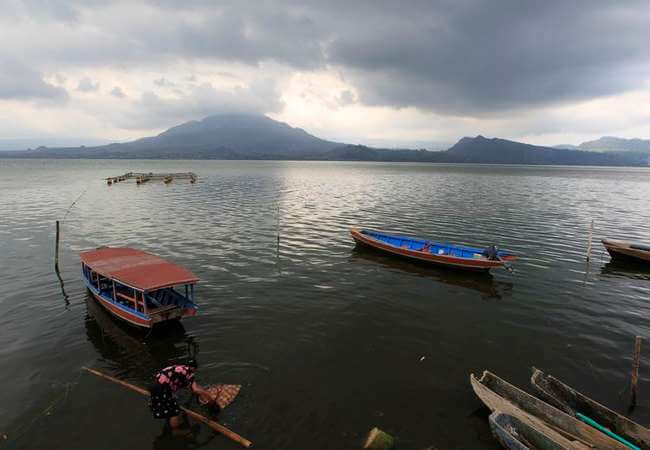


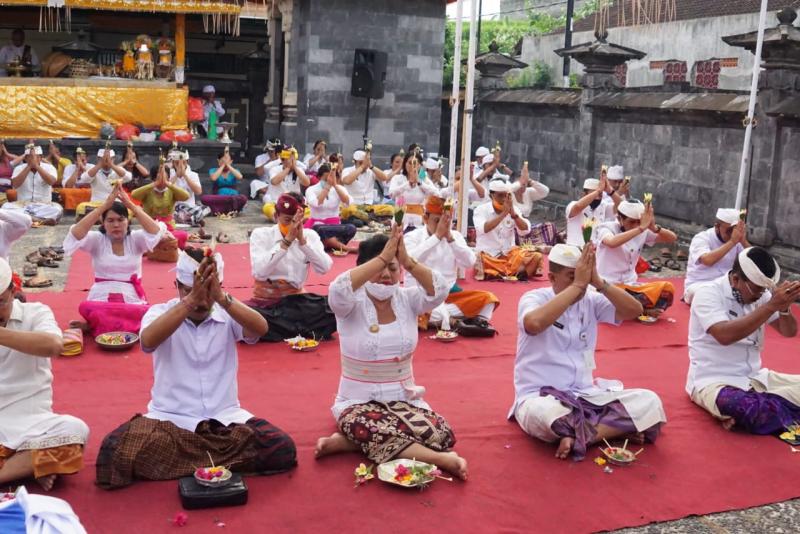

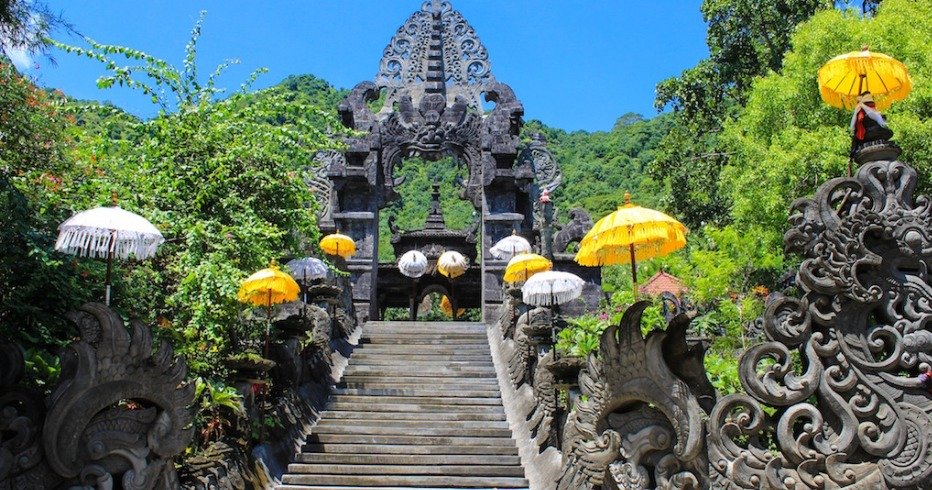
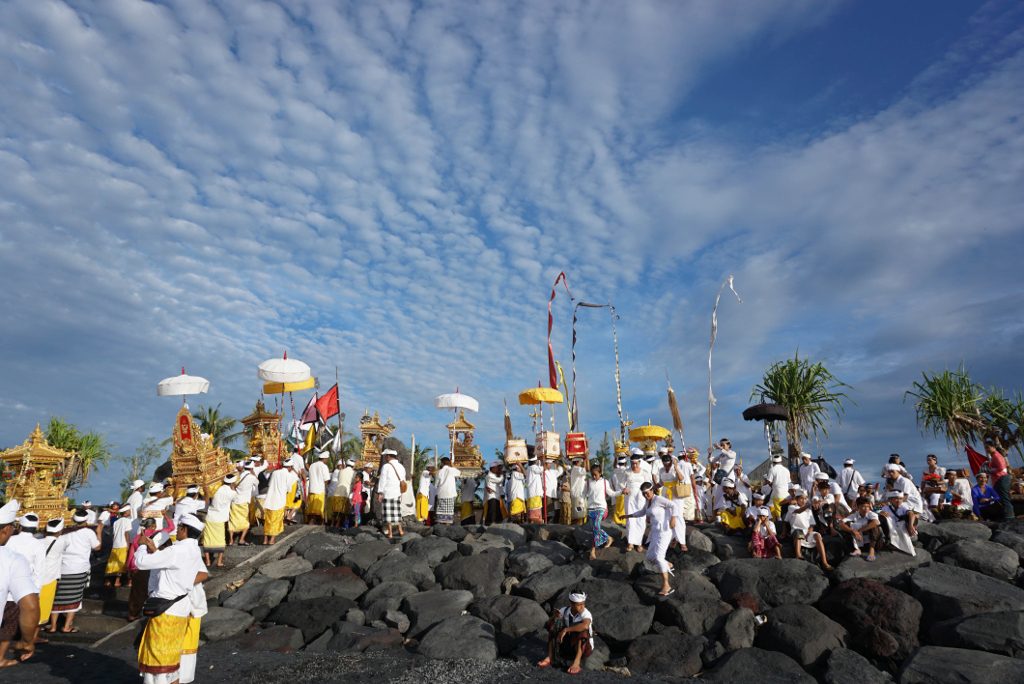
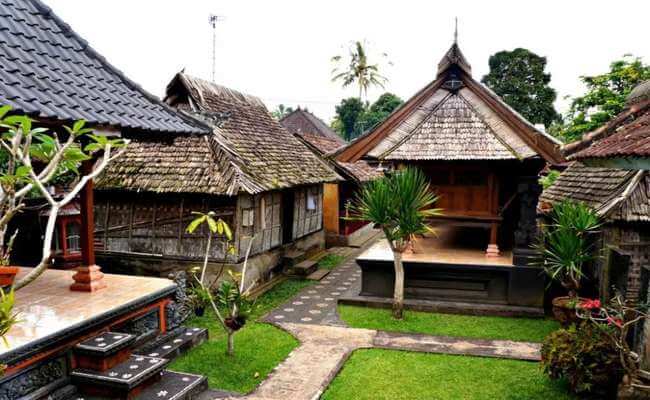

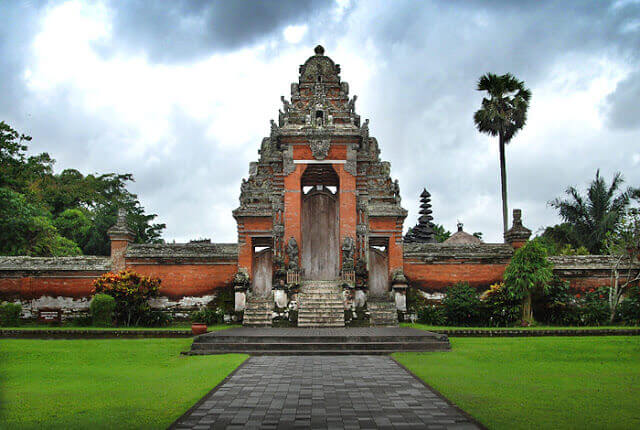
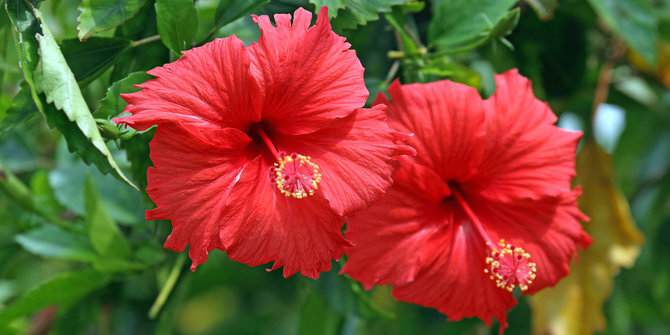

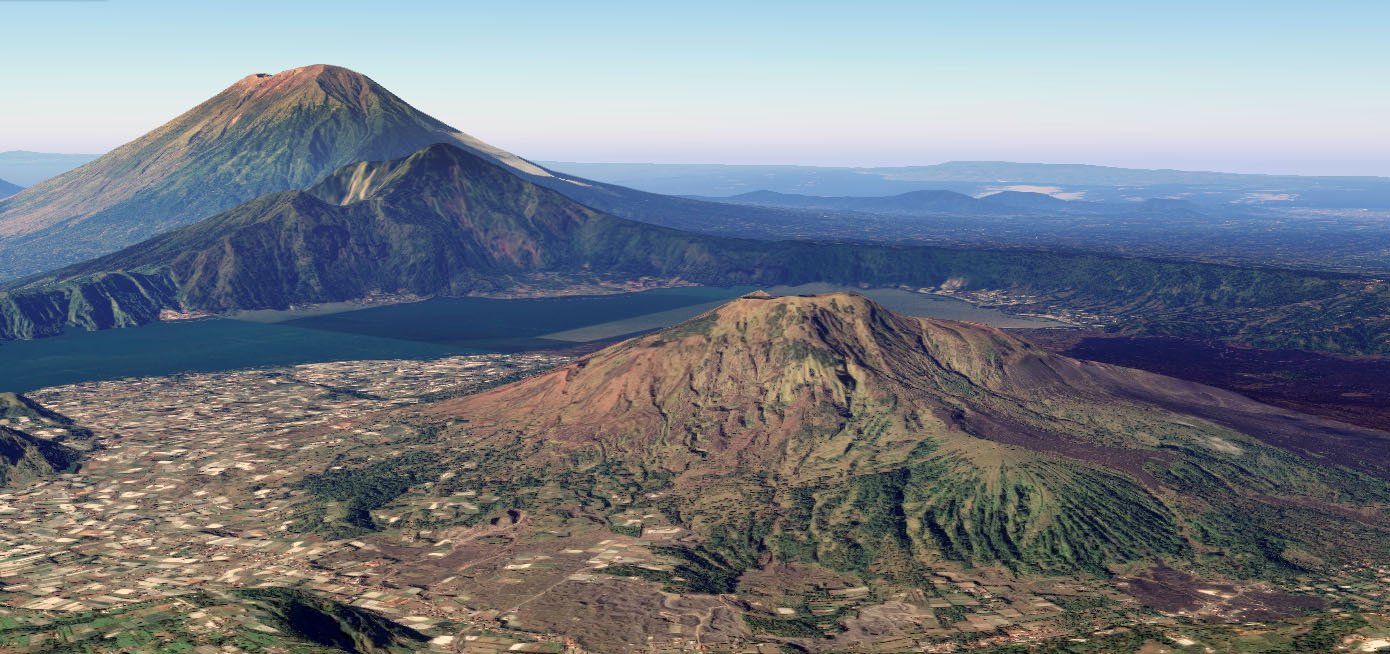
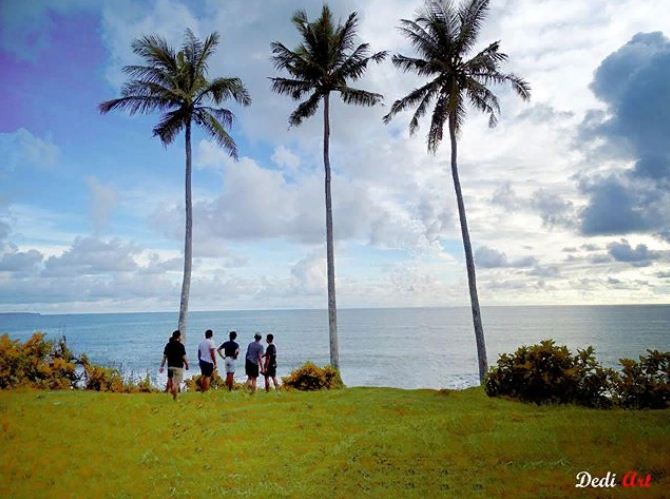
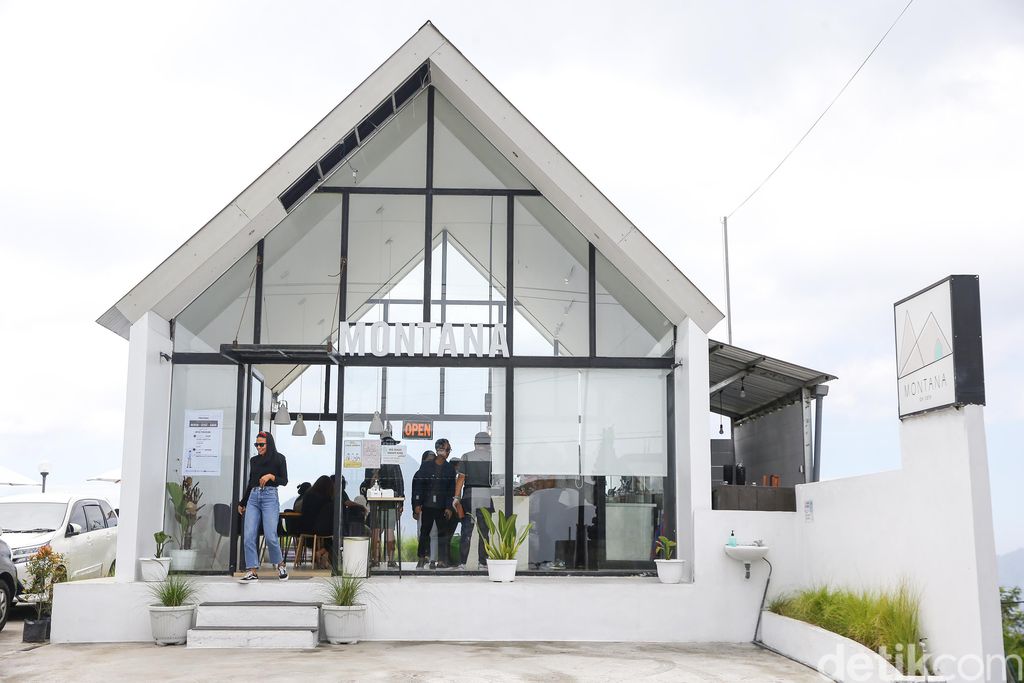



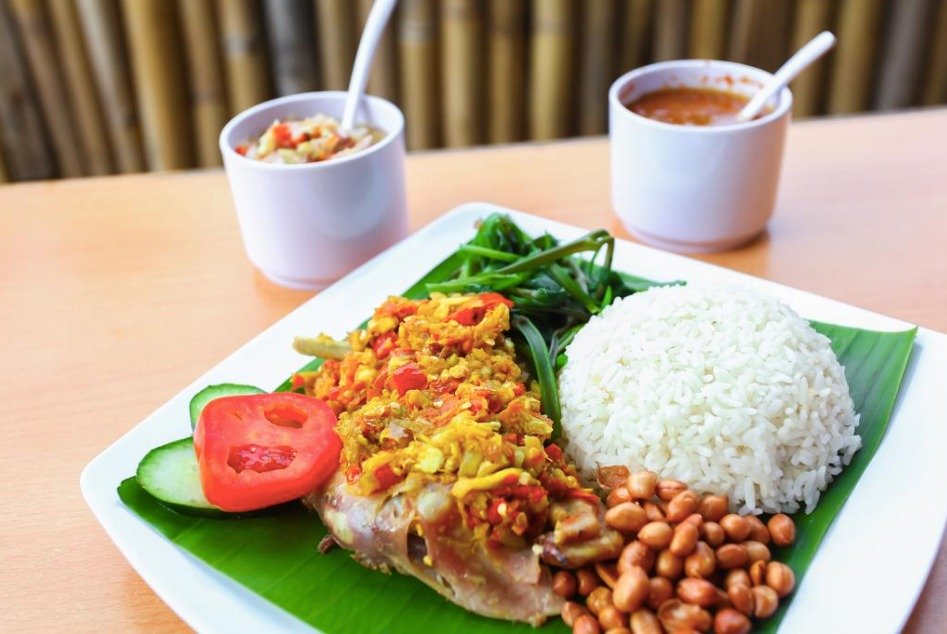


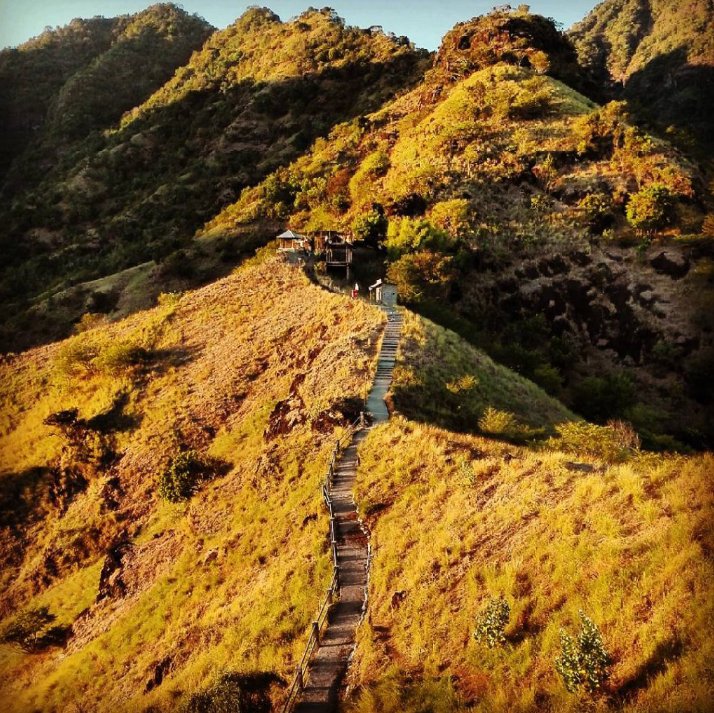
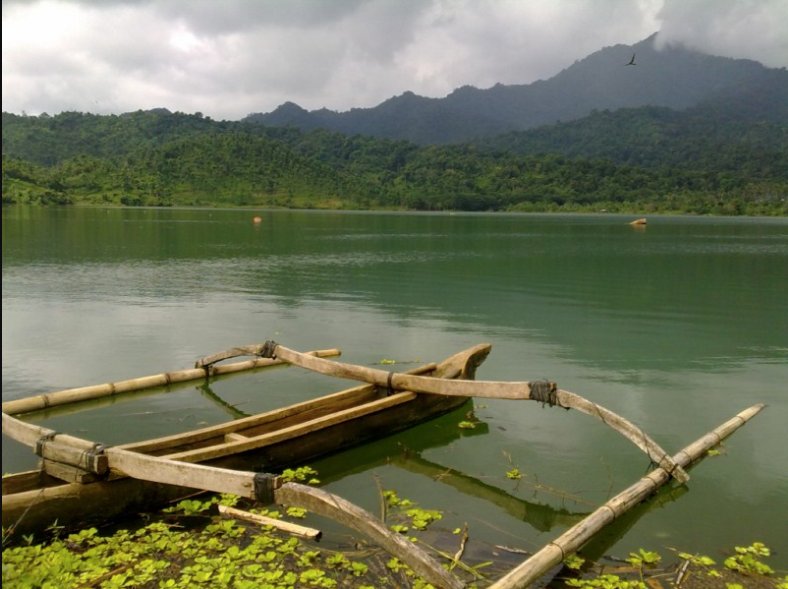



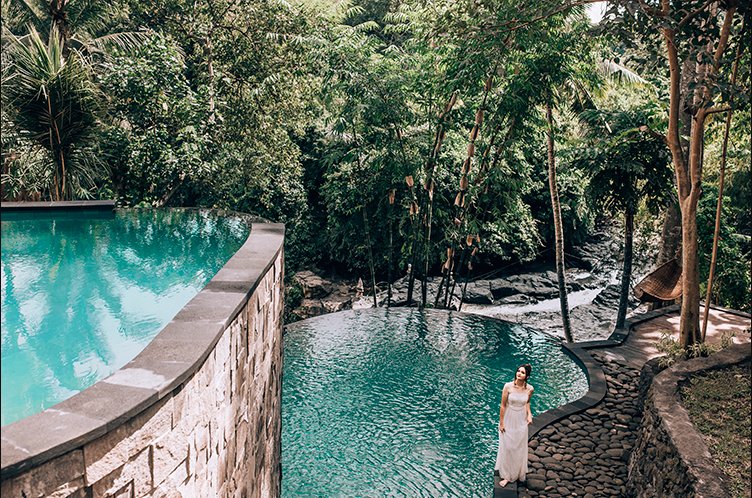

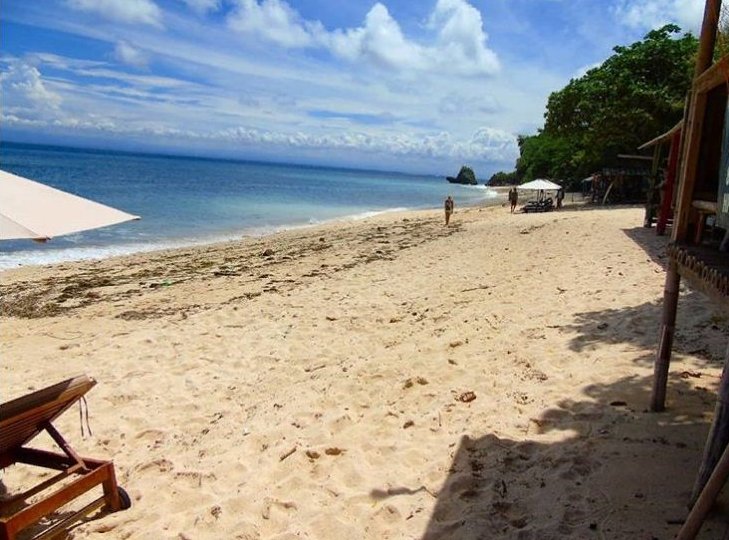
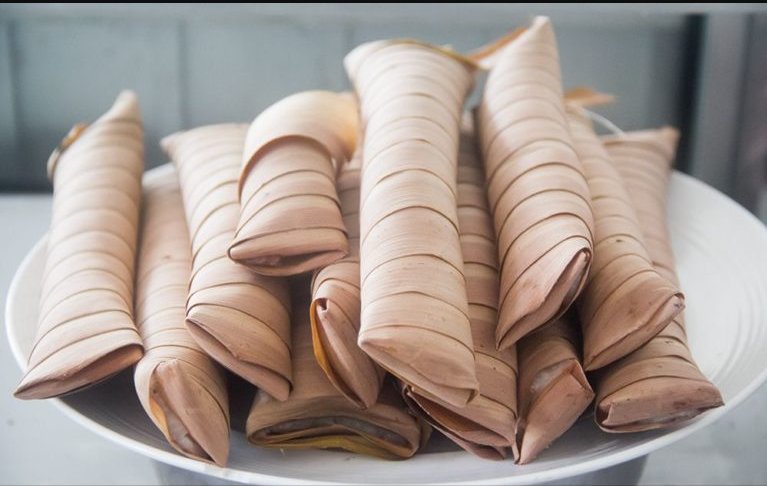
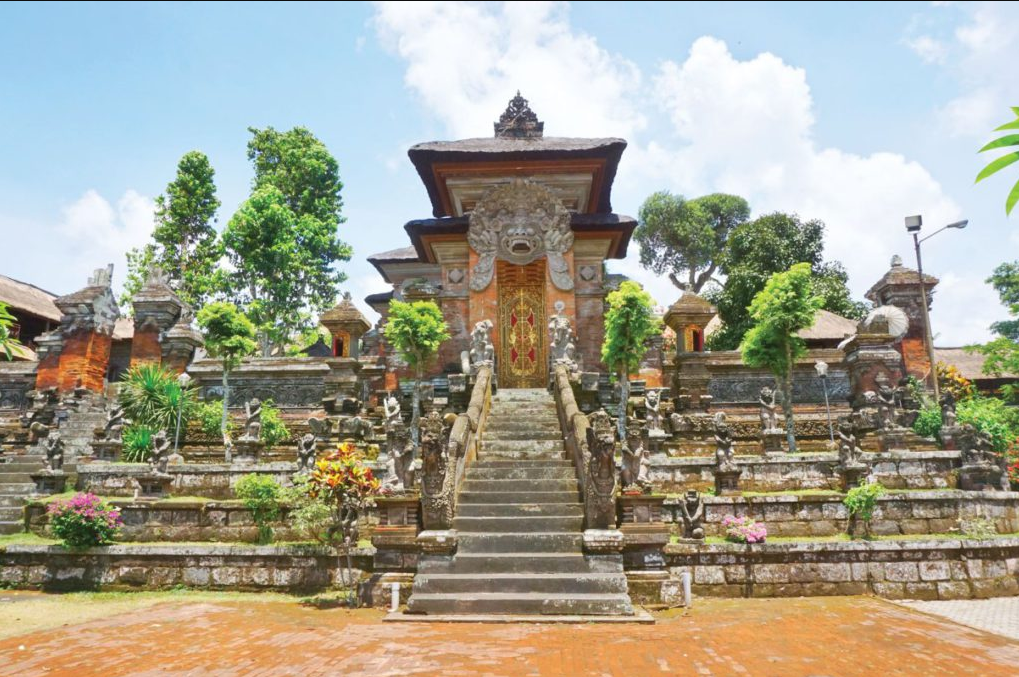

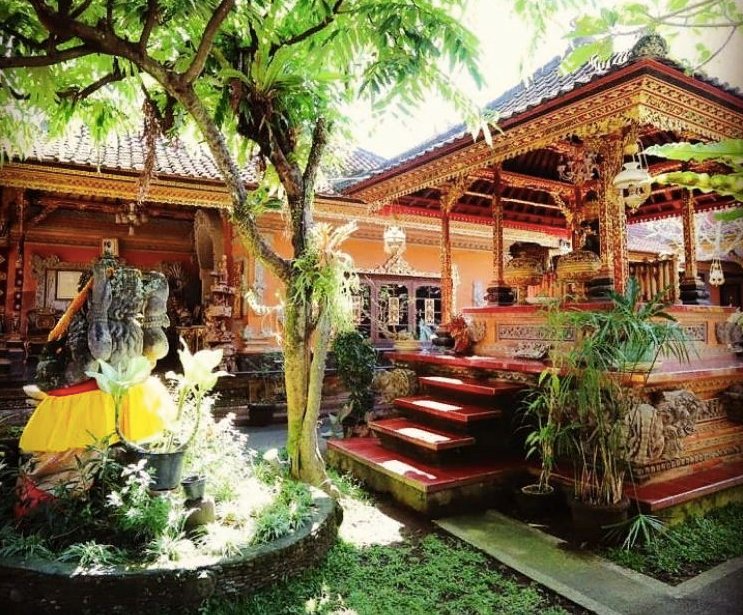






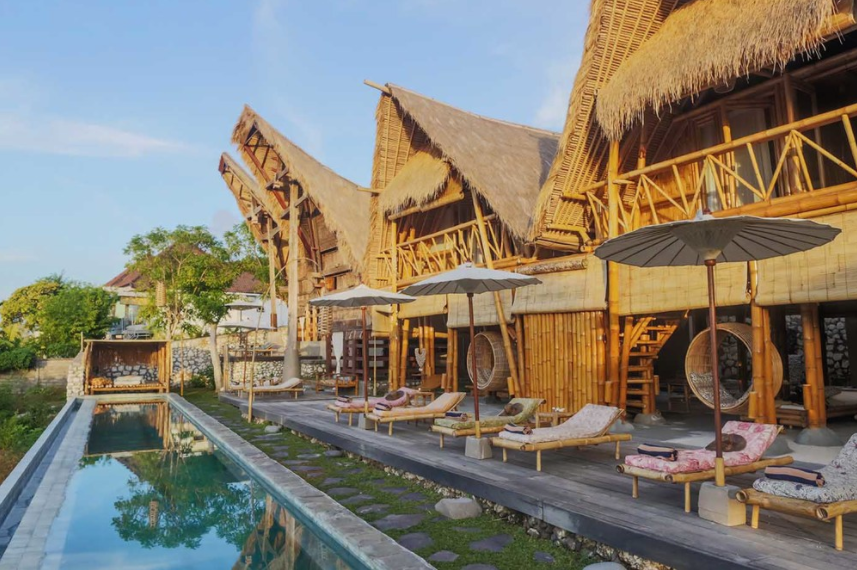
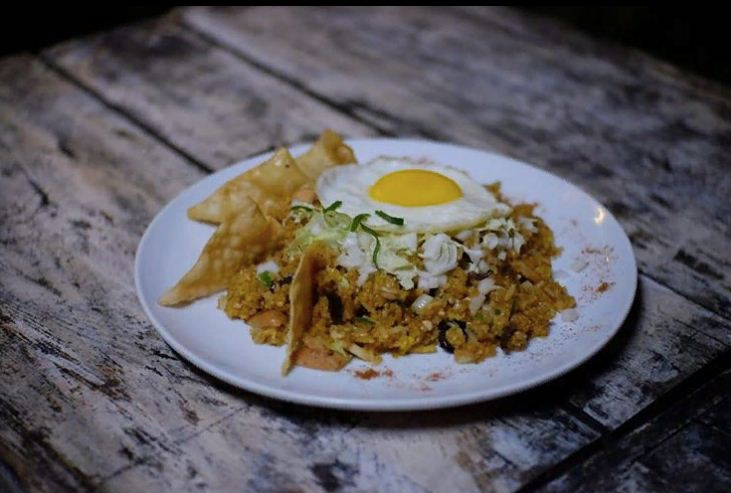
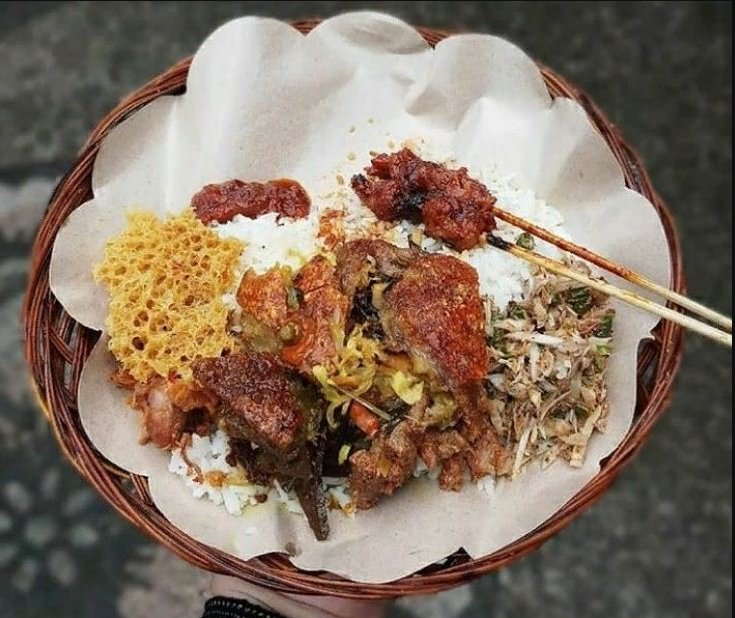

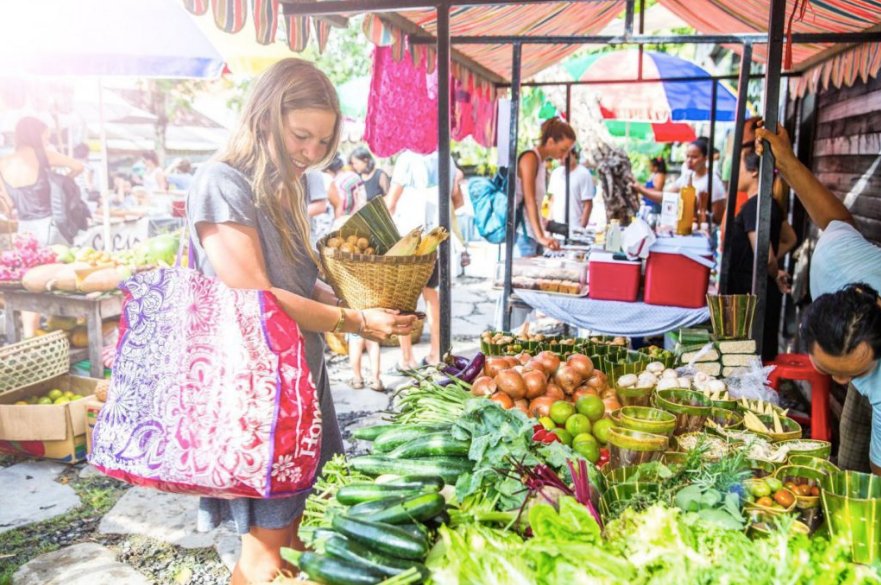

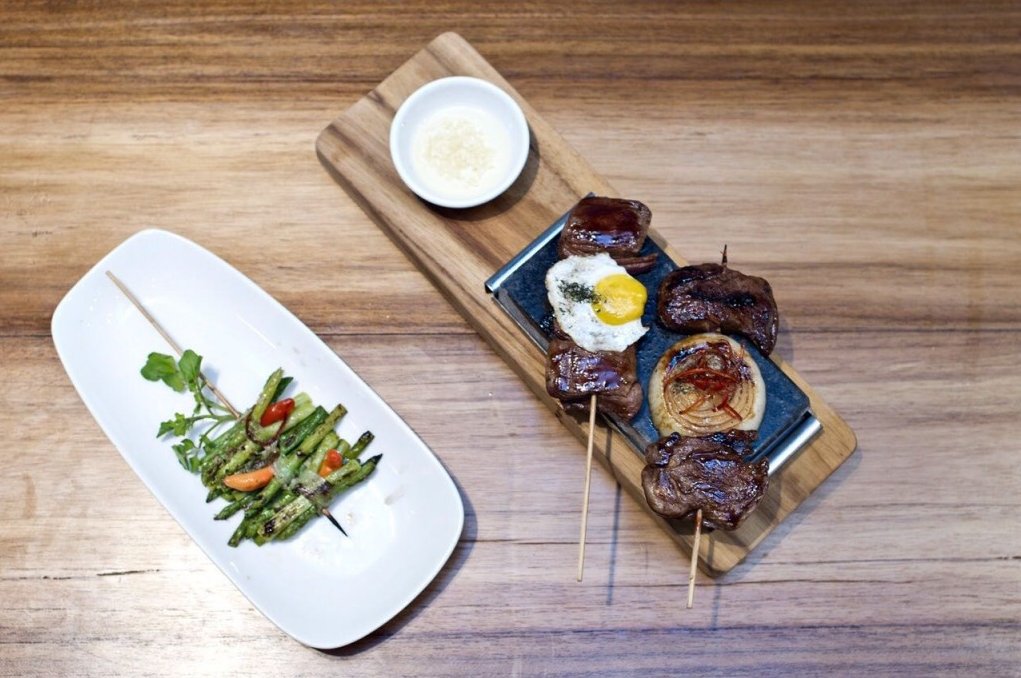


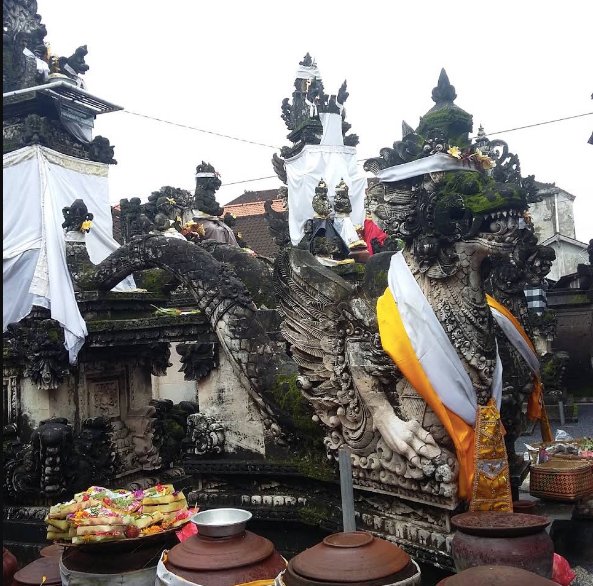
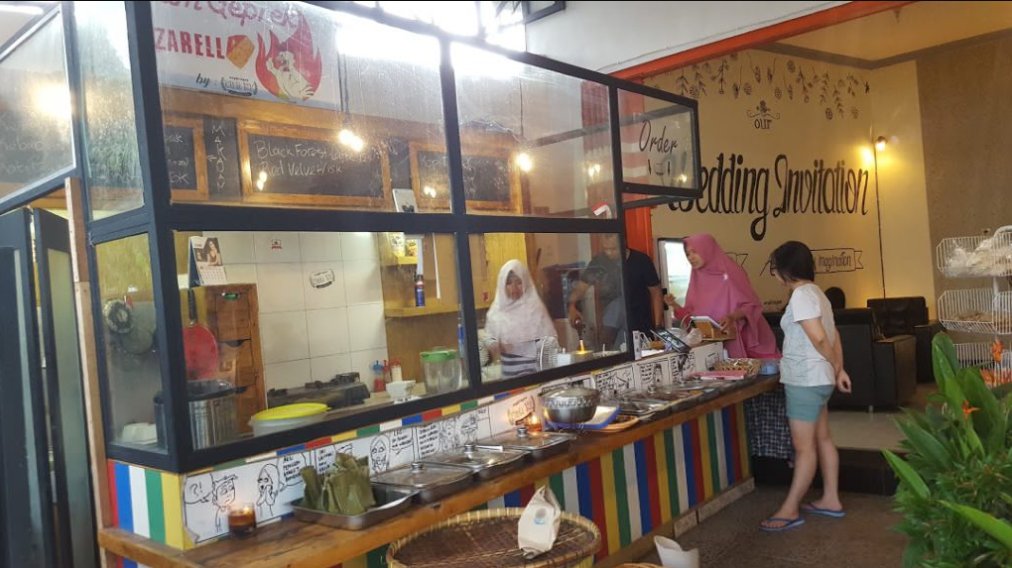


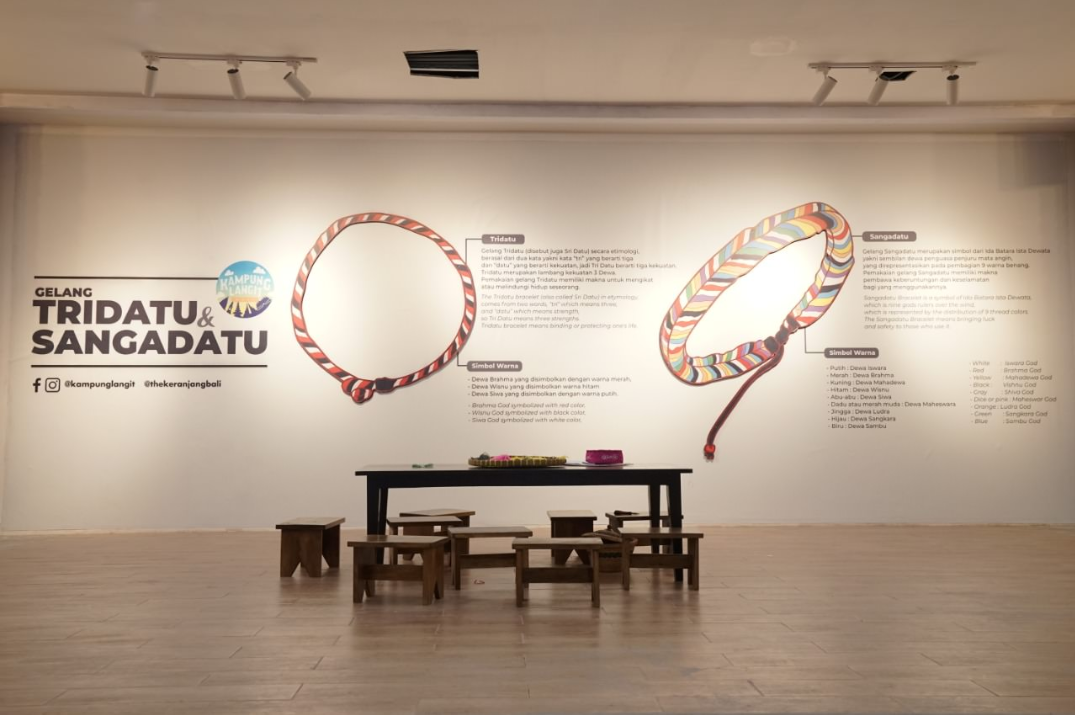



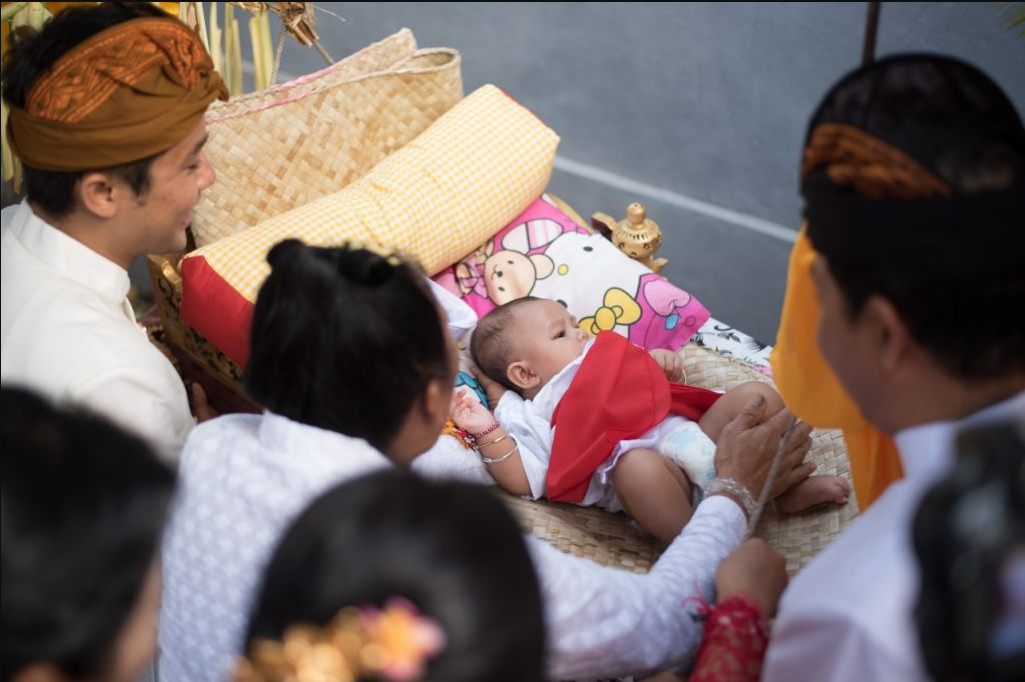
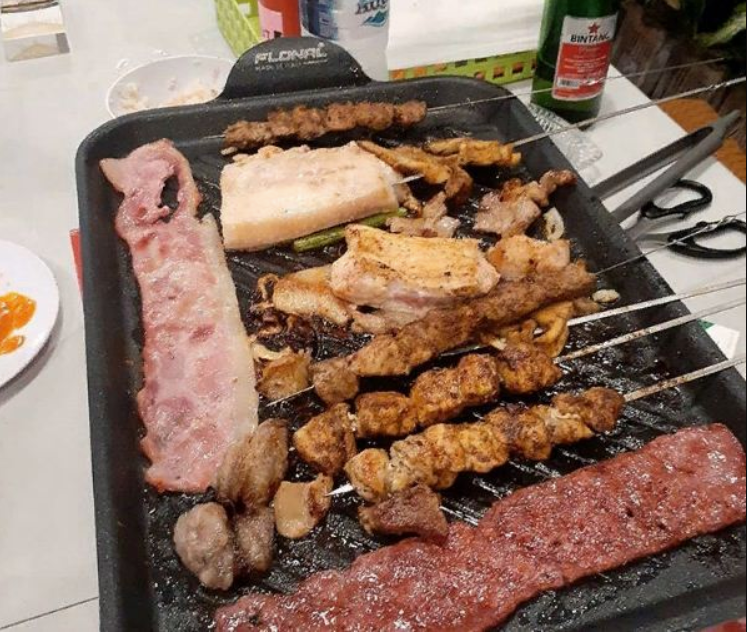
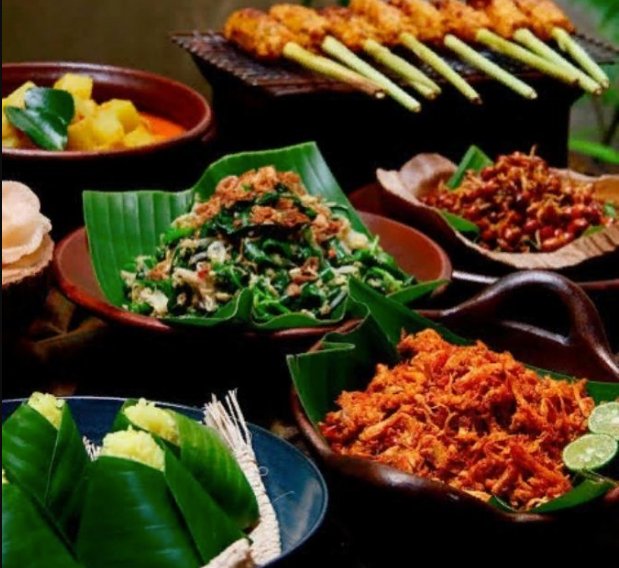

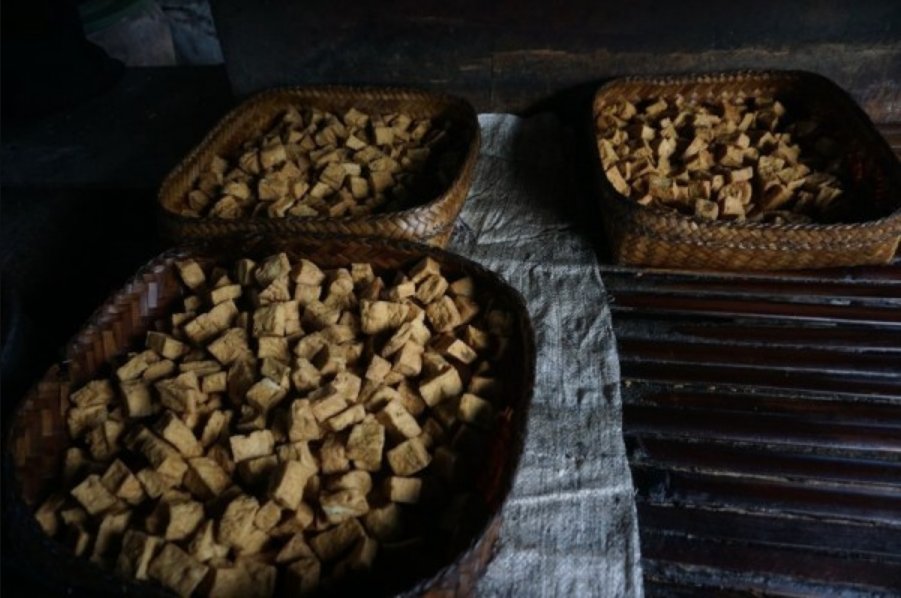


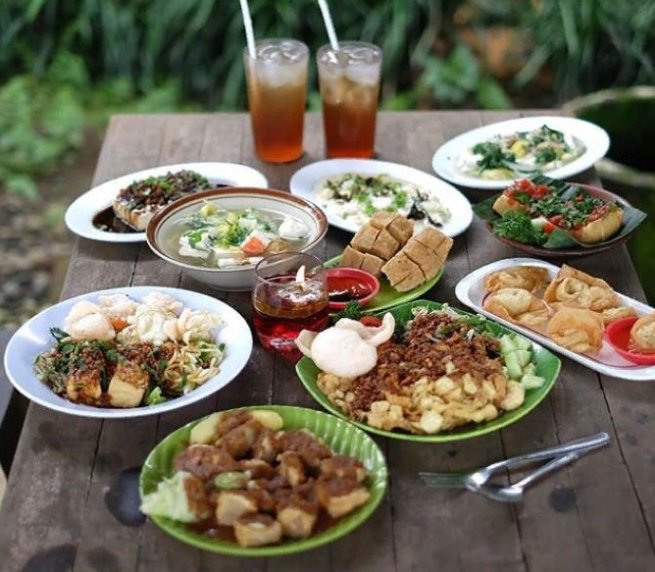


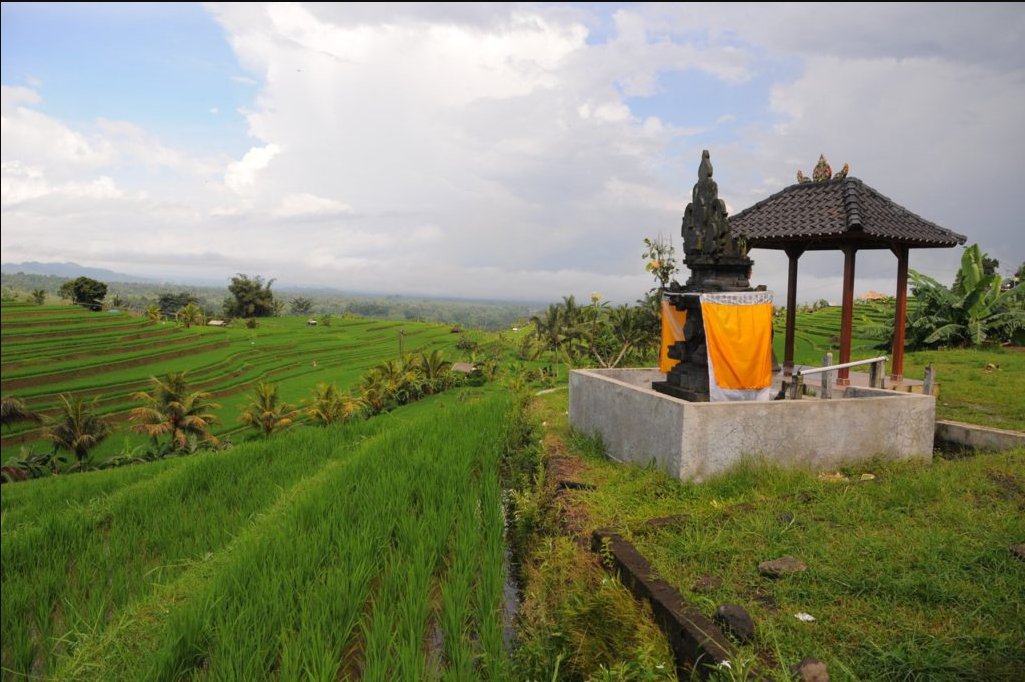
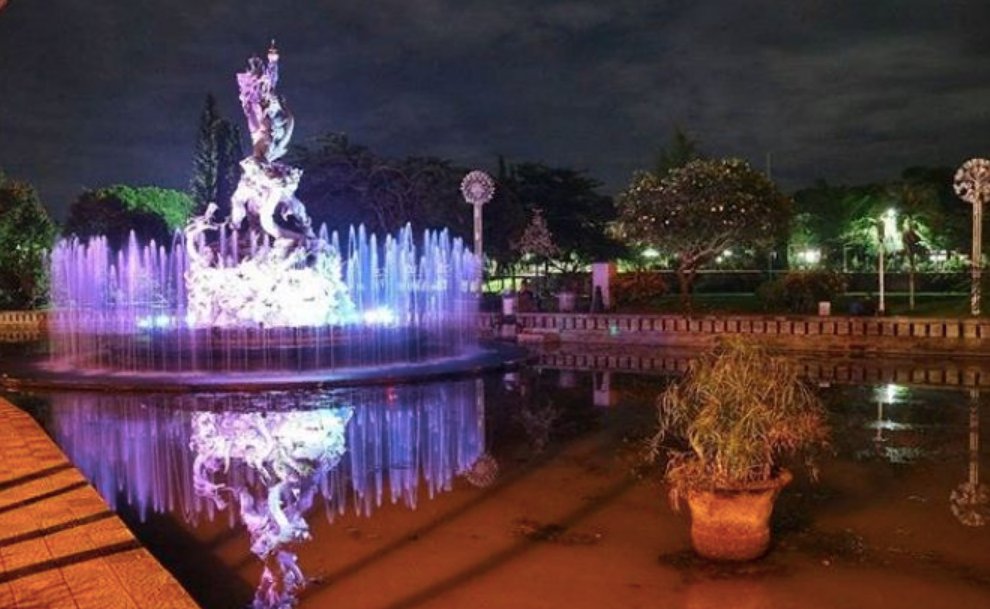

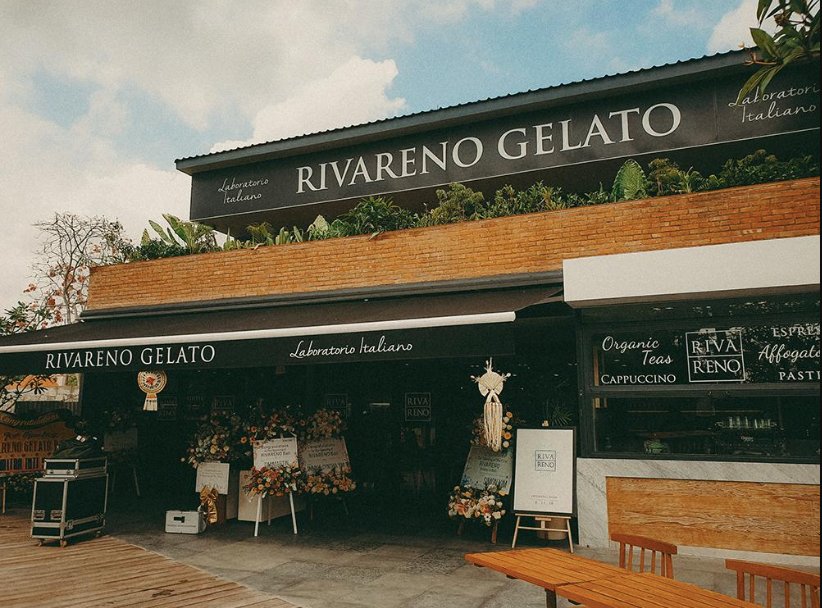
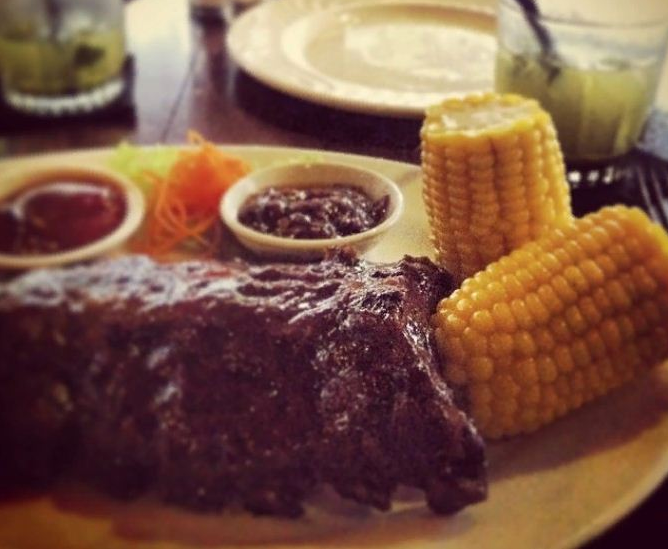
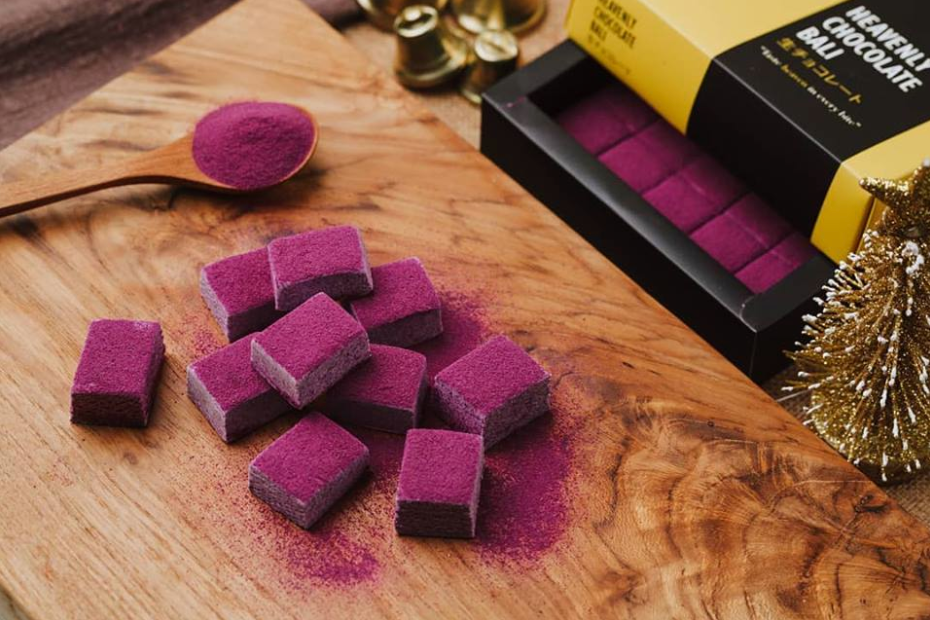
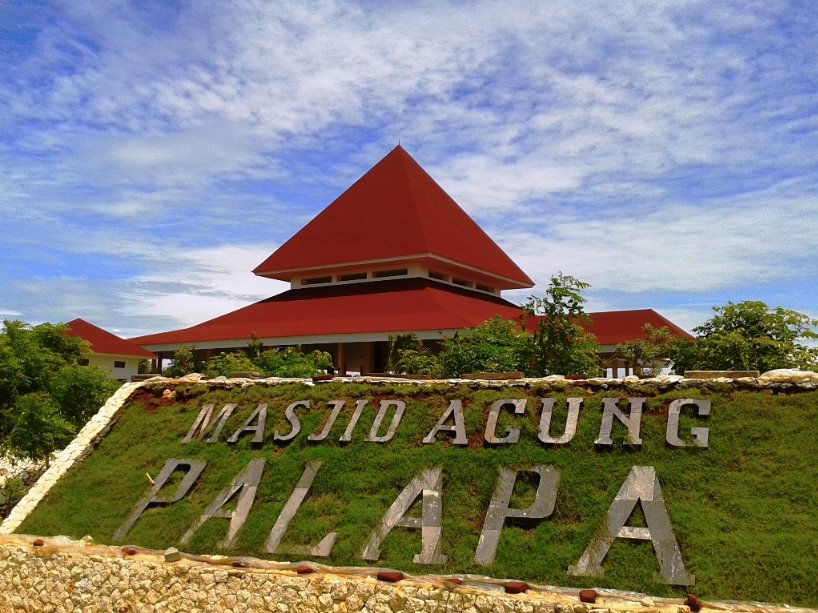

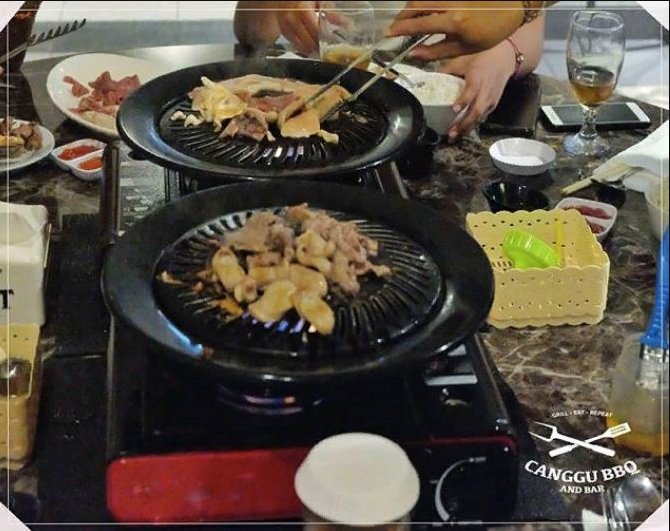
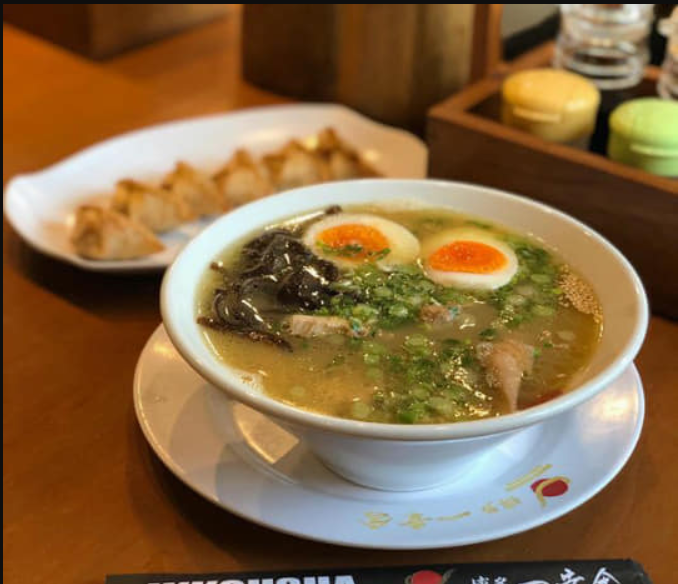











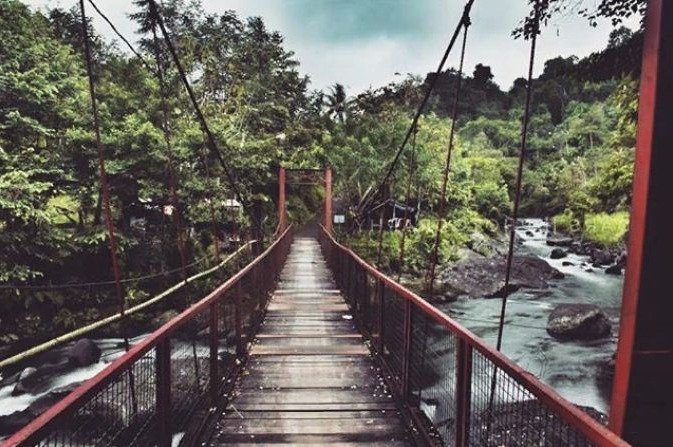

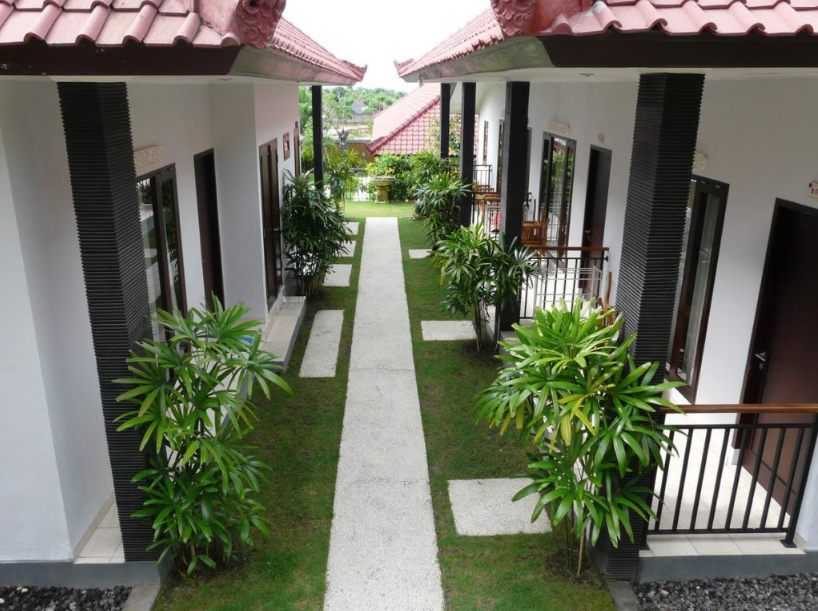

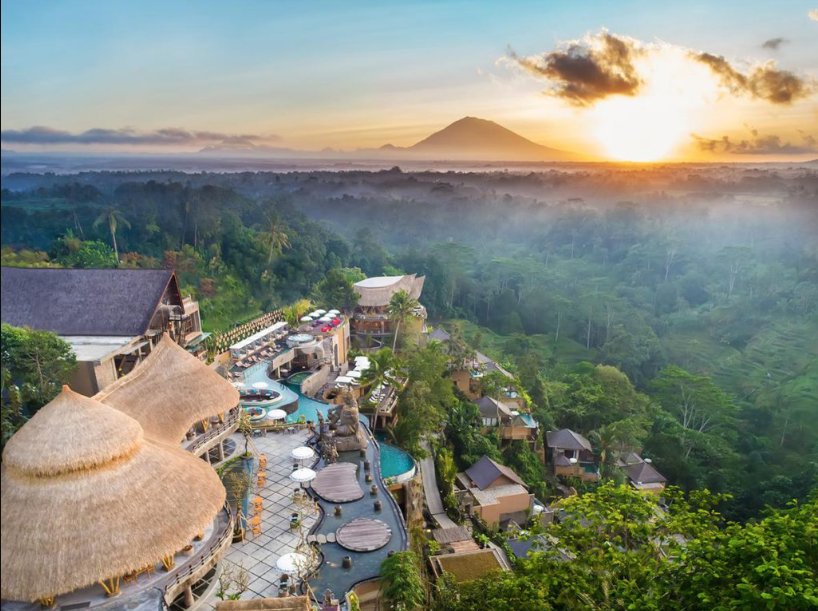

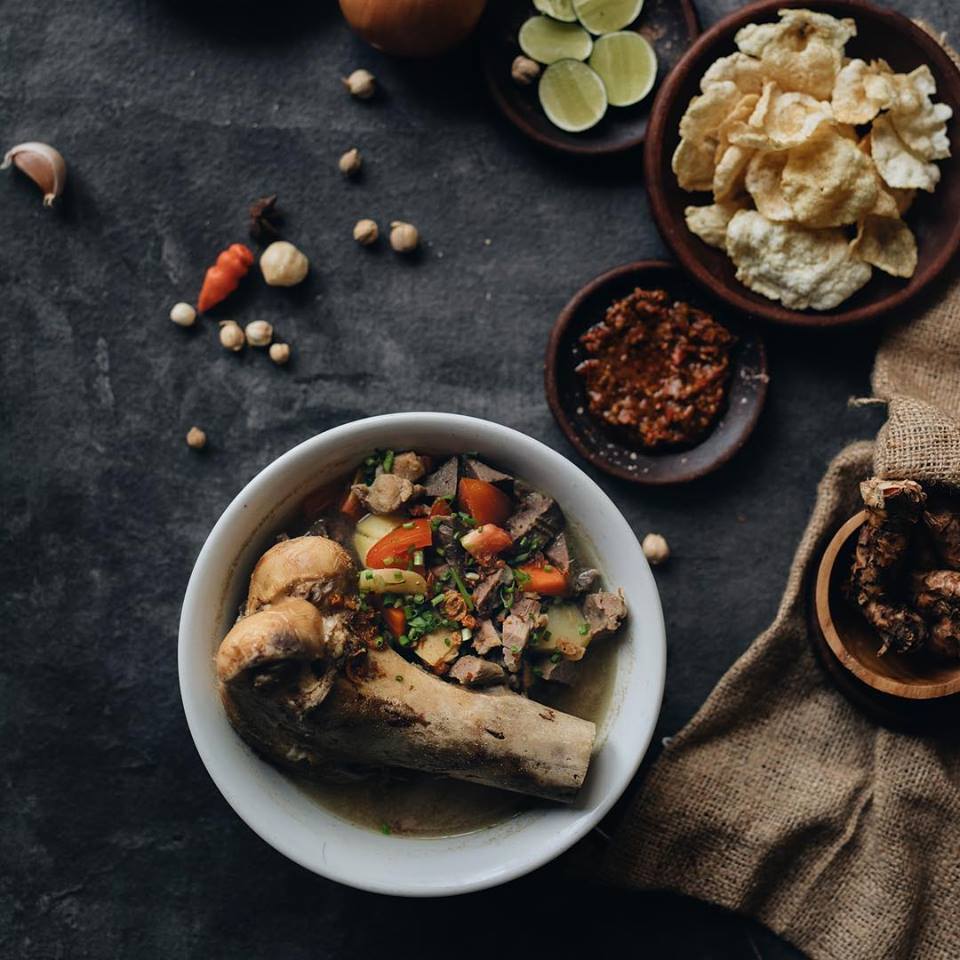

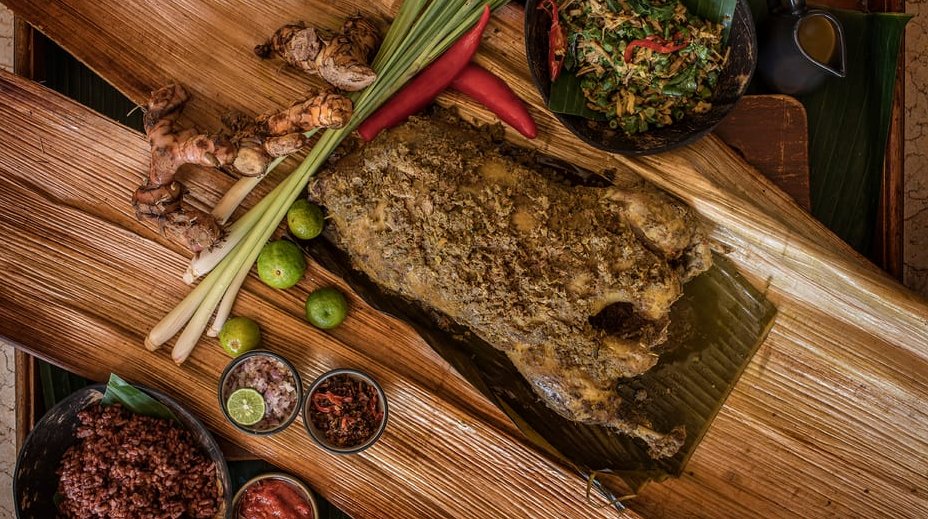



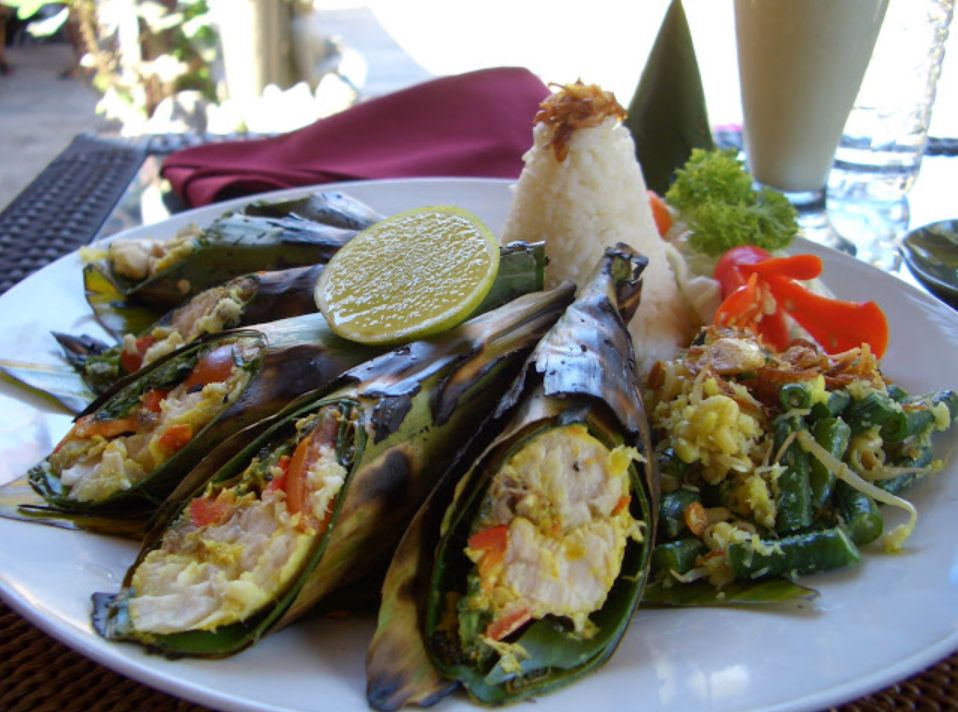




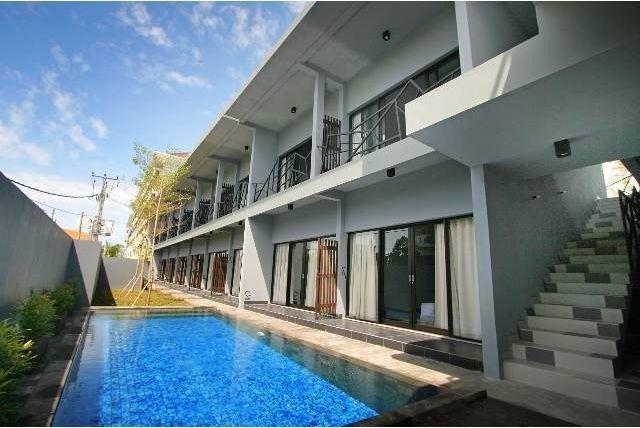



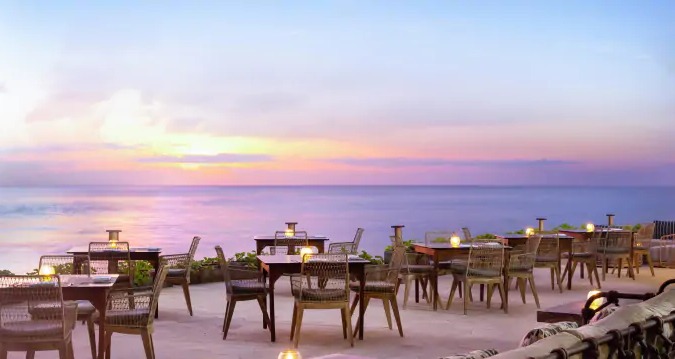


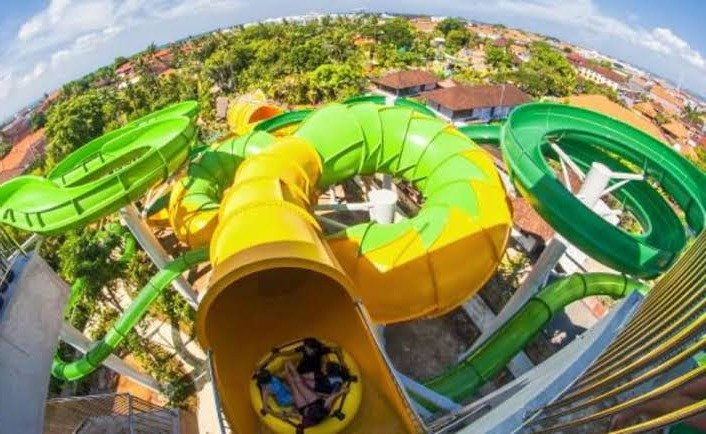
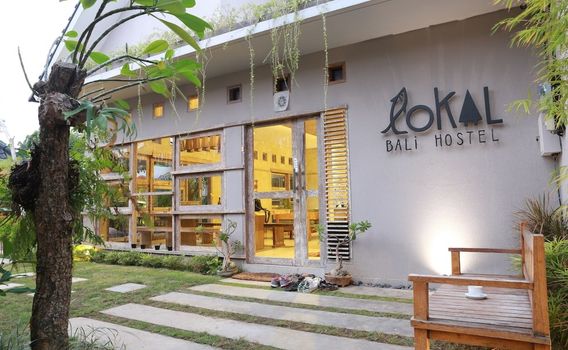

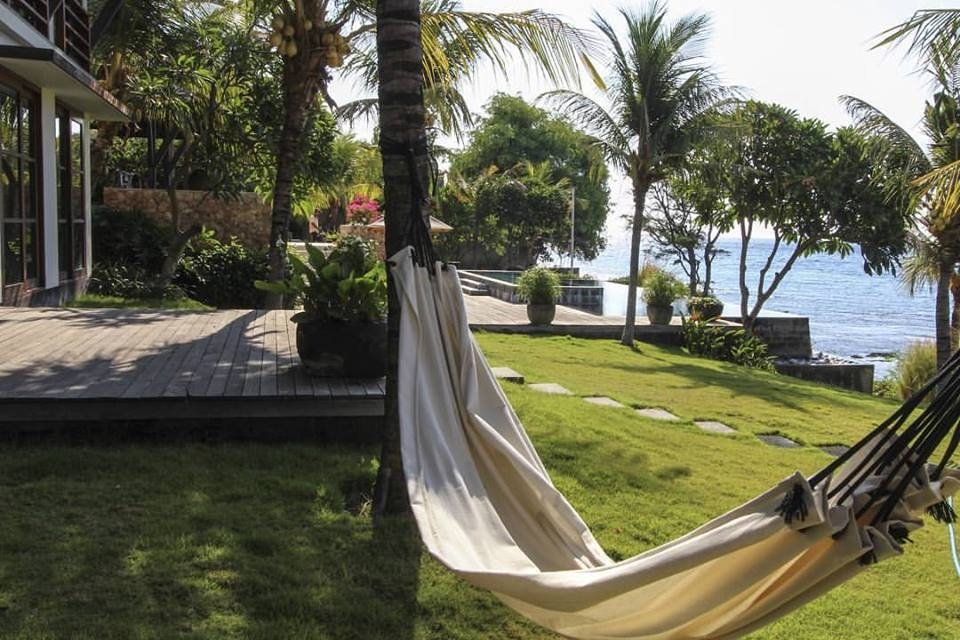

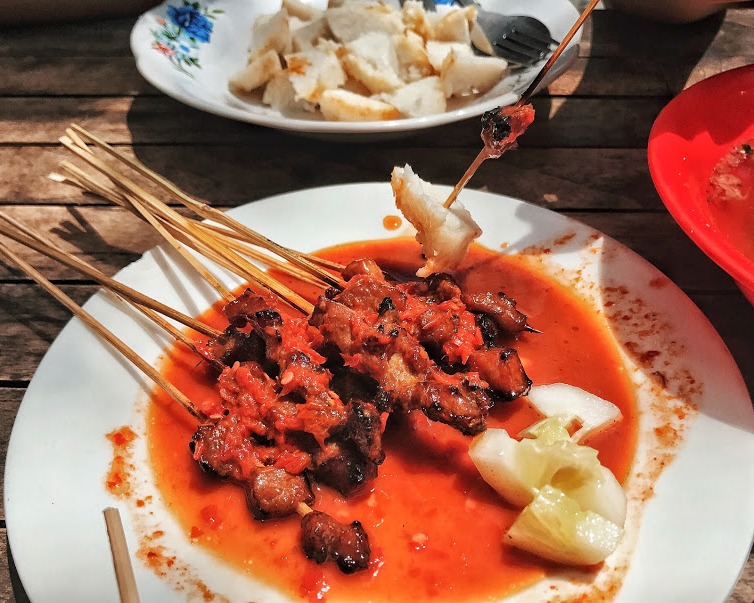


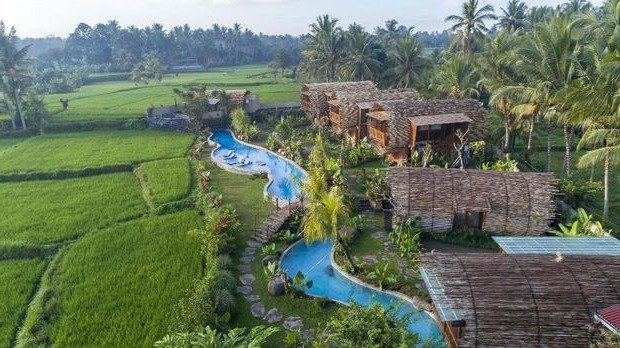

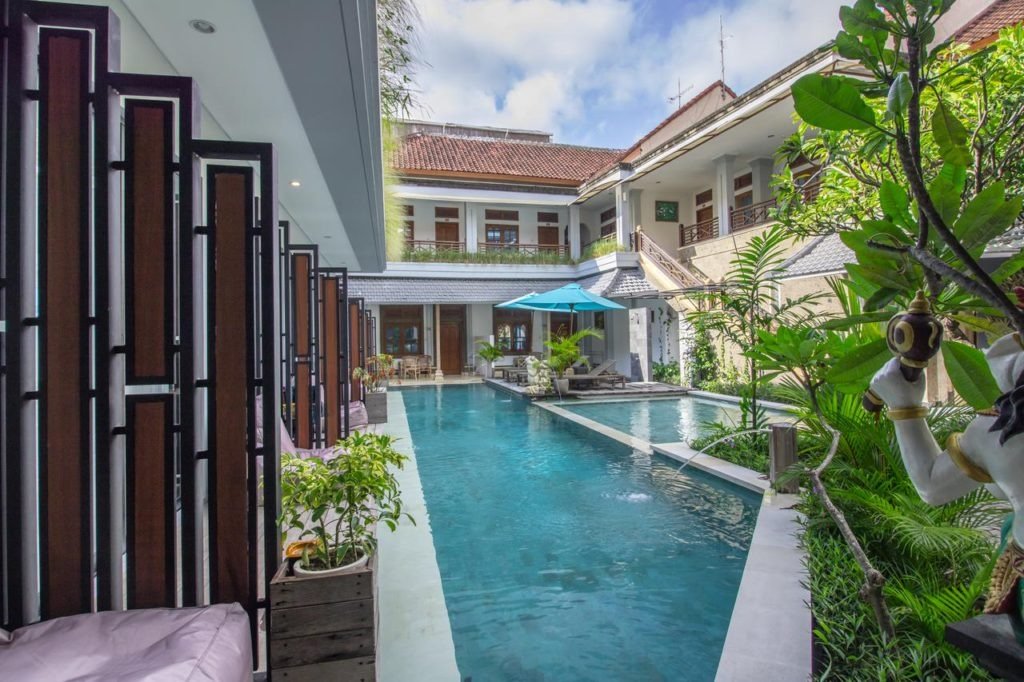
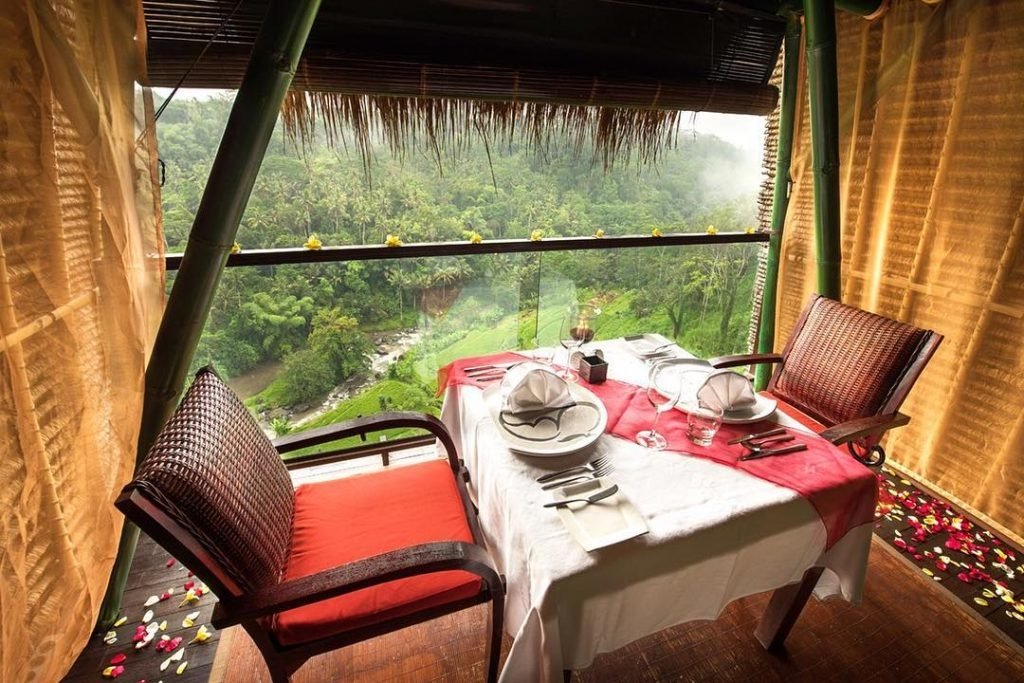







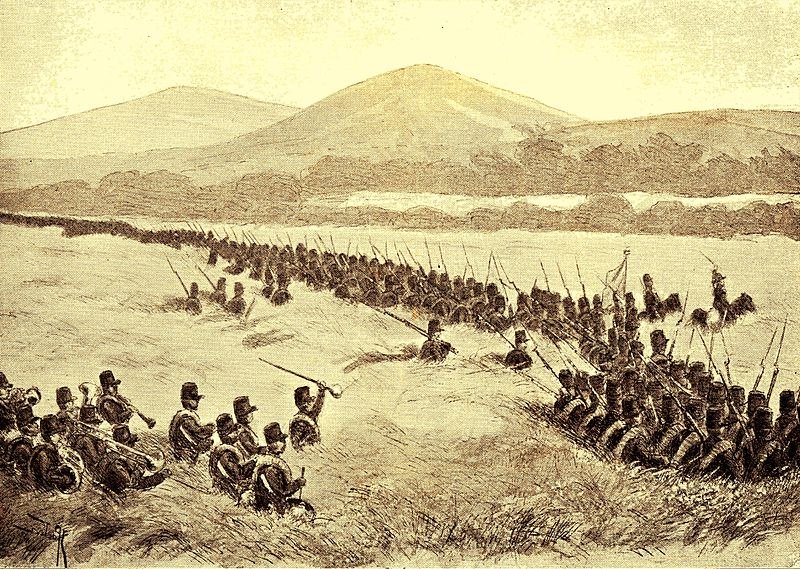
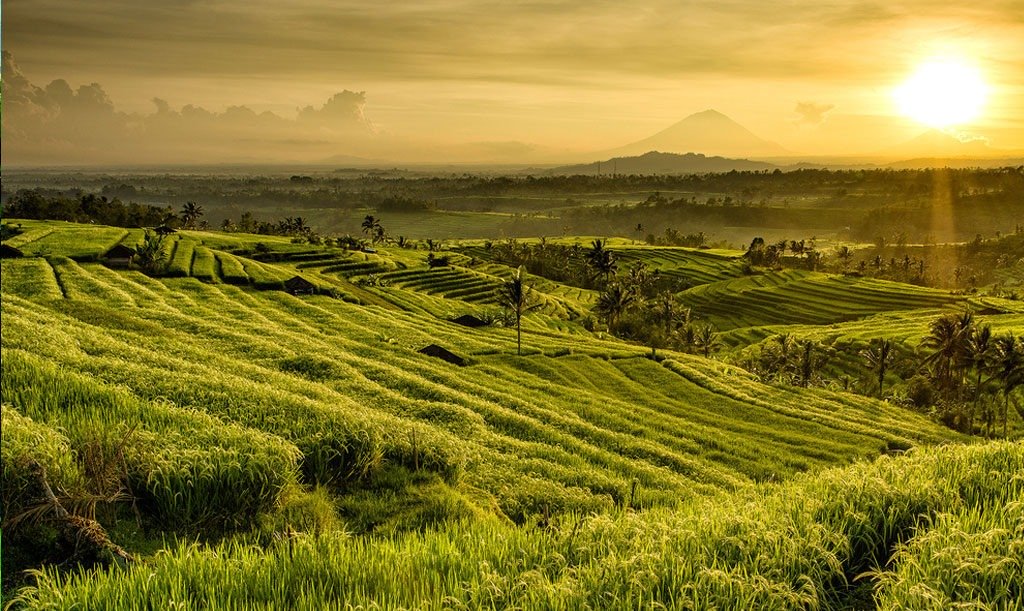
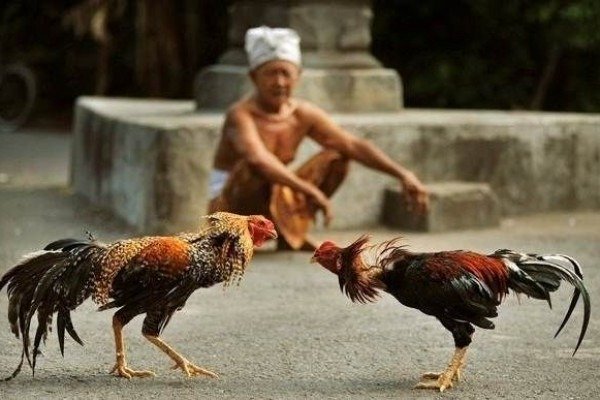





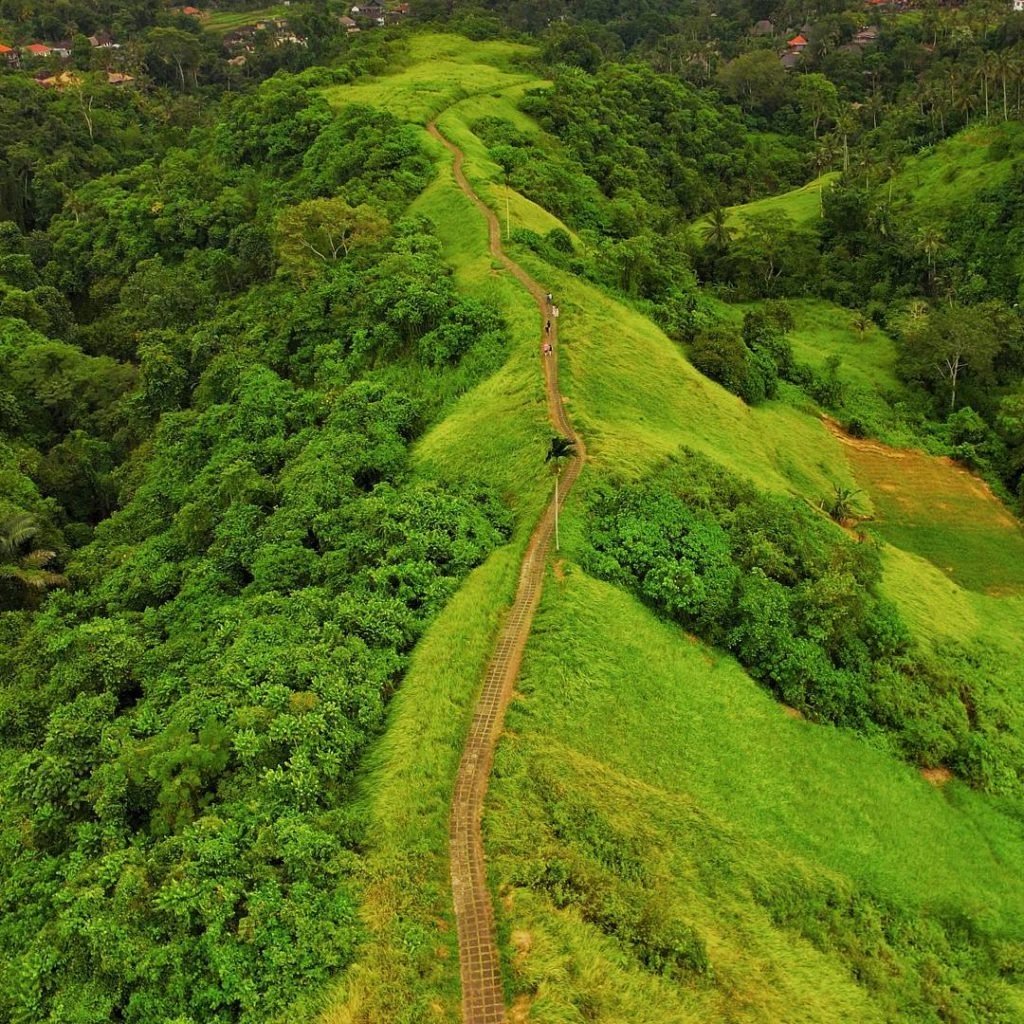
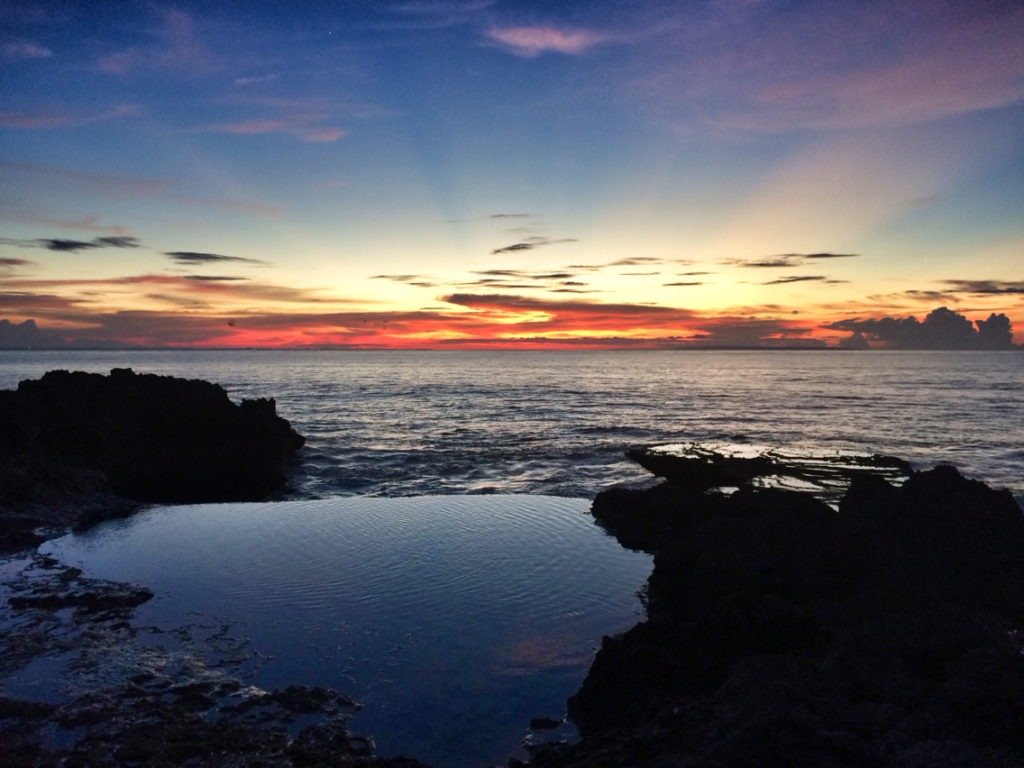


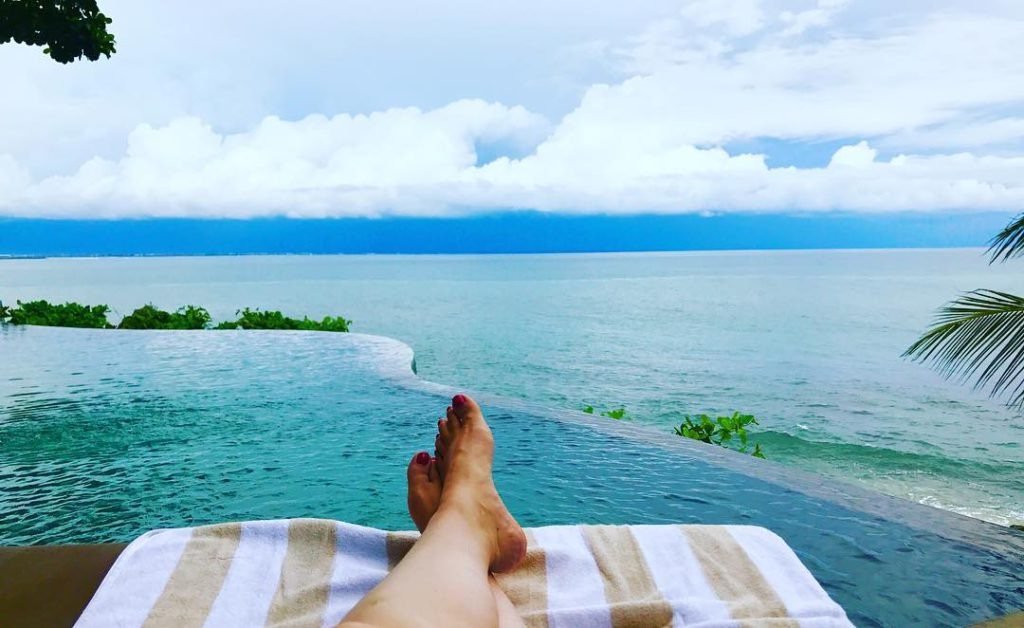


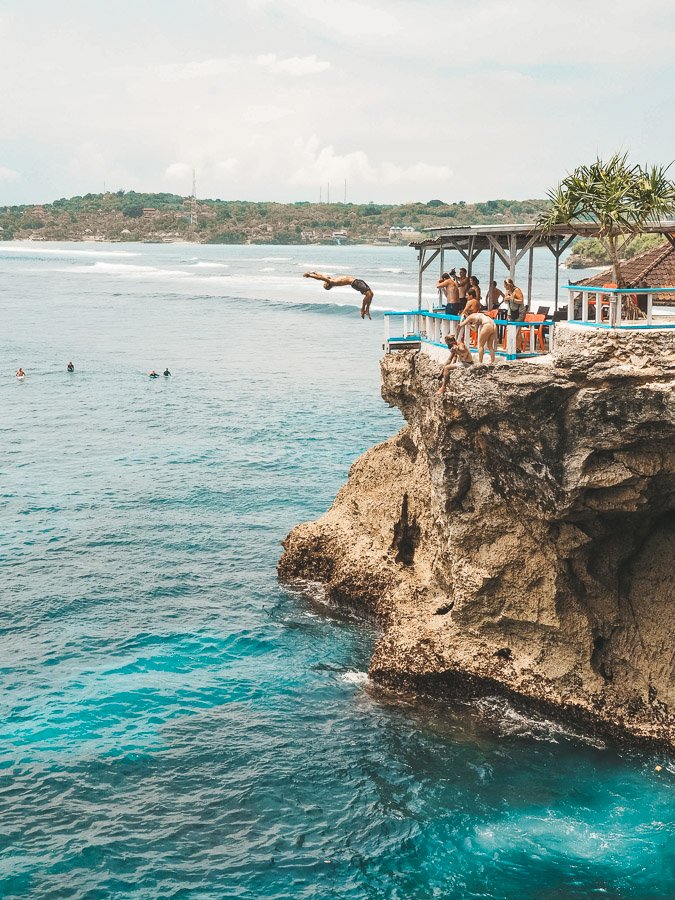
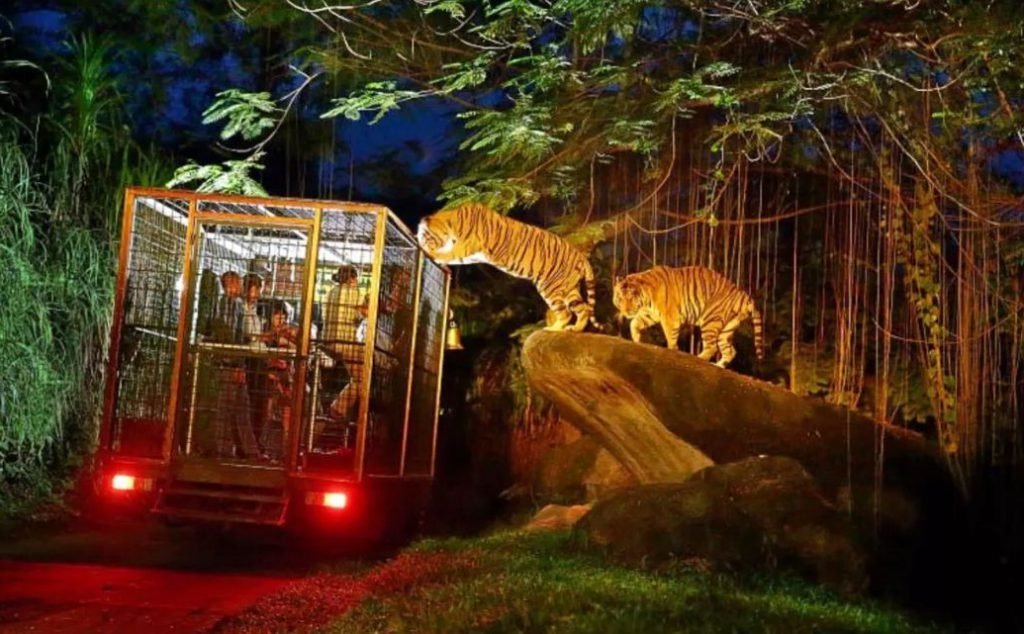

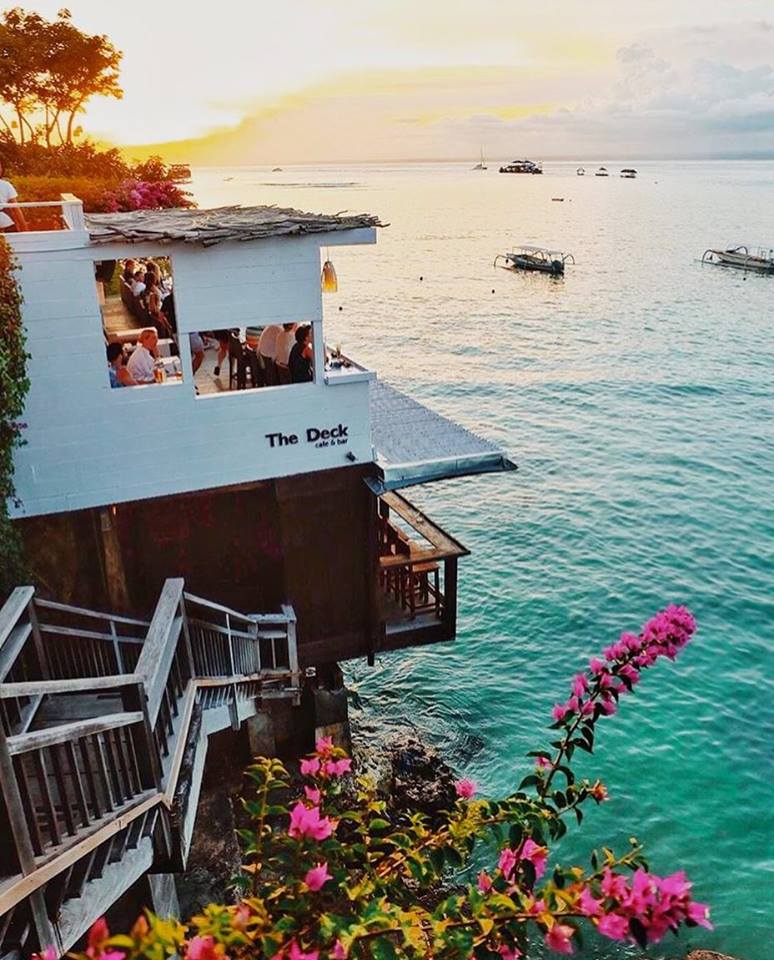
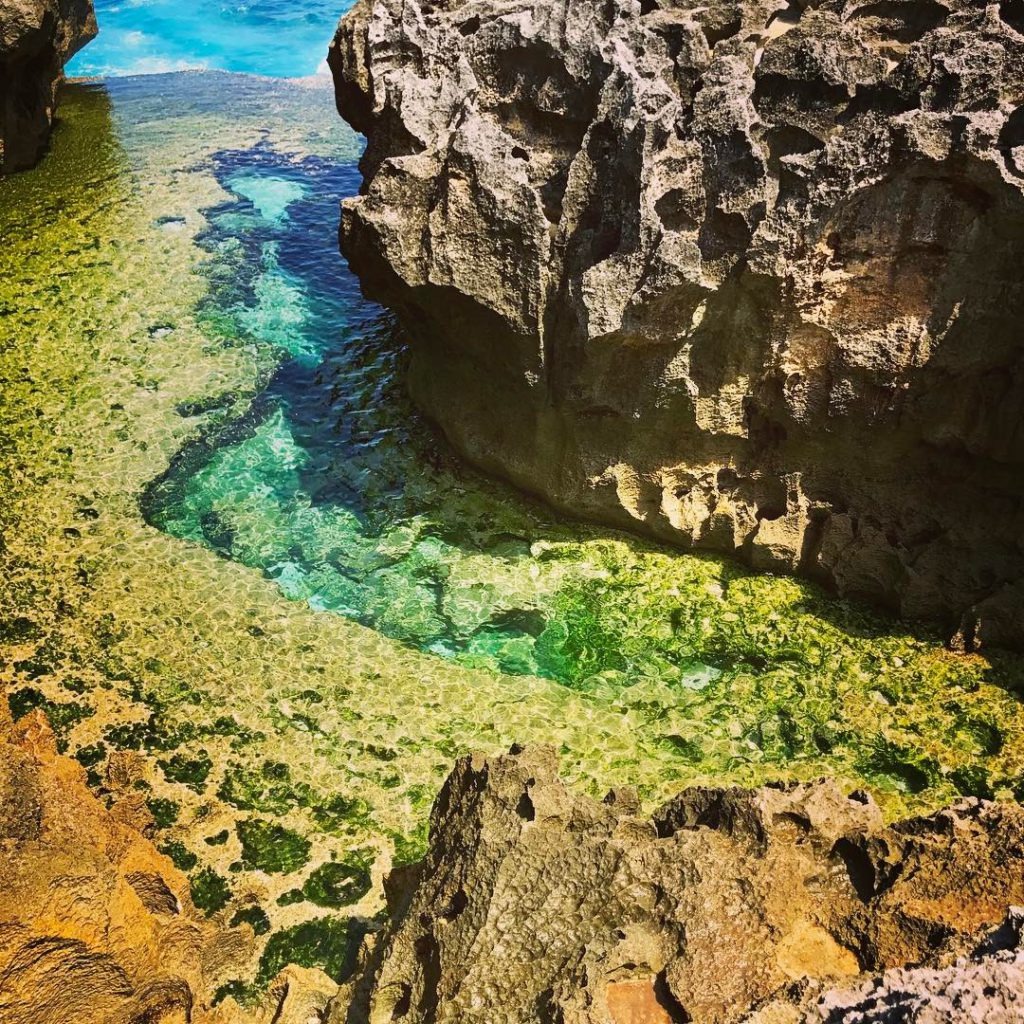


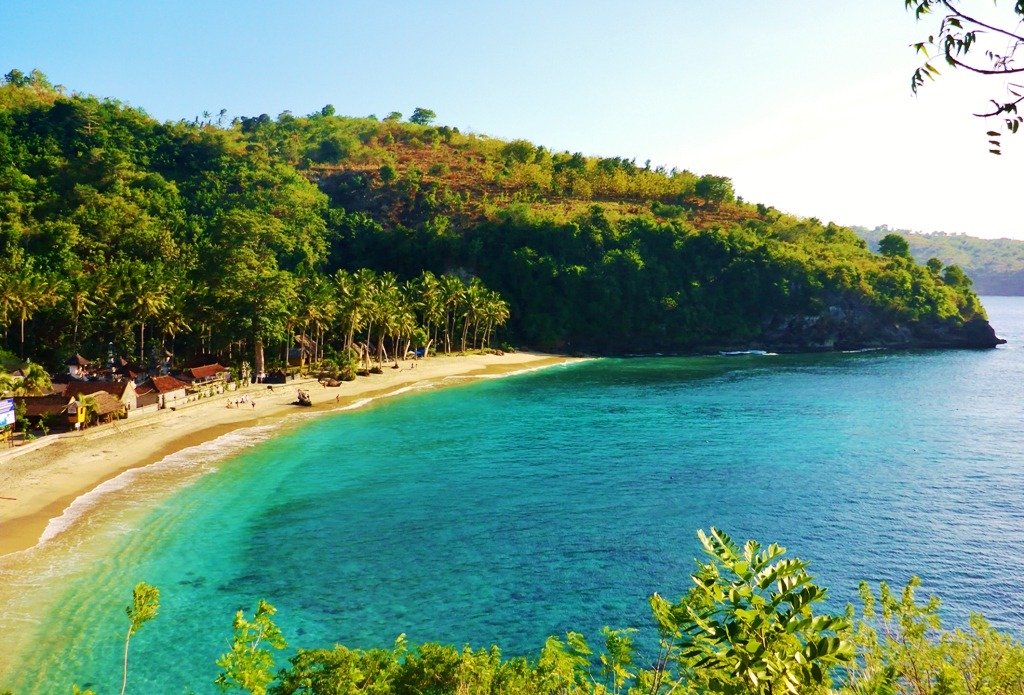


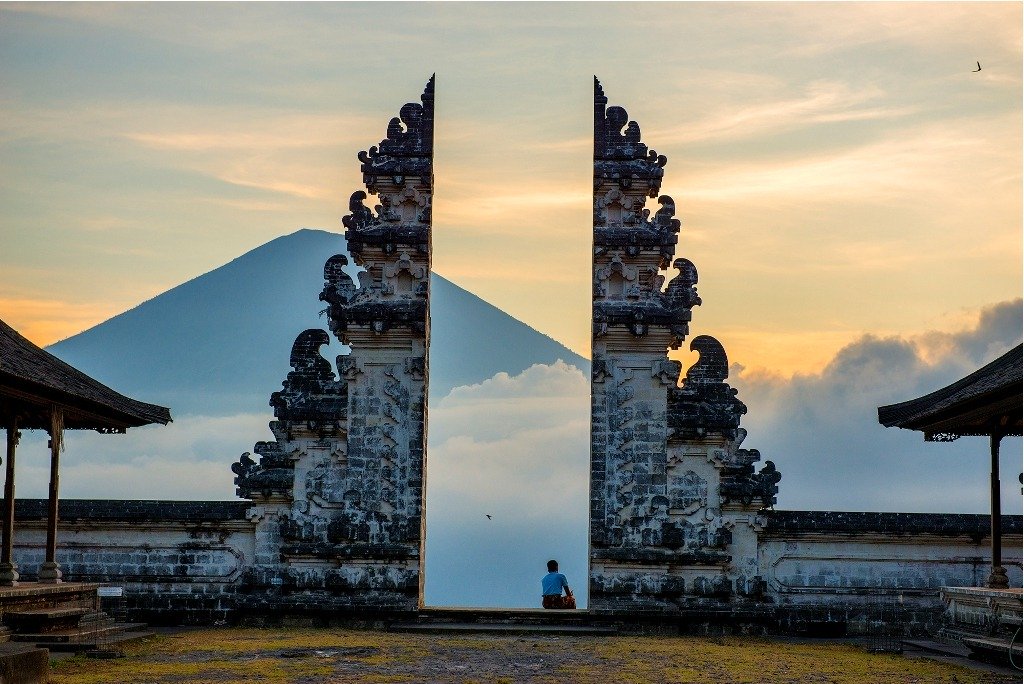
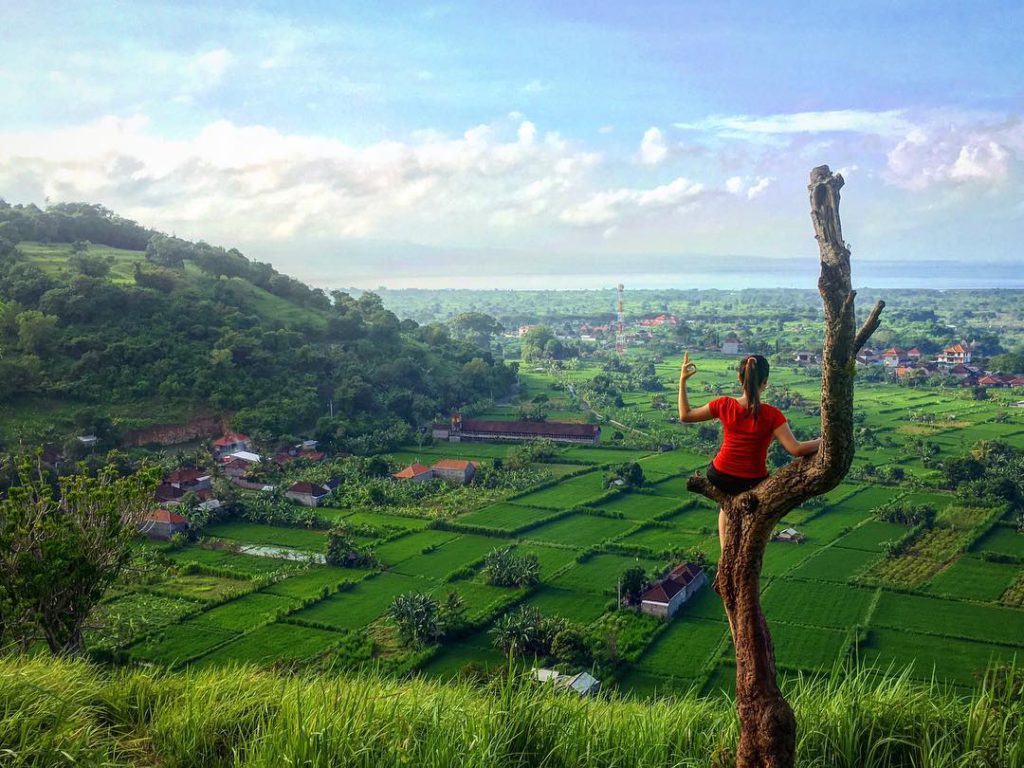
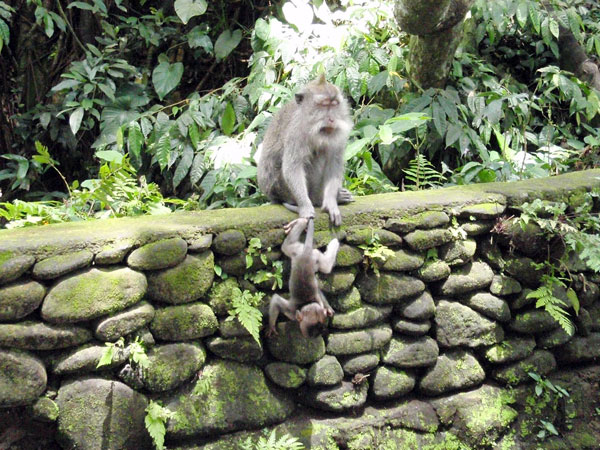
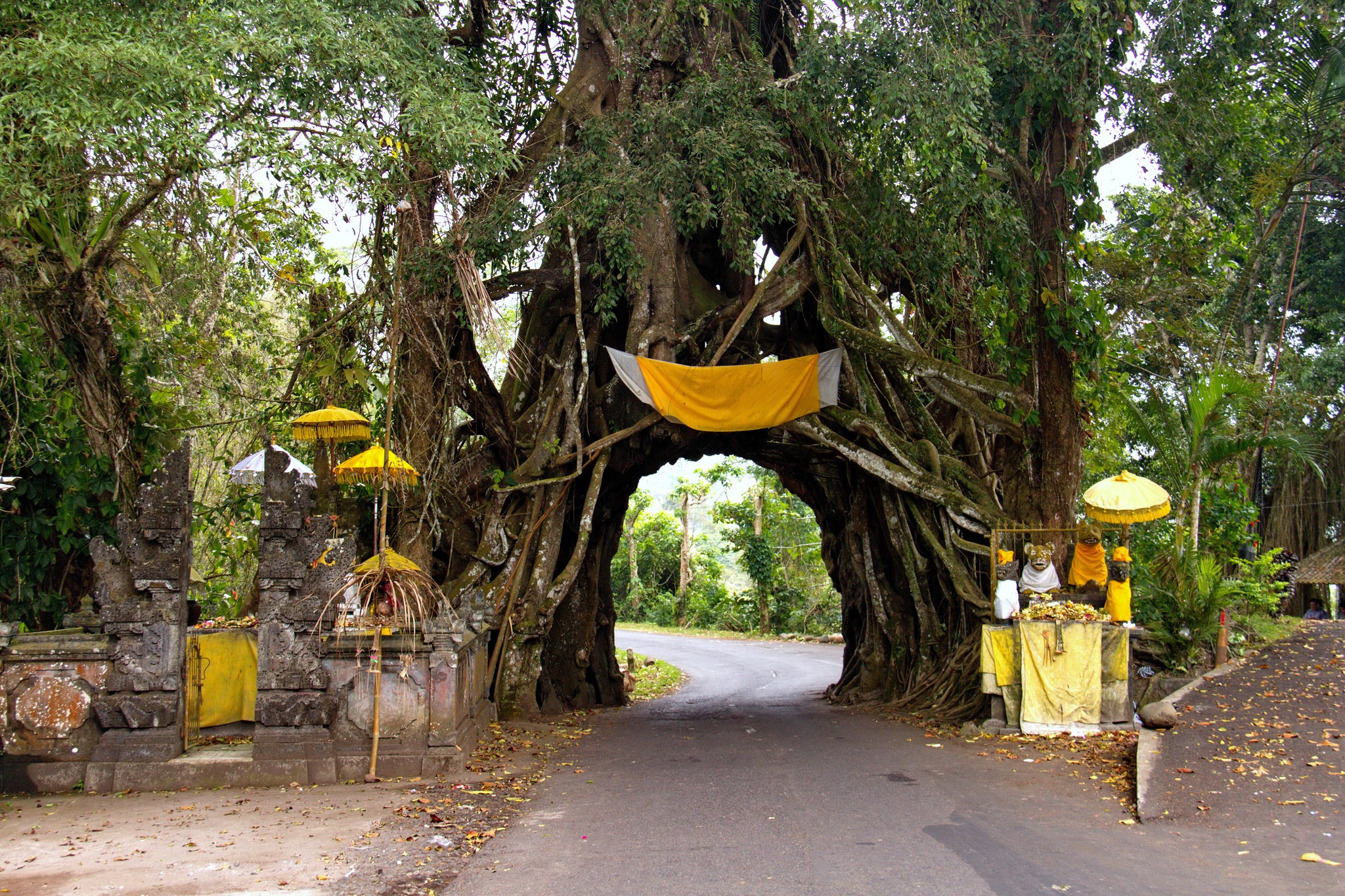
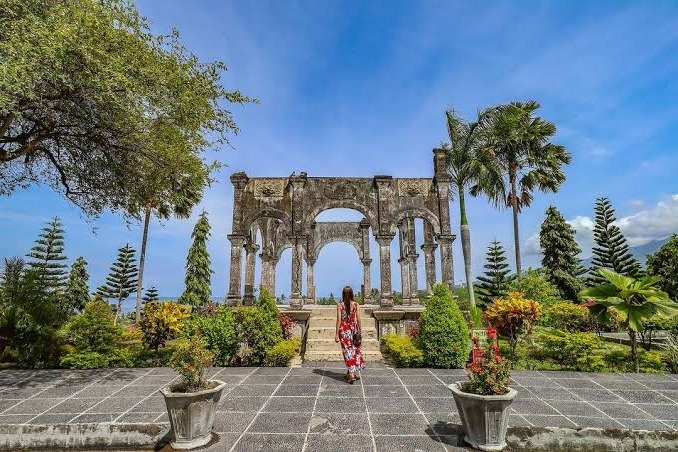



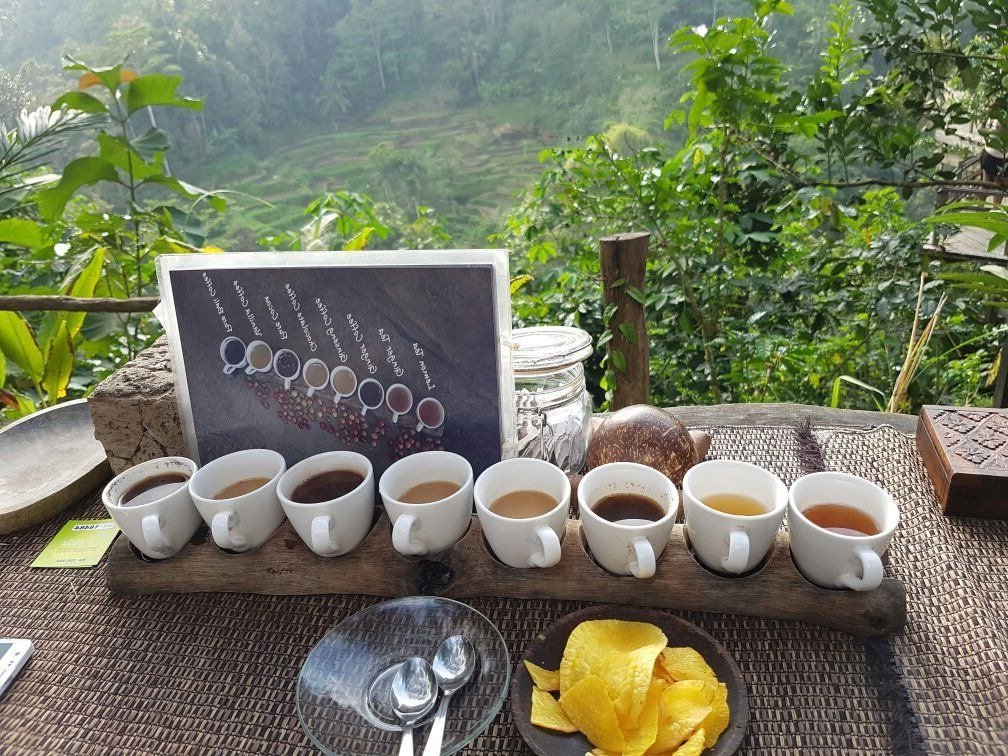
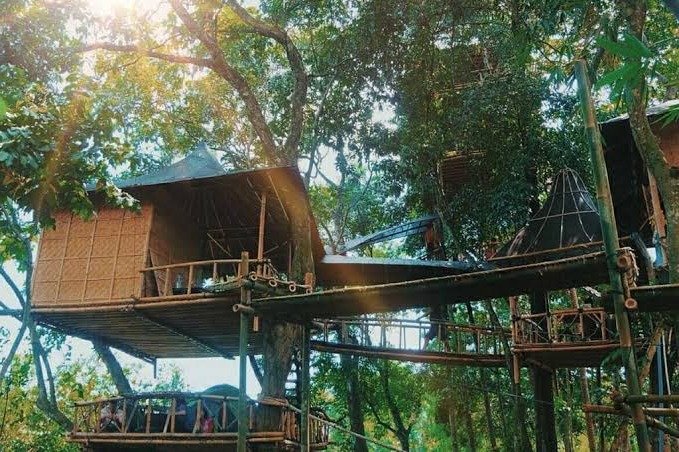

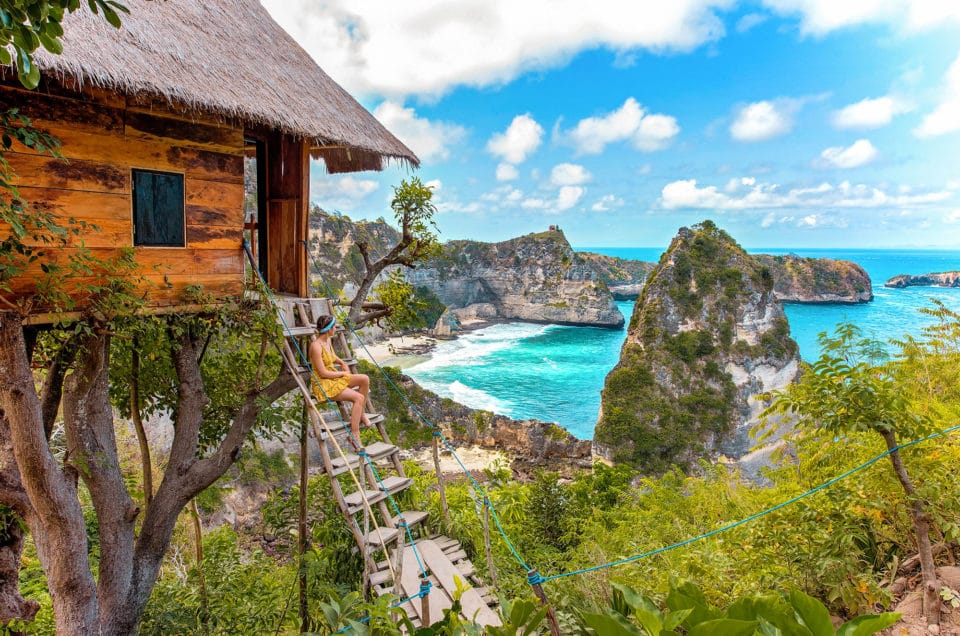



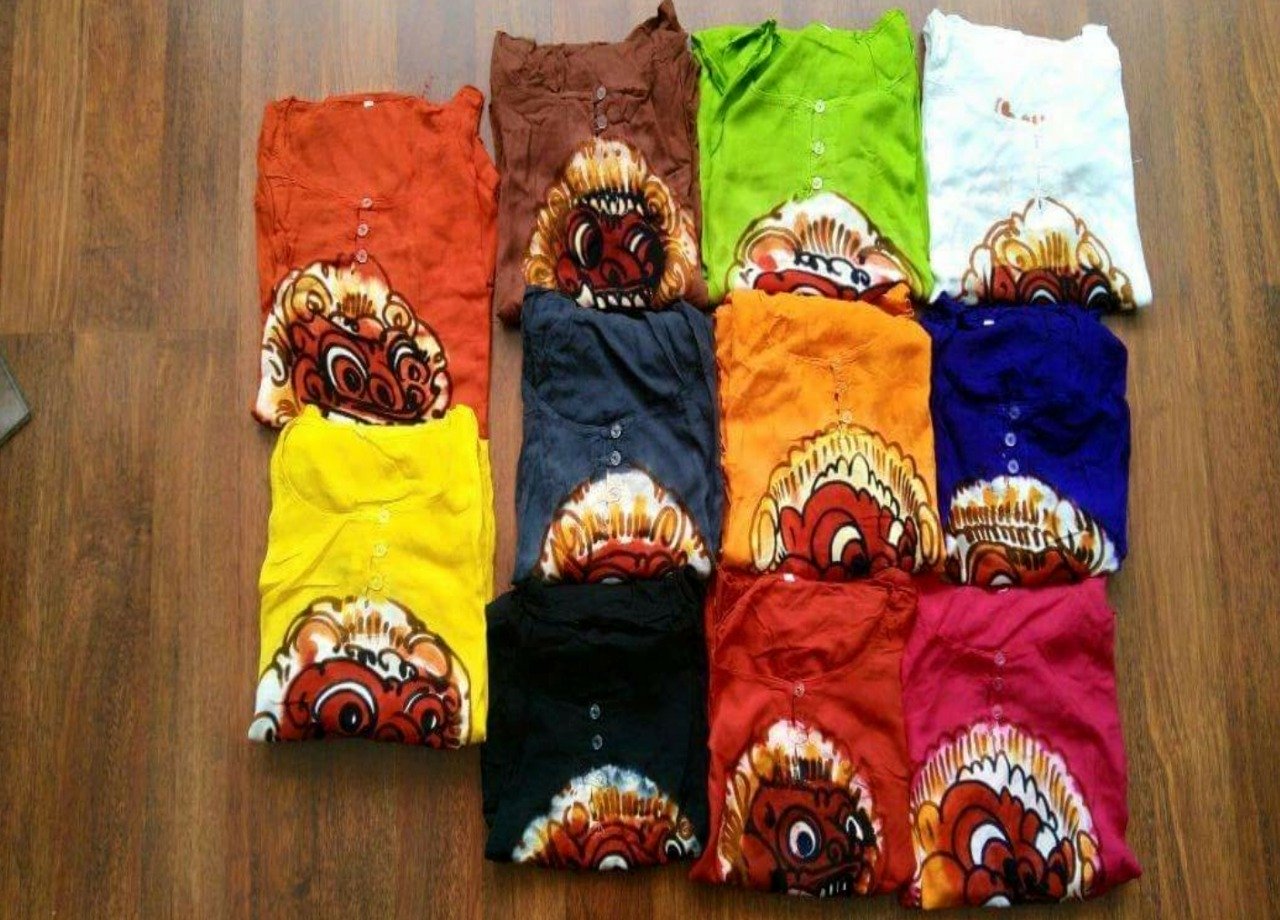
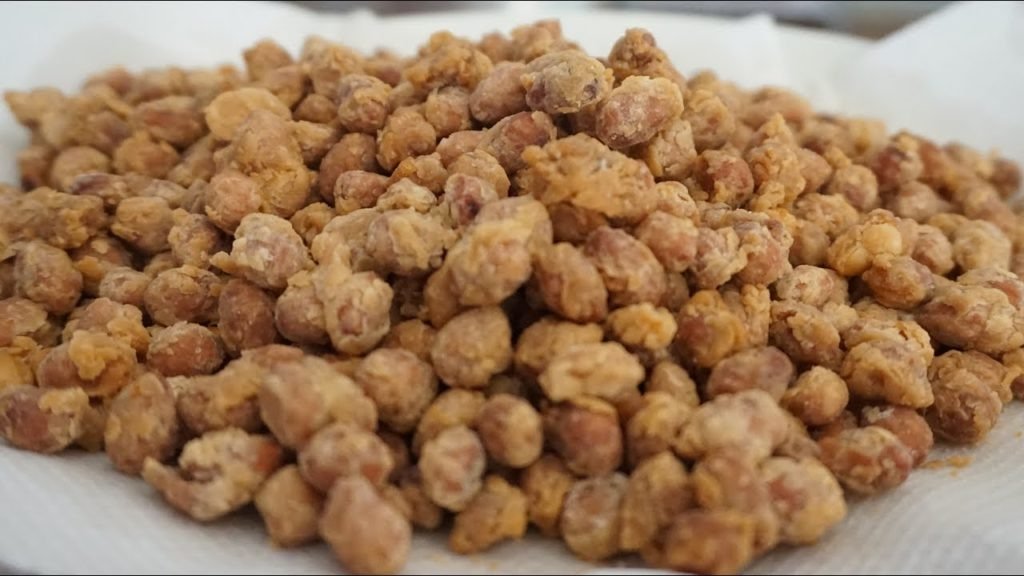


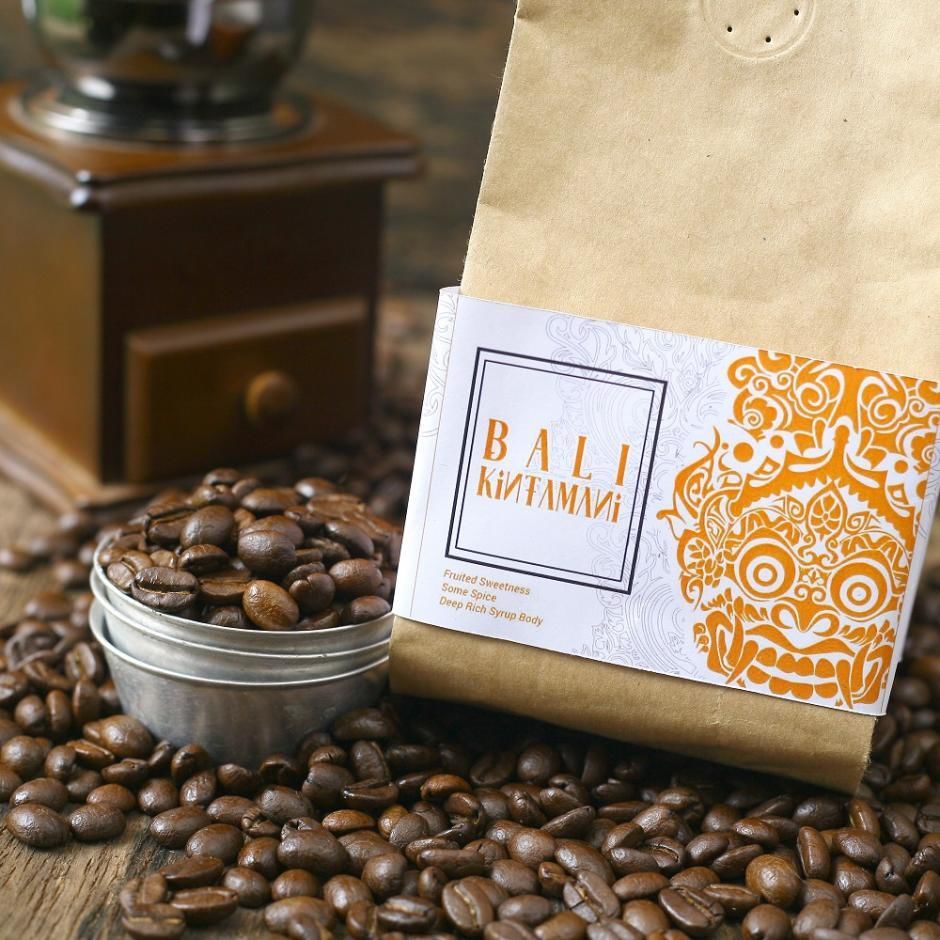




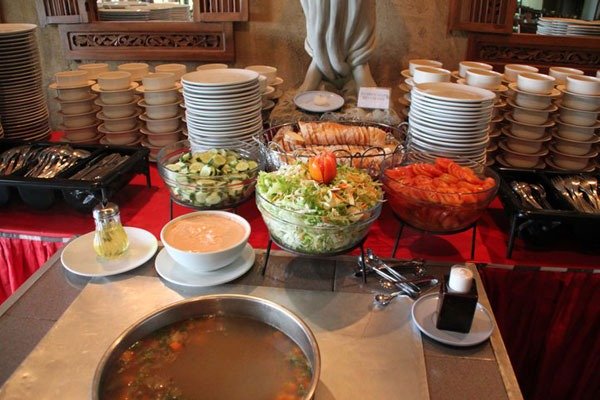

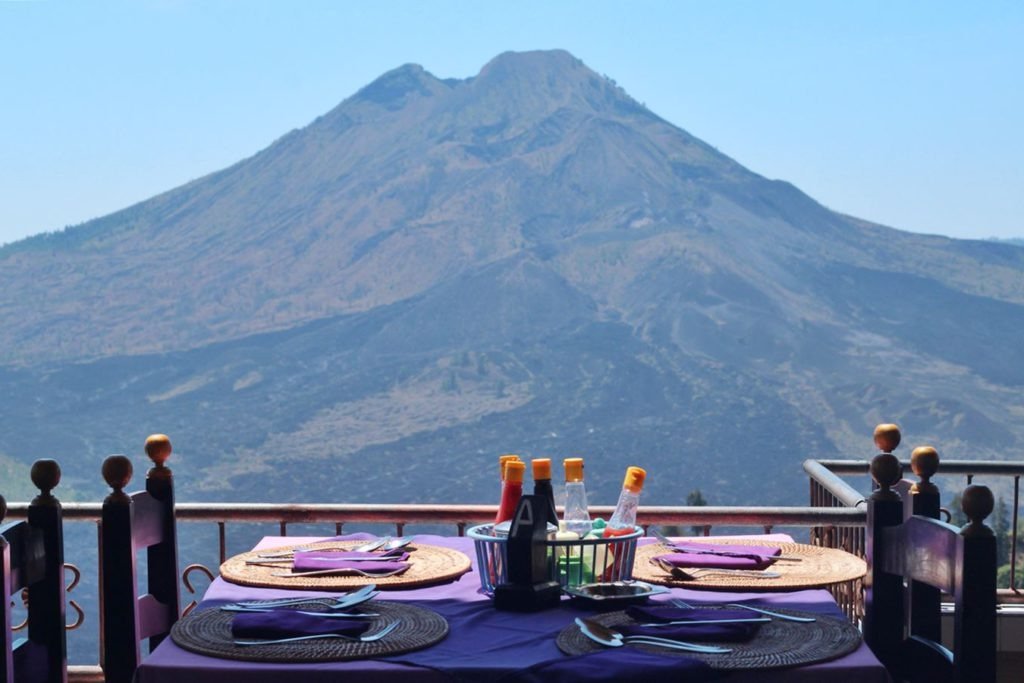


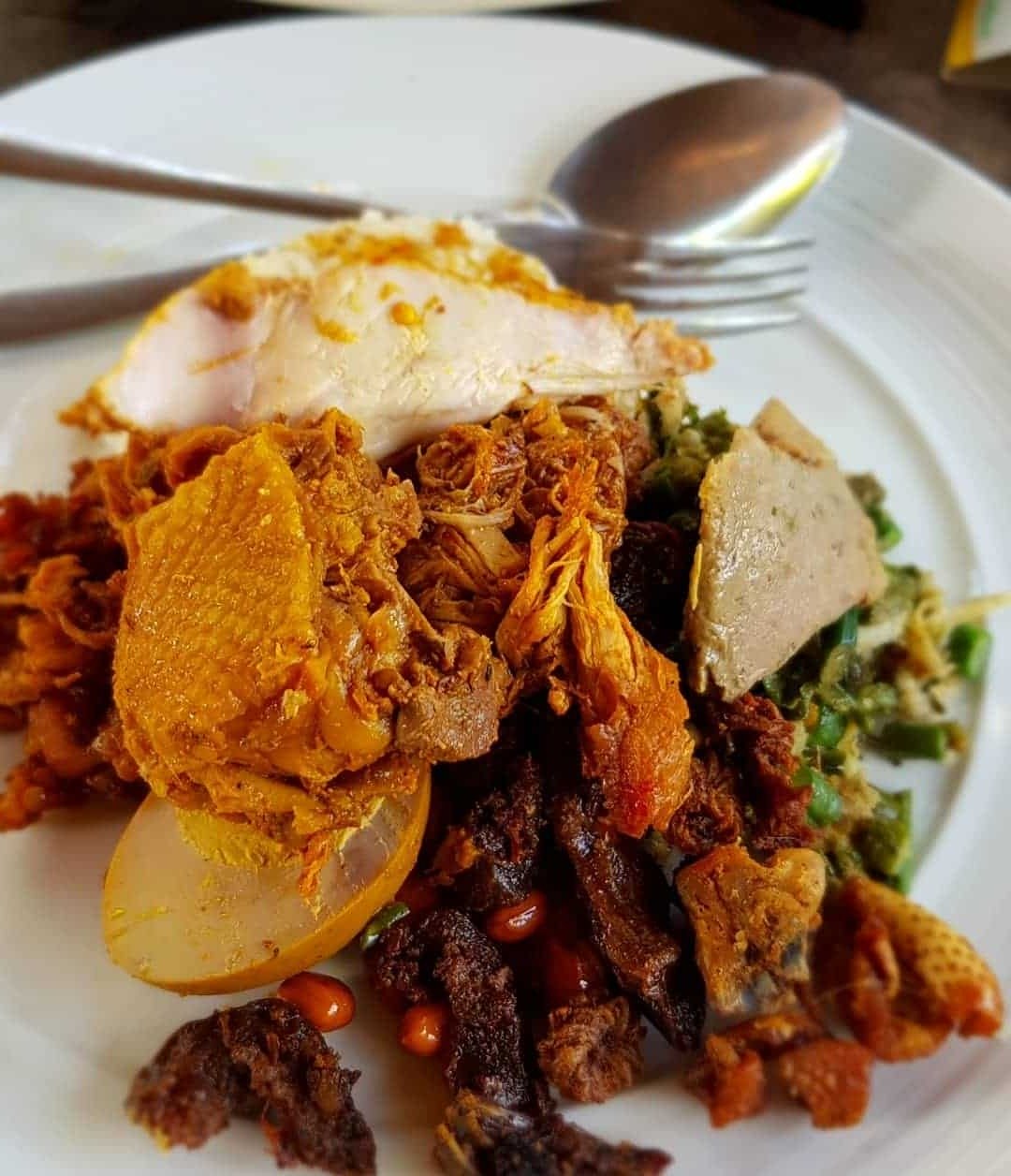


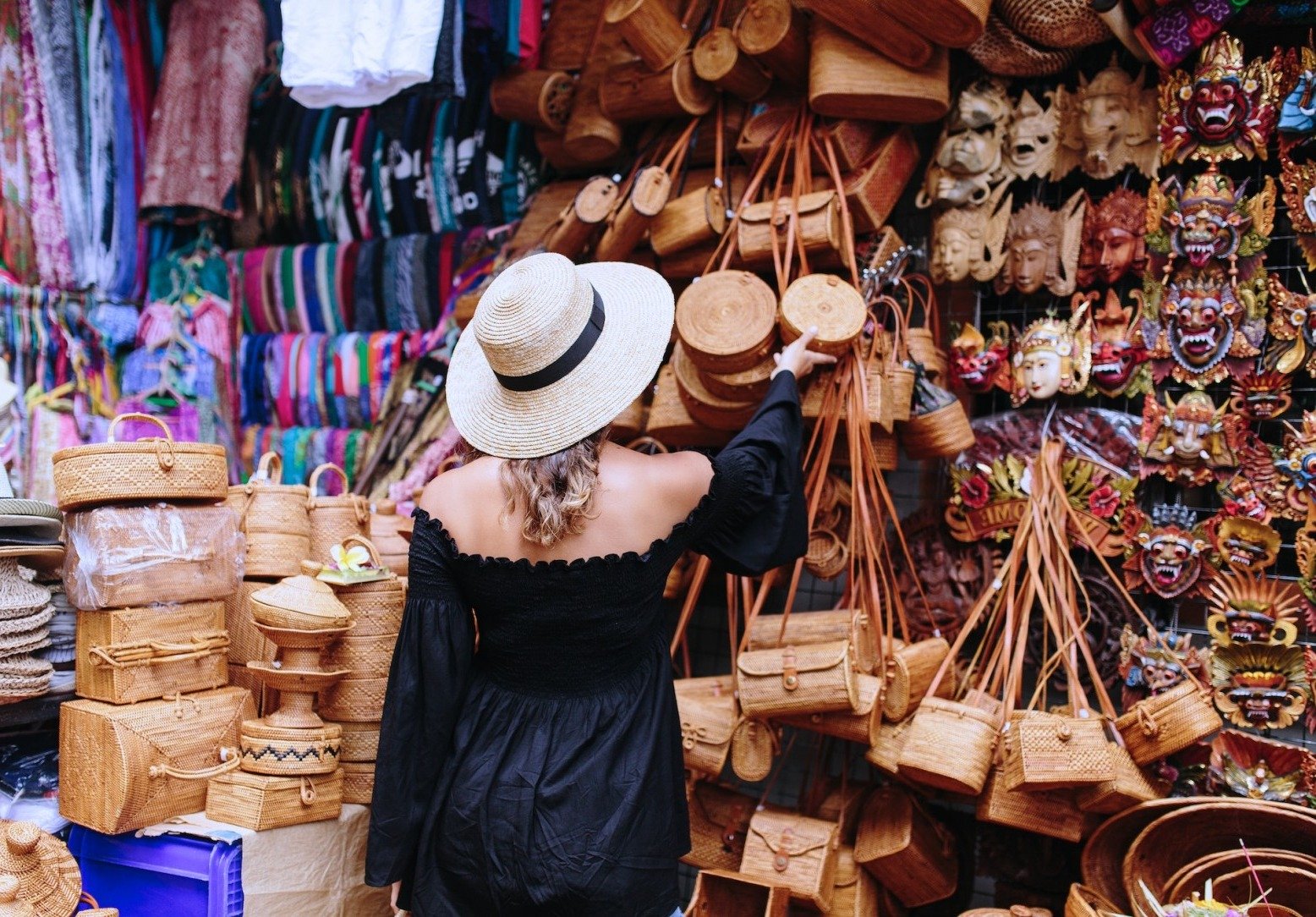

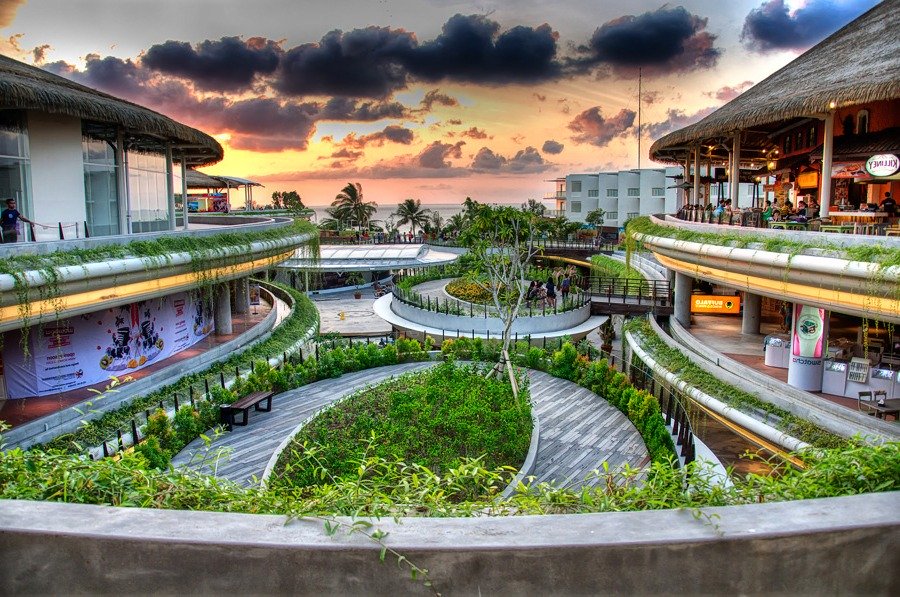





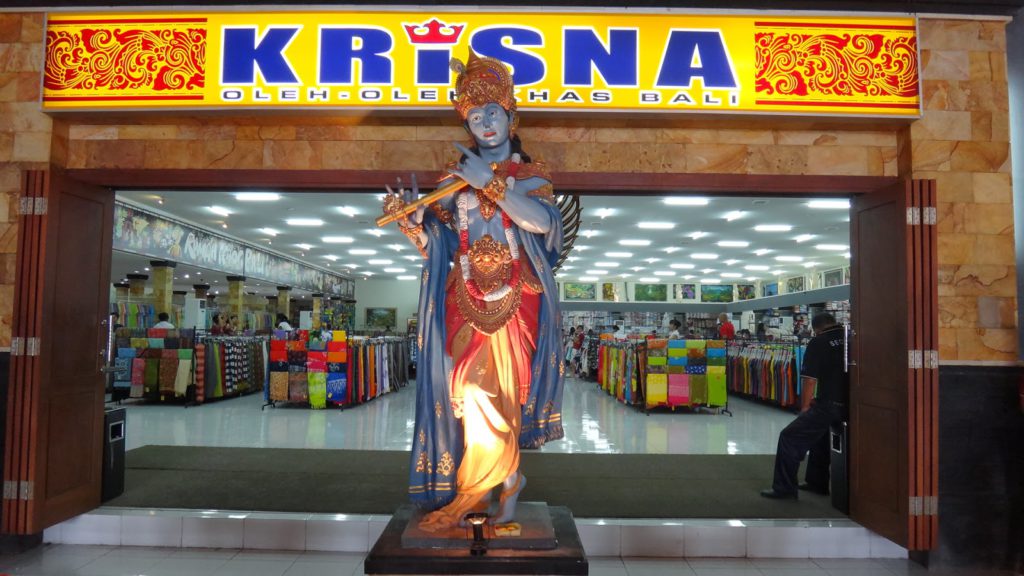
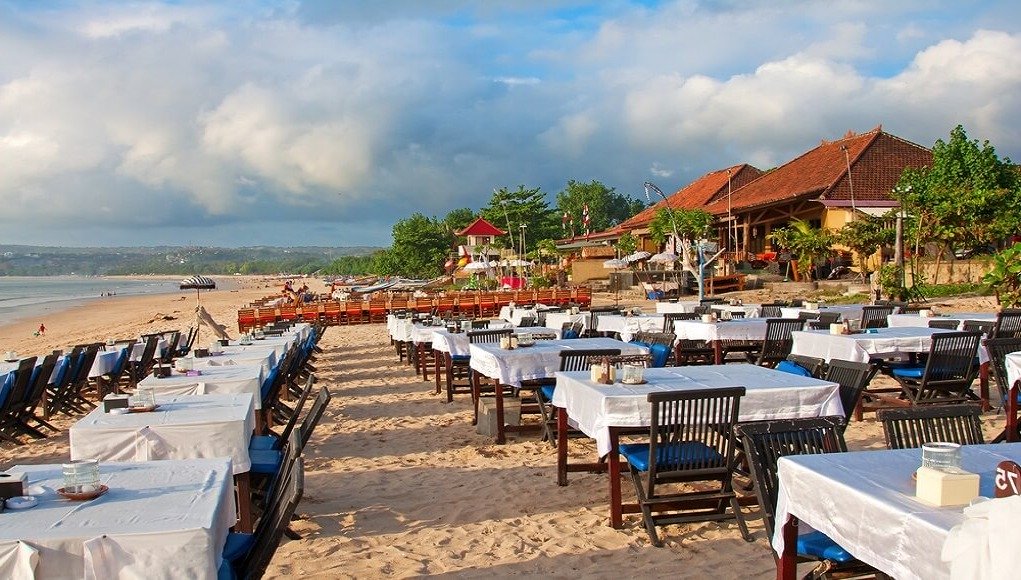


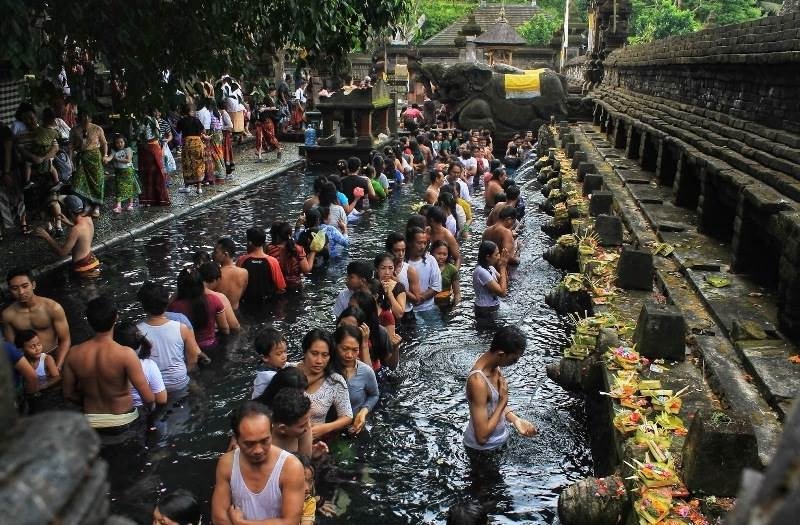

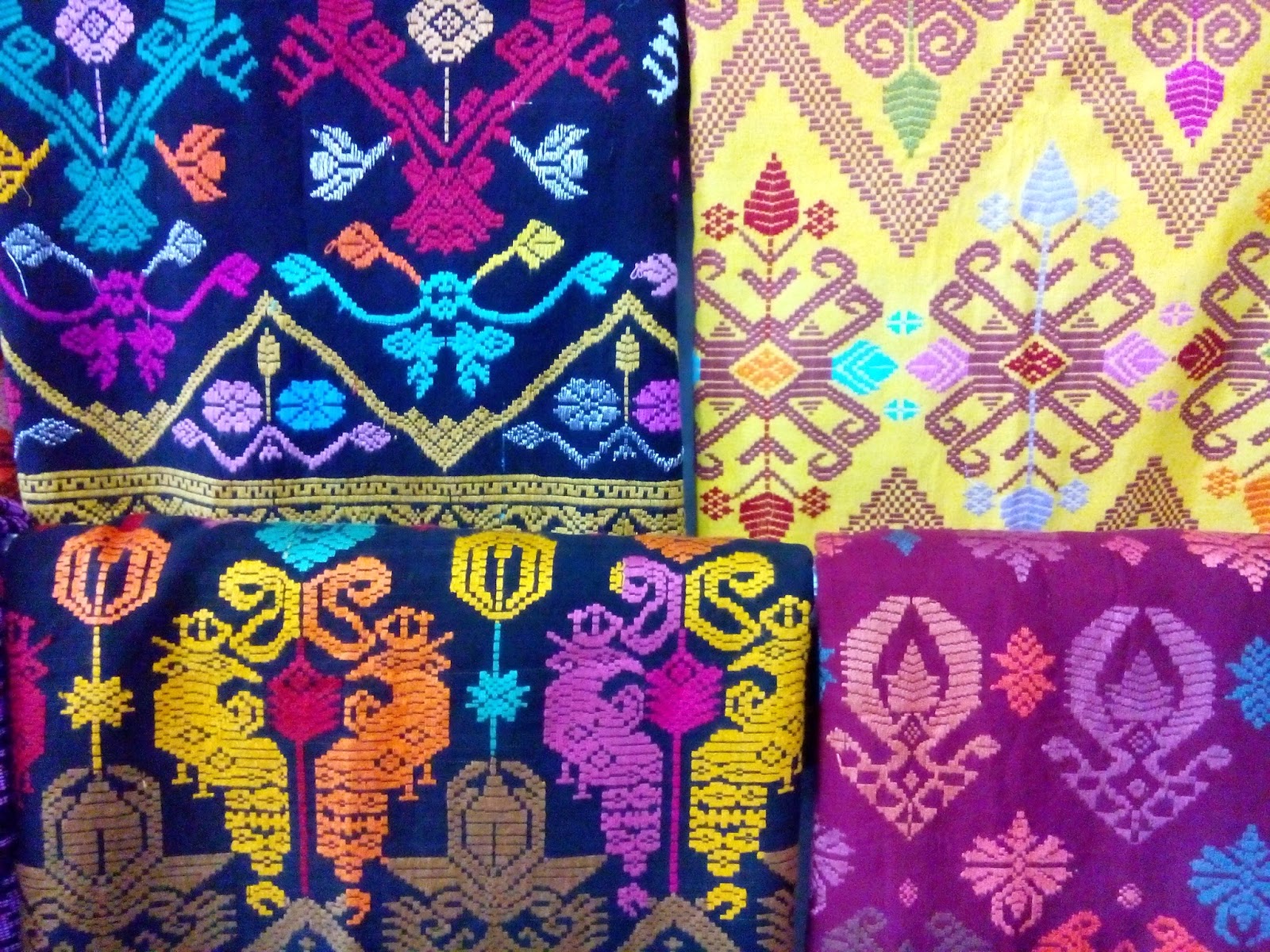

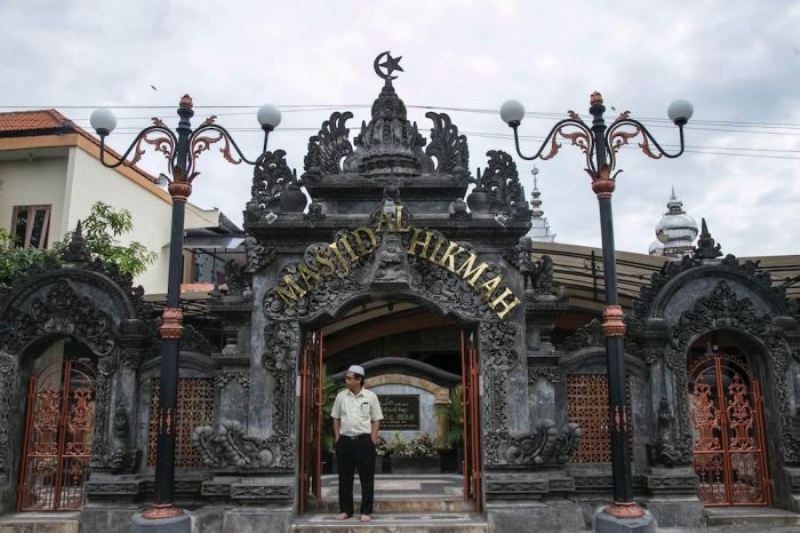


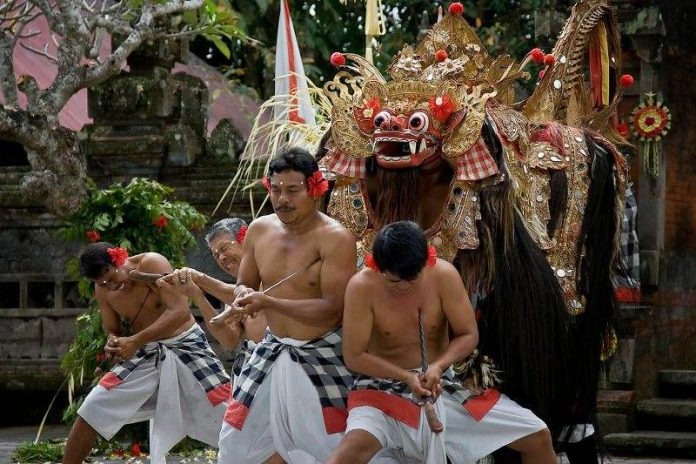


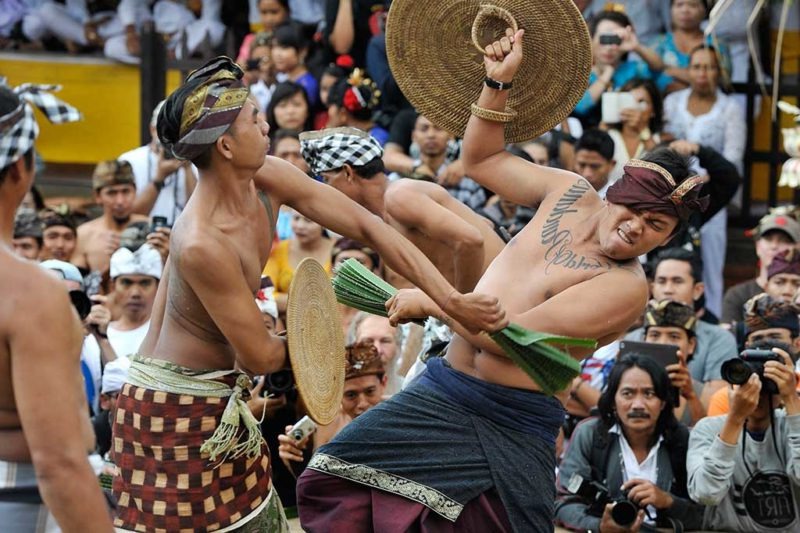


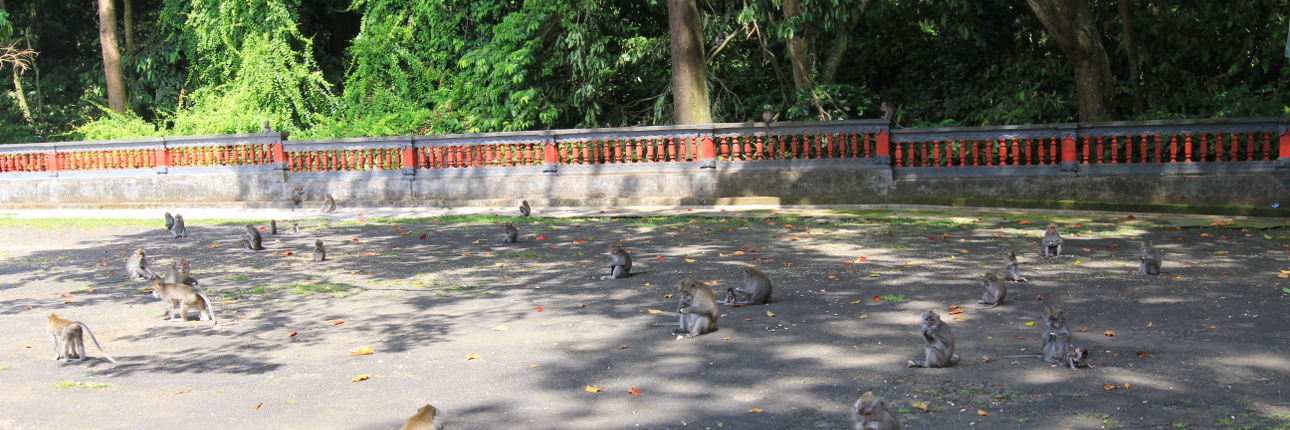


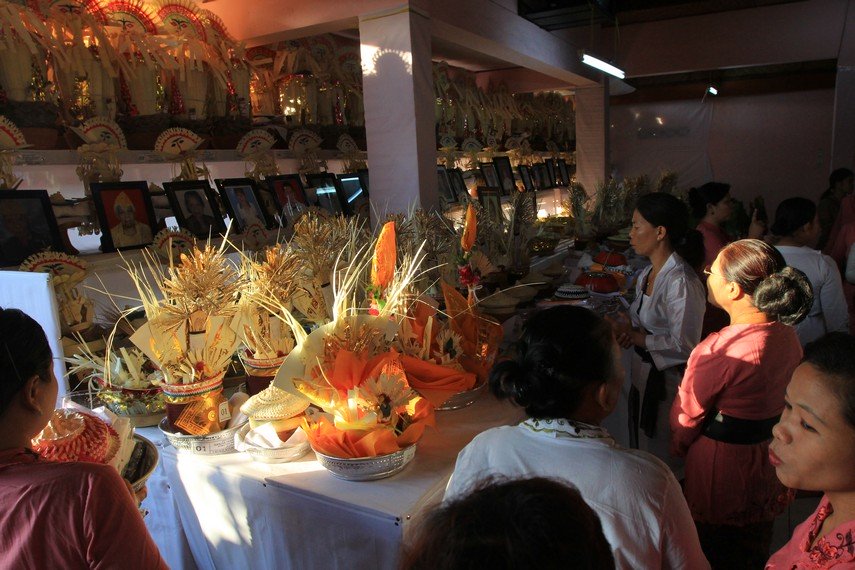




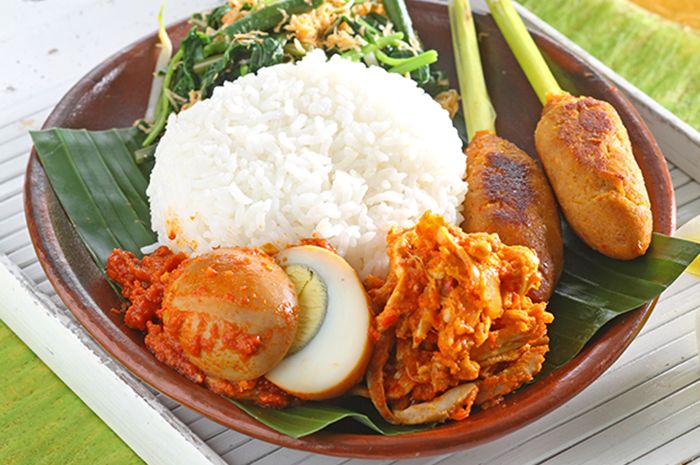
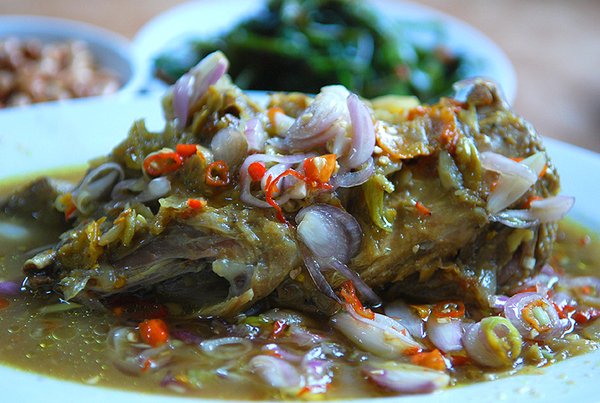



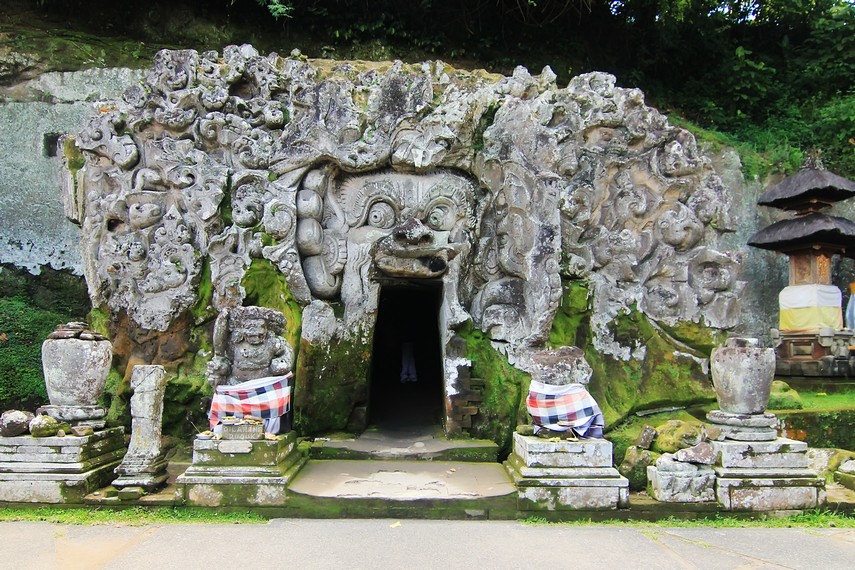



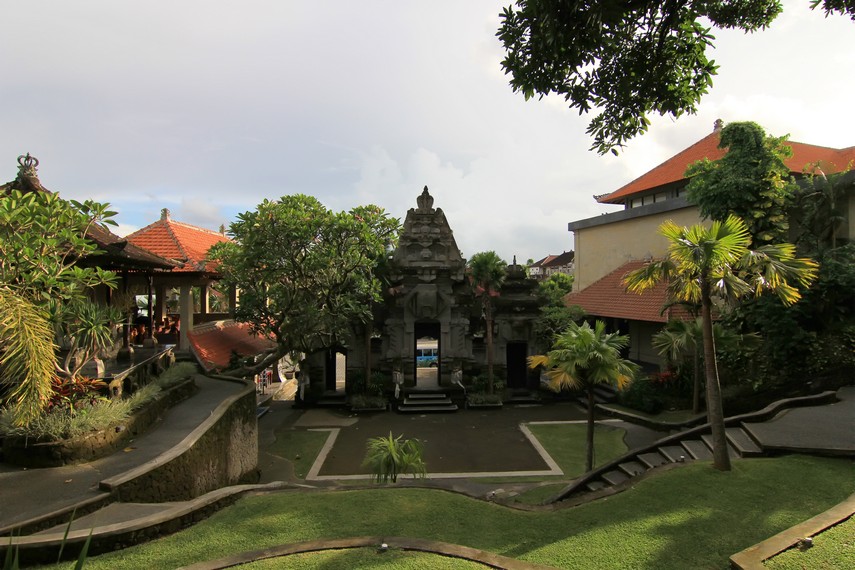





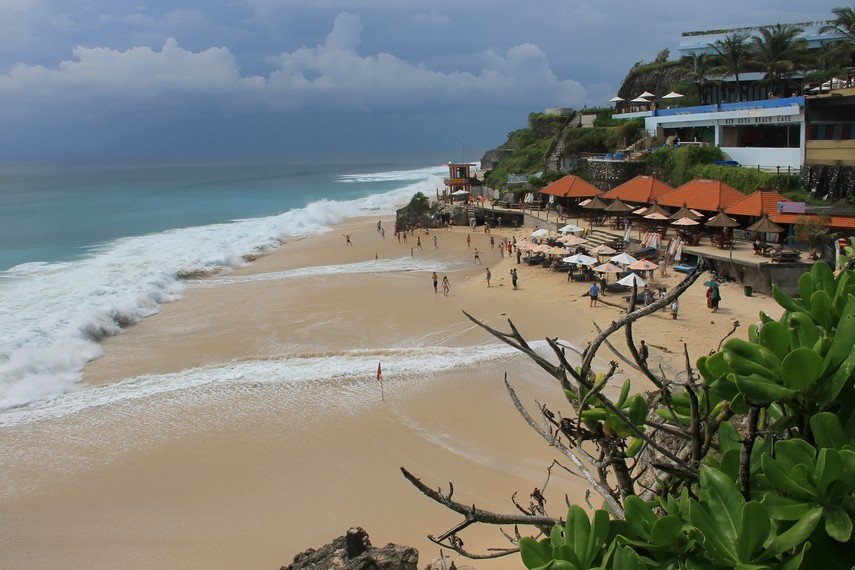

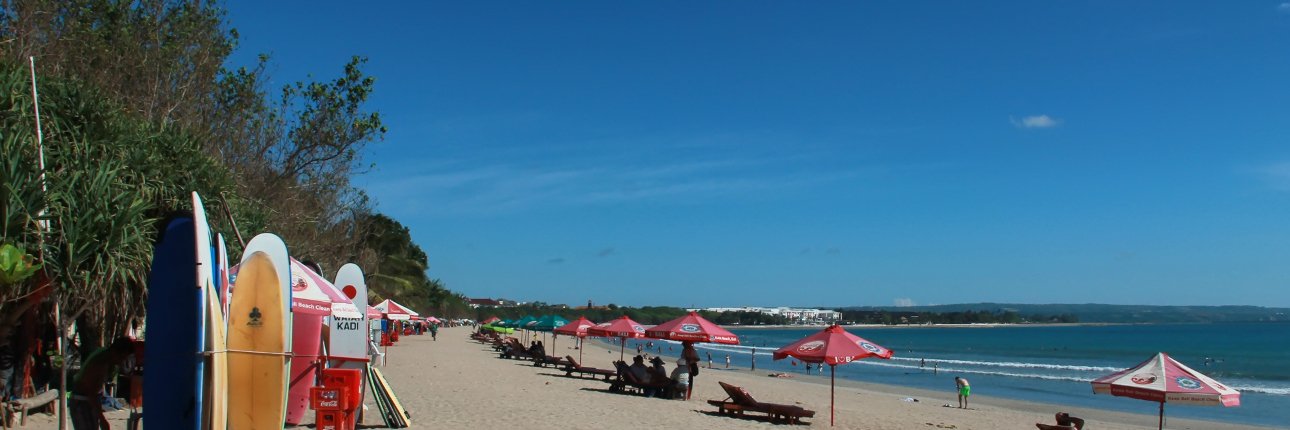
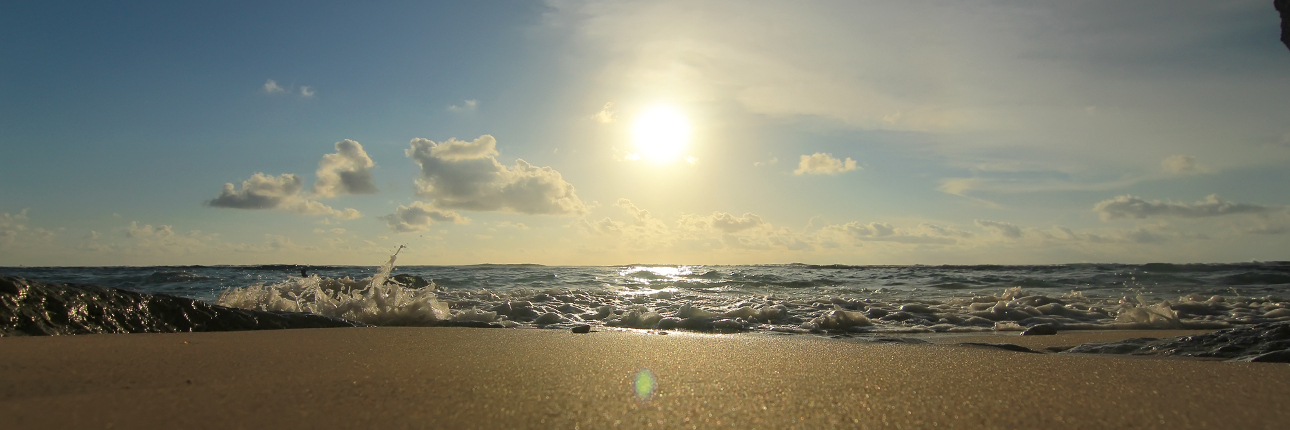
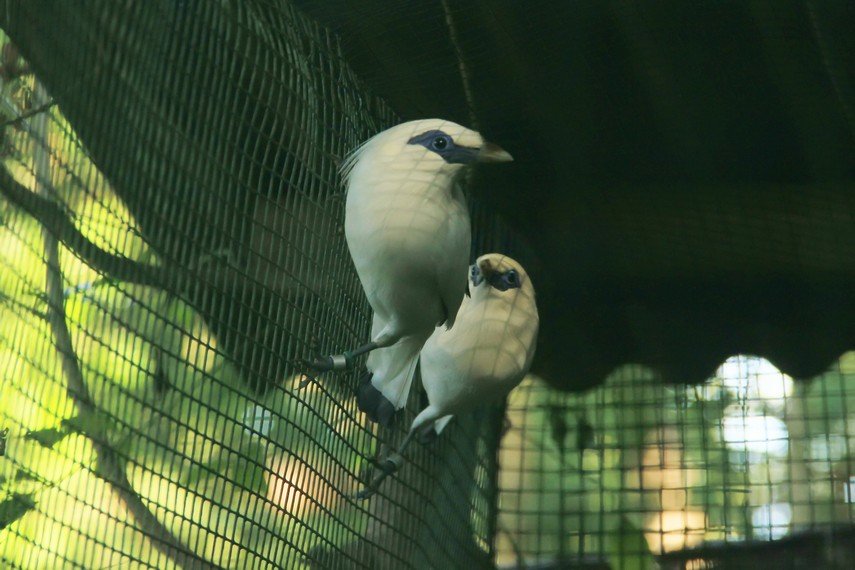





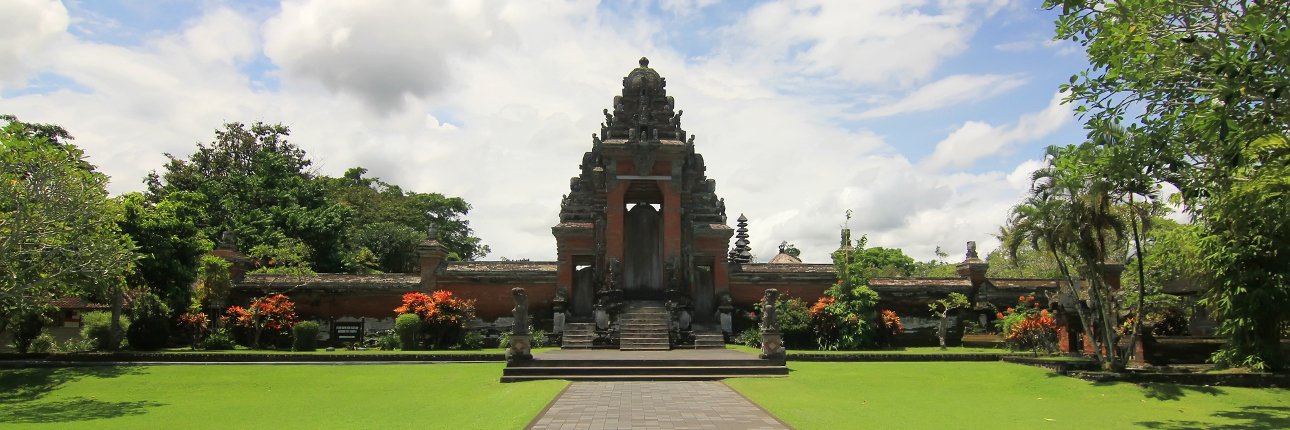
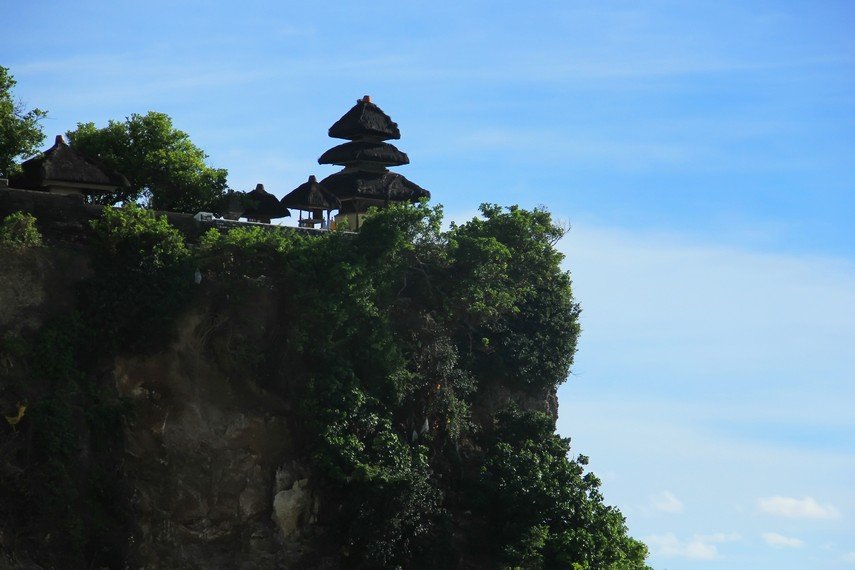






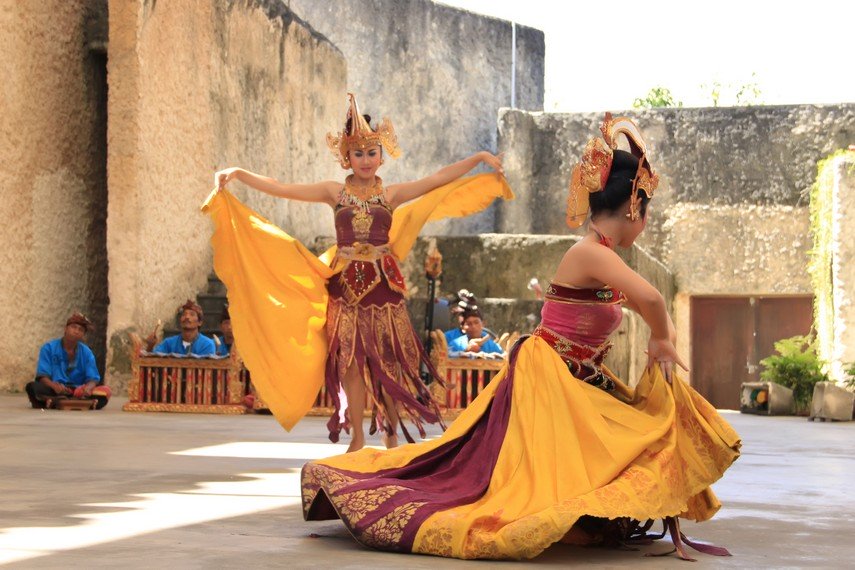



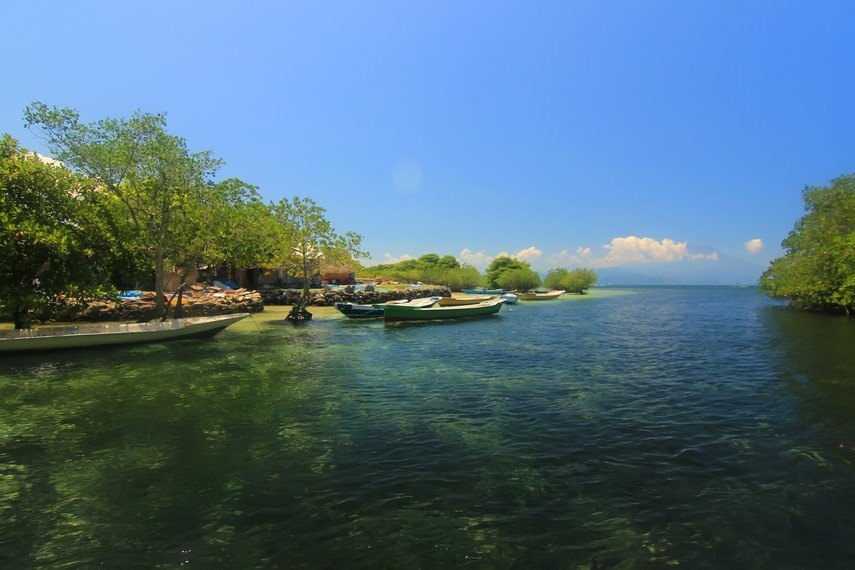
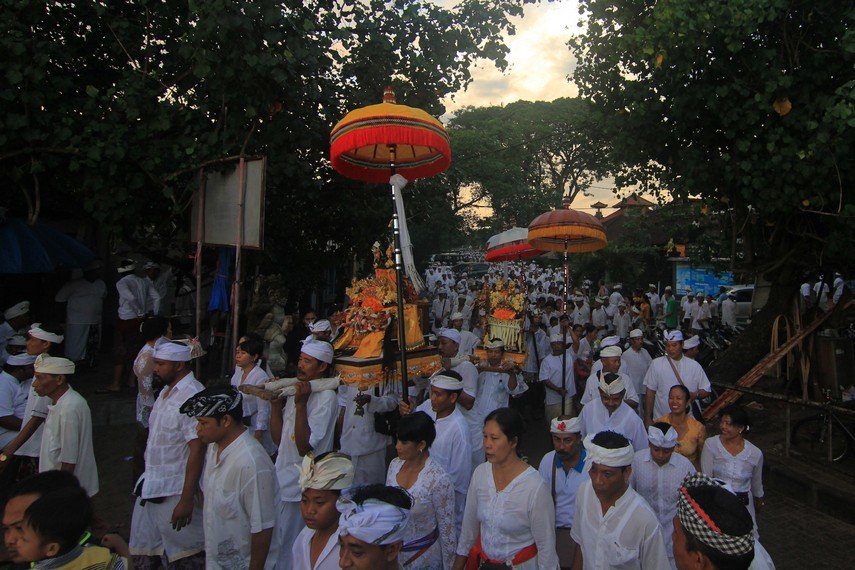
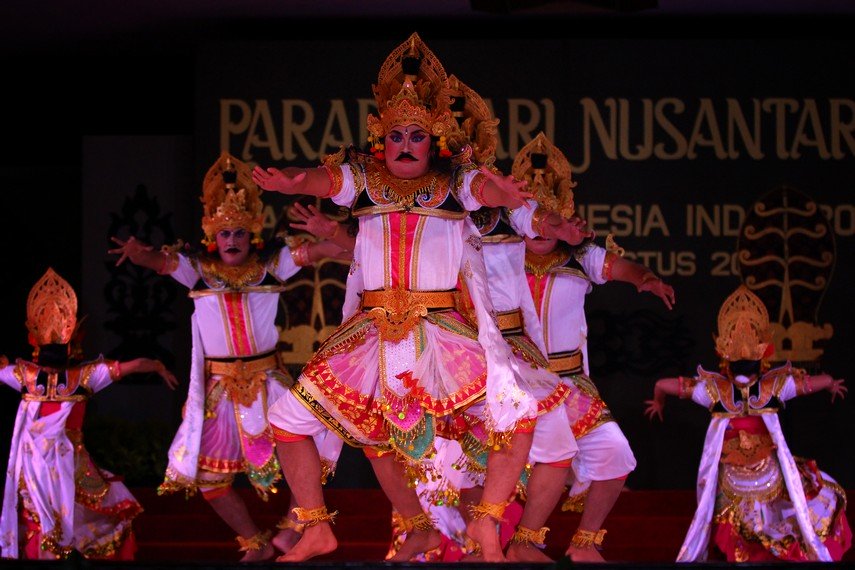



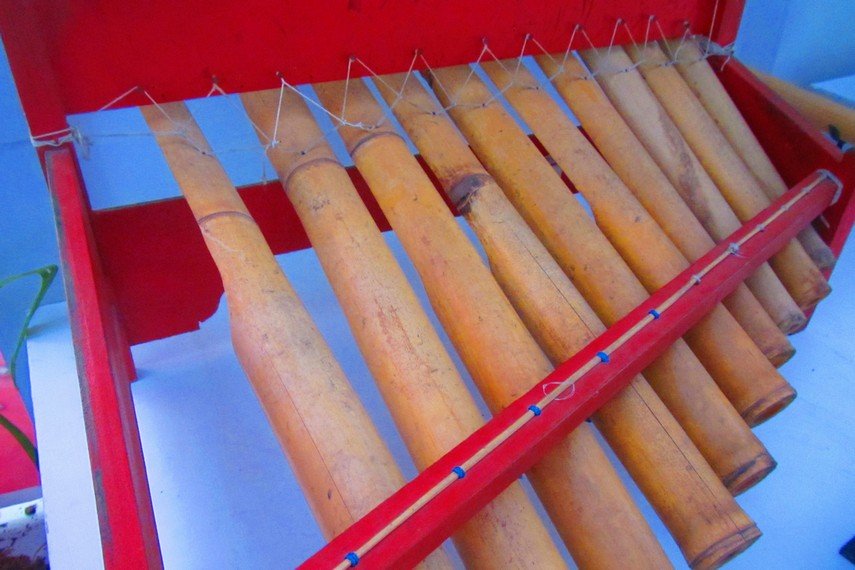

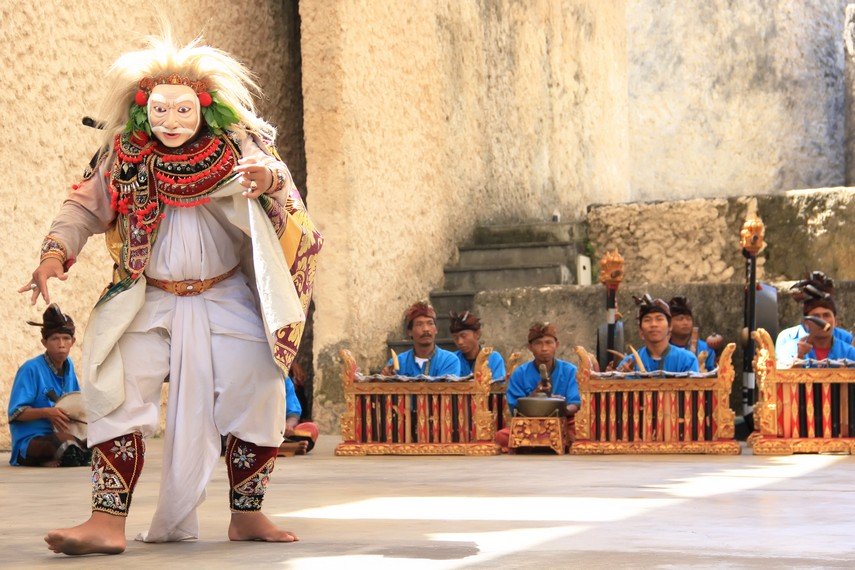
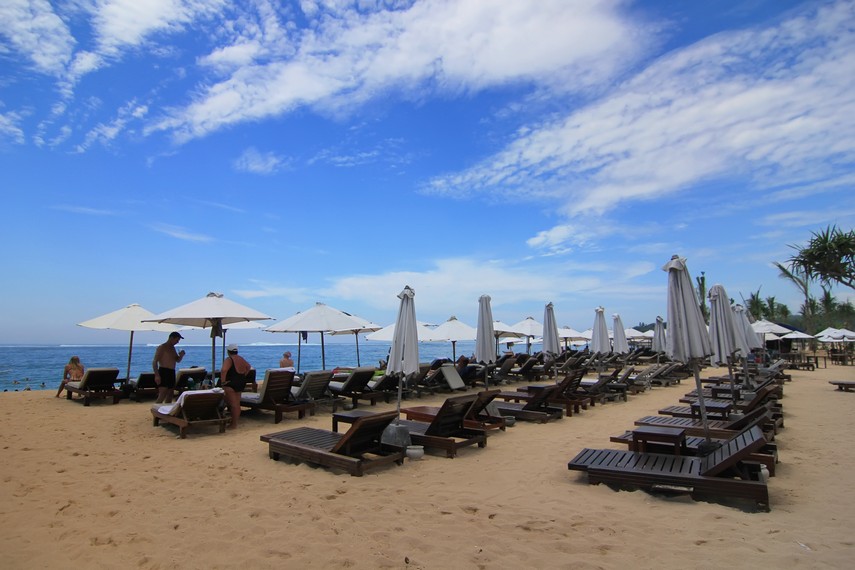
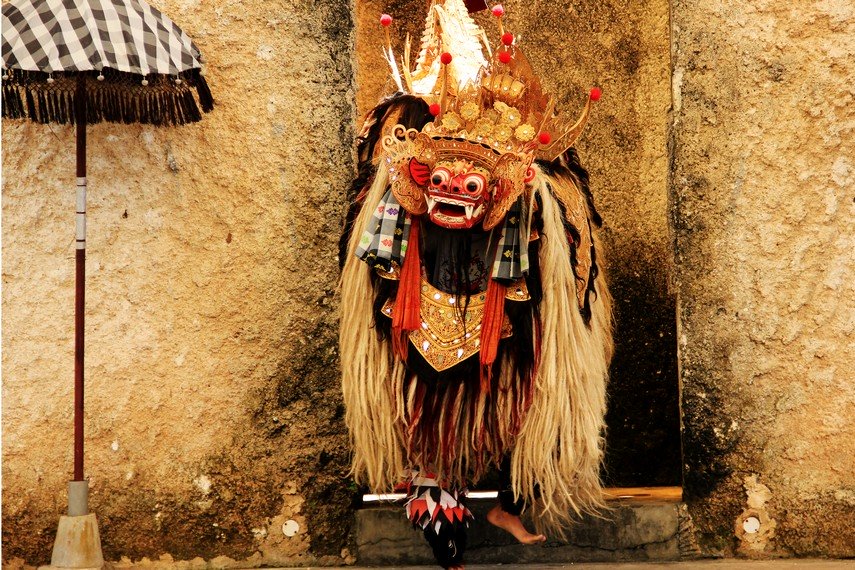



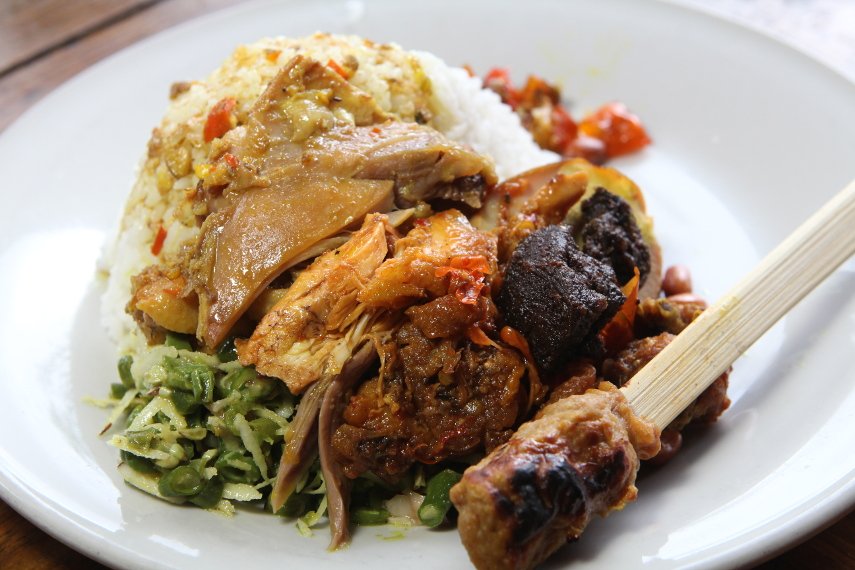
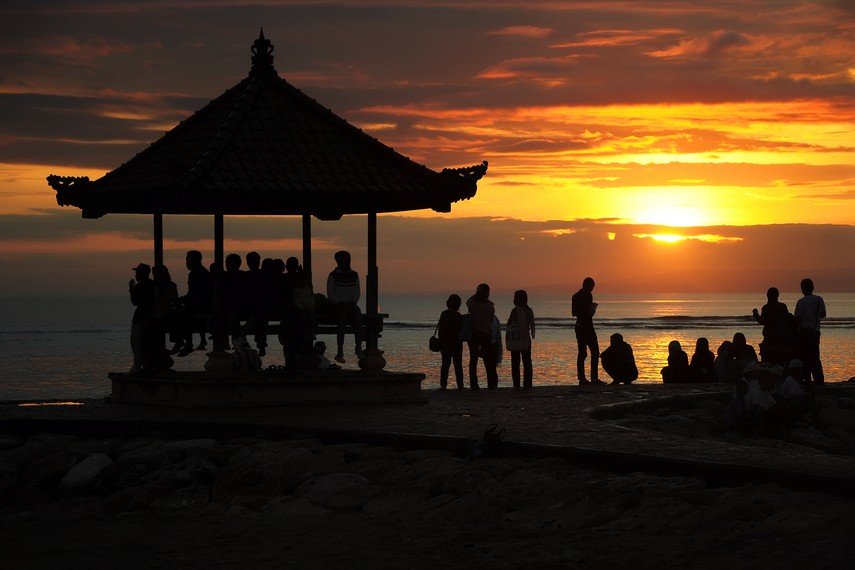
0